Last Updated on: 7th October 2020, 08:58 am
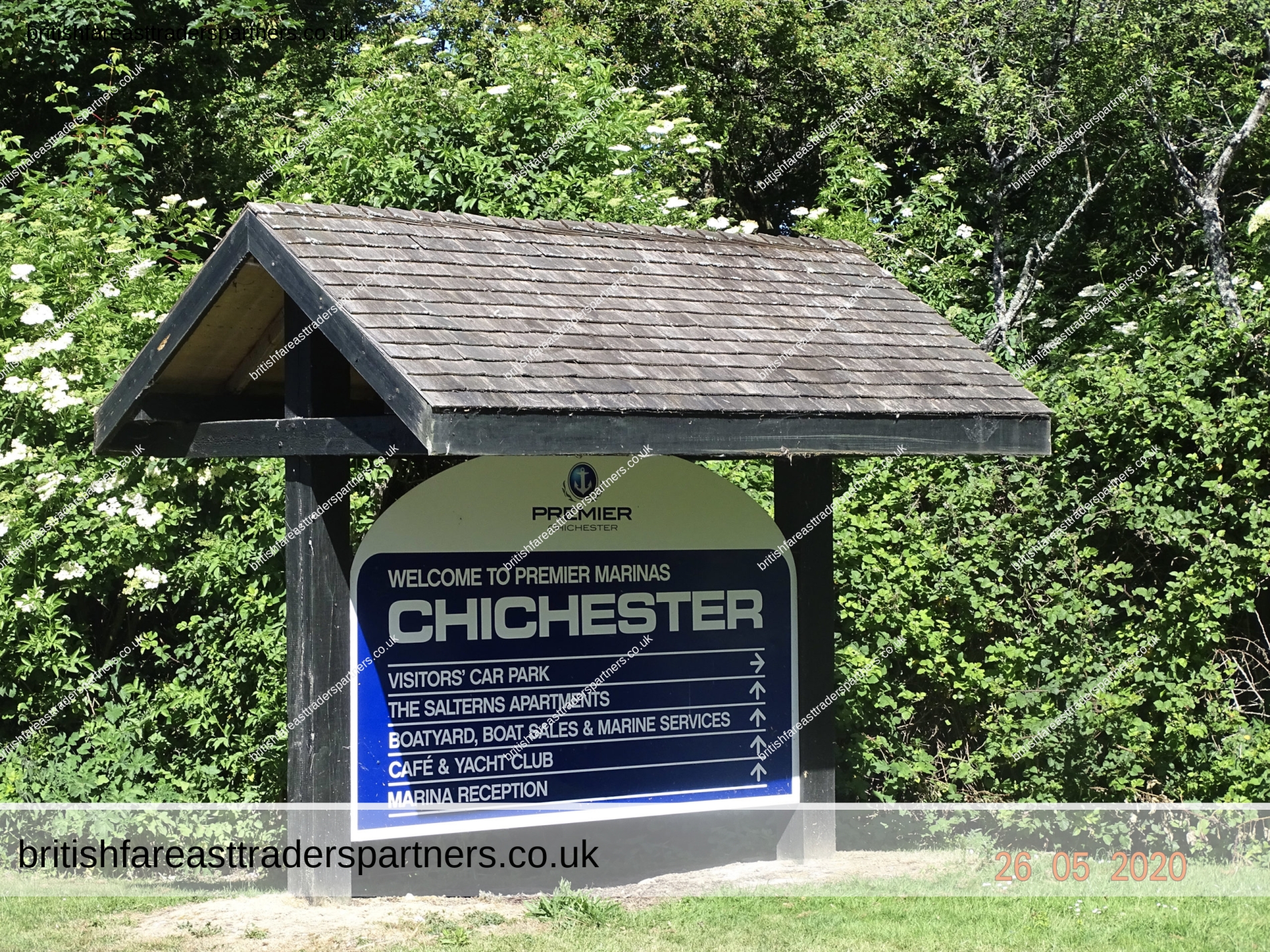
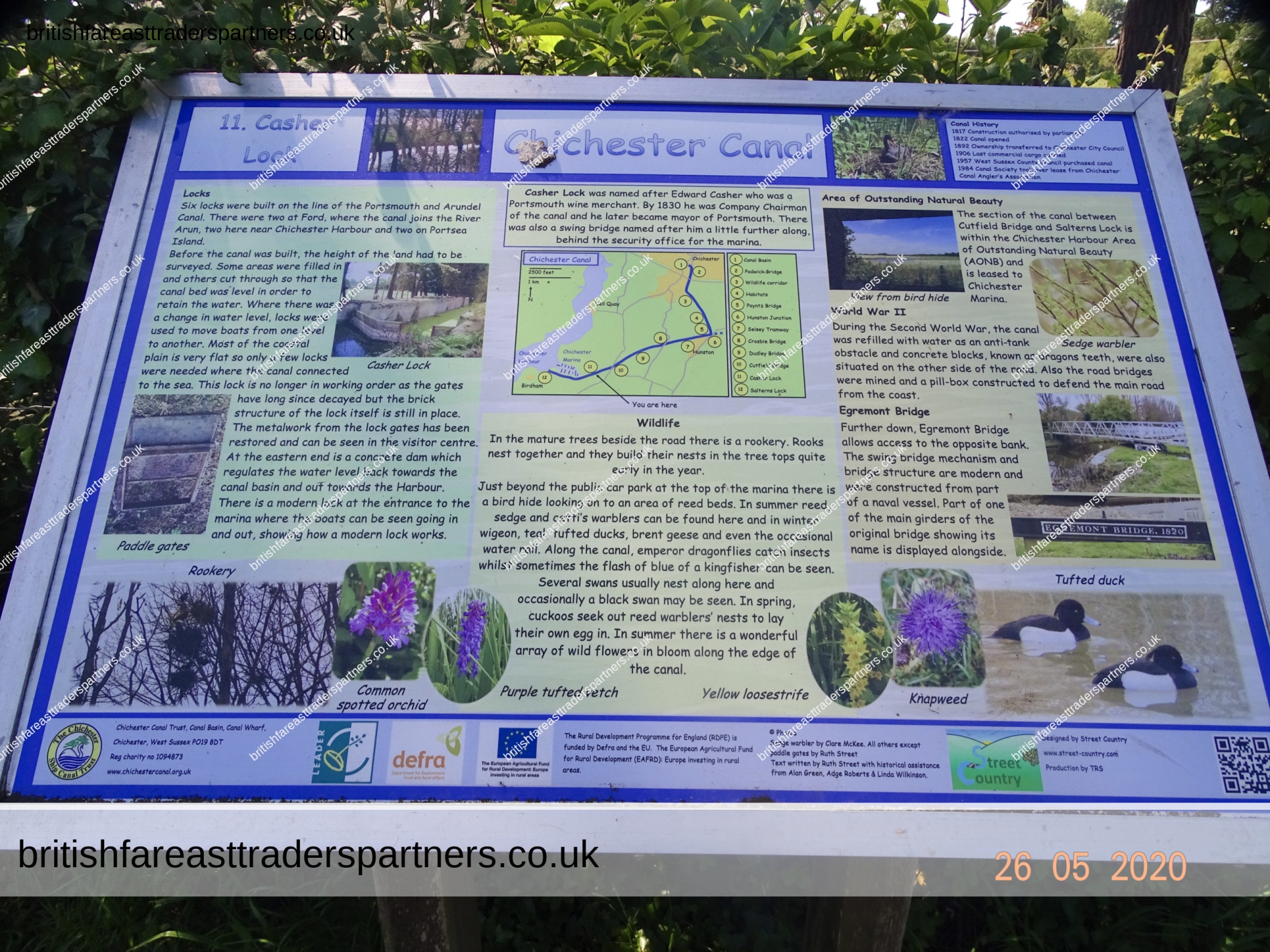
Transcription:
CHICHESTER CANAL: CASHER LOCK
Casher Lock was named after Edward Casher
who was a Portsmouth wine merchant.
By 1830 he was Company Chairman of the canal
and he later become mayor of Portsmouth.
There was also a swing bridge named after him a little further along,
behind the security office for the marina.
LOCKS
Six locks were built on the line of the Portsmouth and Arundel canal.
There were two at Ford, where the canal joins the River Arun,
two here near Chichester Harbour and two on Portsea Island.
Before the canal was built, the height of the land had to be surveyed.
Some areas were filled in and others cut through
so that the canal bed was level in order to retain the water.
Where there was a change in water level,
locks were used to move boats from one level to another.
Most of the coastal plain is very flat
so only a few locks were needed where the canal connected to the sea.
The lock is no longer in working order
as the gates have long since decayed
but the brick structure of the lock itself is still in place.
The metalwork from the lock gates has been restored
and can be seen in the visitor centre.
At the eastern end is a concrete dam
which regulates the water level back towards the canal basin
and out towards the Harbour.
There is a modern lock at the entrance to the marina
where the boats can be seen going in and out, how a modern lock works.
WILDLIFE
In the mature tree beside the road is a rookery.
Rooks nest together and they build their nests in the treetops quite early in the year.
Just beyond the public car park at the top of the marina,
there is a bird hide looking on to an area of reed beds.
In summer reed, sedge and cetti’s warbler’s can be found here
and in winter wigeon, teal, tufted ducks, brent geese
and even the occasional water rail.
Along the canal, emperor dragonflies catch insects
whilst sometimes the flash of blue of a kingfisher can be seen.
Several swans usually nest along here
and occasionally a black swan may be seen.
In spring, cuckoos seek out reed warbler’s nest
to lay their own egg in.
In summer there is a wonderful array of wild flowers in bloom
along the edge of the canal.
AREA OF OUTSTANDING NATURAL BEAUTY
The section of the canal between Cutfield Bridge
and Salterns Lock is within the
Chichester Harbour Area of Outstanding Natural Beauty (AONB)
and is leased to Chichester Marina.
WORLD WAR II
During the Second World War,
the canal was refilled with water as
an anti-tank obstacle and concrete blocks,
known as dragons teeth,
were also situated on the other side of the road.
Also the road bridges were mined
and a pill-box constructed to defend the main road from the coast.
EGREMONT BRIDGE
Further down, Egremont Bridge allows access to the opposite bank.
The wing bridge mechanism and bridge structure
are modern and were constructed from part of a naval vessel.
Part of the main girders of the original bridge
showing its name is displayed alongside.
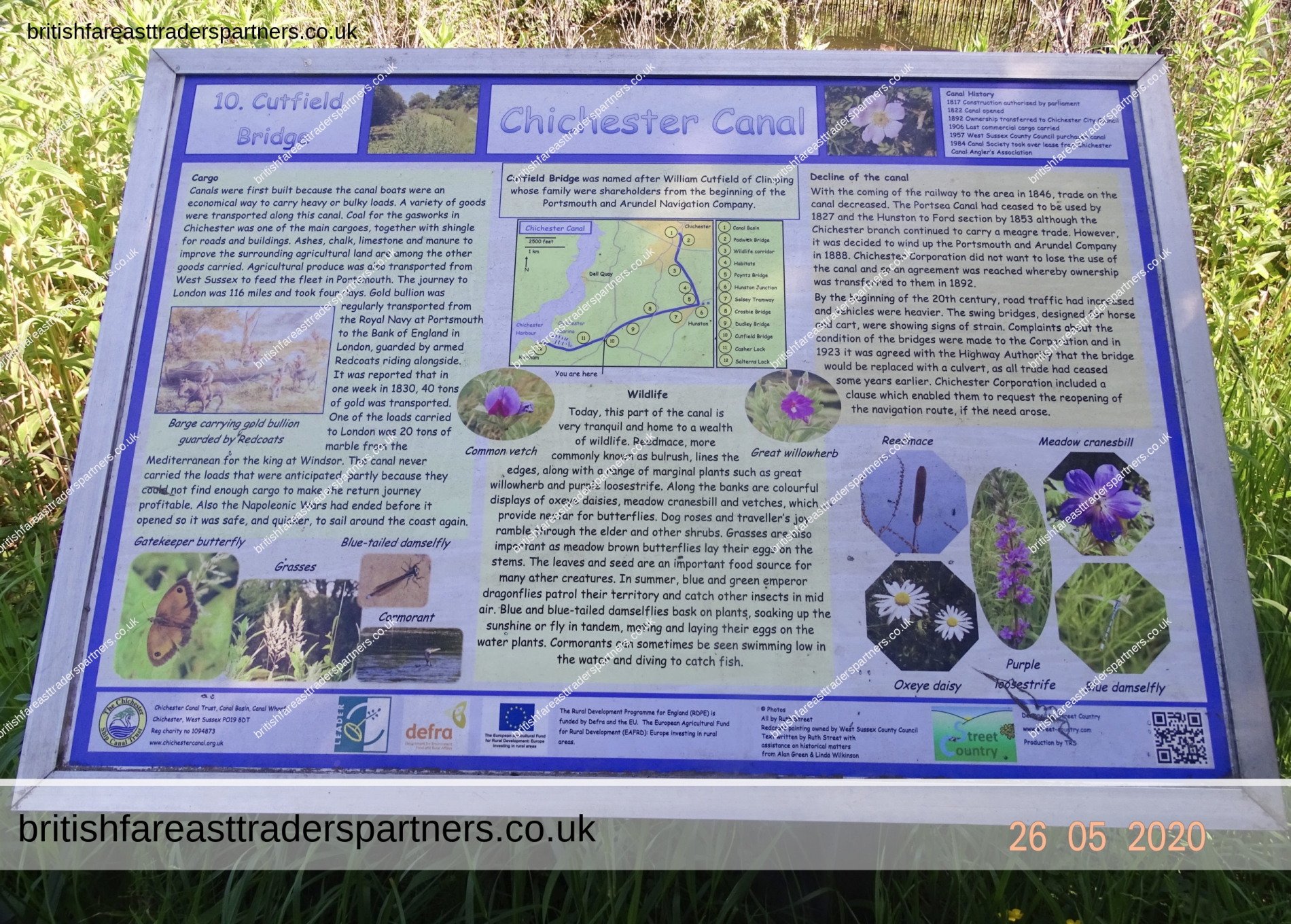
Transcription:
CHICHESTER CANAL: CUTFIELD BRIDGE
Cutfield Bridge was named after William Cutfield of Climping
whose family were shareholders from the beginning
of the Portsmouth and Arundel Navigation Company.
CARGO
Canals were first built because the canal boats
were an economical way to carry heavy or bulky loads.
A variety of goods were transported along this canal.
Coal for the gasworks in Chichester was one of the main cargoes,
together with shingle for roads and buildings.
Ashes, chalk, limestone and manure to improve
the surrounding agricultural land are among the other goods carried.
Agricultural produce was also transported from West Sussex
to feed the fleet in Portsmouth.
The journey to London was 116 miles and took four days.
Gold bullion was regularly transported
from the Royal Navy at Portsmouth to the Bank of England in London,
guarded by armed Redcoats riding alongside.
It was reported that in one week in 1830,
40 tons of gold was transported.
One of the loads carried to London was
20 tons of marble from the Mediterranean for the king at Windsor.
The canal never carried the loads that were anticipated,
partly because they could not find enough cargo
to make the return journey profitable.
Also the Napoleonic Wars had ended
before it opened so it was safe,
and quicker, to sail around the coast again.
WILDLIFE
Today, this part of the canal is very tranquil
and home to a wealth of wildlife.
Reedmace, more commonly known as bulrush,
lines the edges, along with a range of marginal plants
as as great willowherb and purple loosestrife.
Along the banks are colourful display of oxeye daisies,
meadow cranesbill and vetches,
which provide nectar for butterflies.
Dog roses and traveller’s joy ramble through the elder and other shrubs.
Grasses are also important as meadow brown butterflies
lay their eggs on the stems.
The leaves and see are an important food source for many other creatures.
In summer, blue and green emperor dragonflies
patrol their territory and catch other insects in mid air.
Blue and blue-tailed damselflies bask on plants,
soaking up the sunshine or fly in tandem,
mating and laying their eggs on the water plants.
Cormorants can sometimes be seen swimming low
in the water and diving to catch fish.
DECLINE OF THE CANAL
With the coming of the railway to the area in 1846,
trade on the canal decreased.
The Portsea Canal had ceased to be used by 1827
and the Hunston to Ford section by 1853
although the Chichester branch continued to carry a meagre trade.
However, it was decided to wind up the Portsmouth and Arundel Company in 1888.
Chichester Corporation did not want to loose the use of the canal
and so an agreement was reached whereby ownership
was transferred to them in 1892.
By the beginning of the 20th Century,
road traffic had increased and vehicles were heavier.
The swing bridges, designed for horse and cart,
were showing signs of strain.
Complaints about the condition of the bridges
were made to the Corporation and in 1923
it was agreed with the Highway Authority
that the bridge would be replaced with a culvert,
as all trade had ceased some years earlier.
Chichester Corporation included in a clause
which enabled them to request the reopening of the navigation route,
if the need arose.
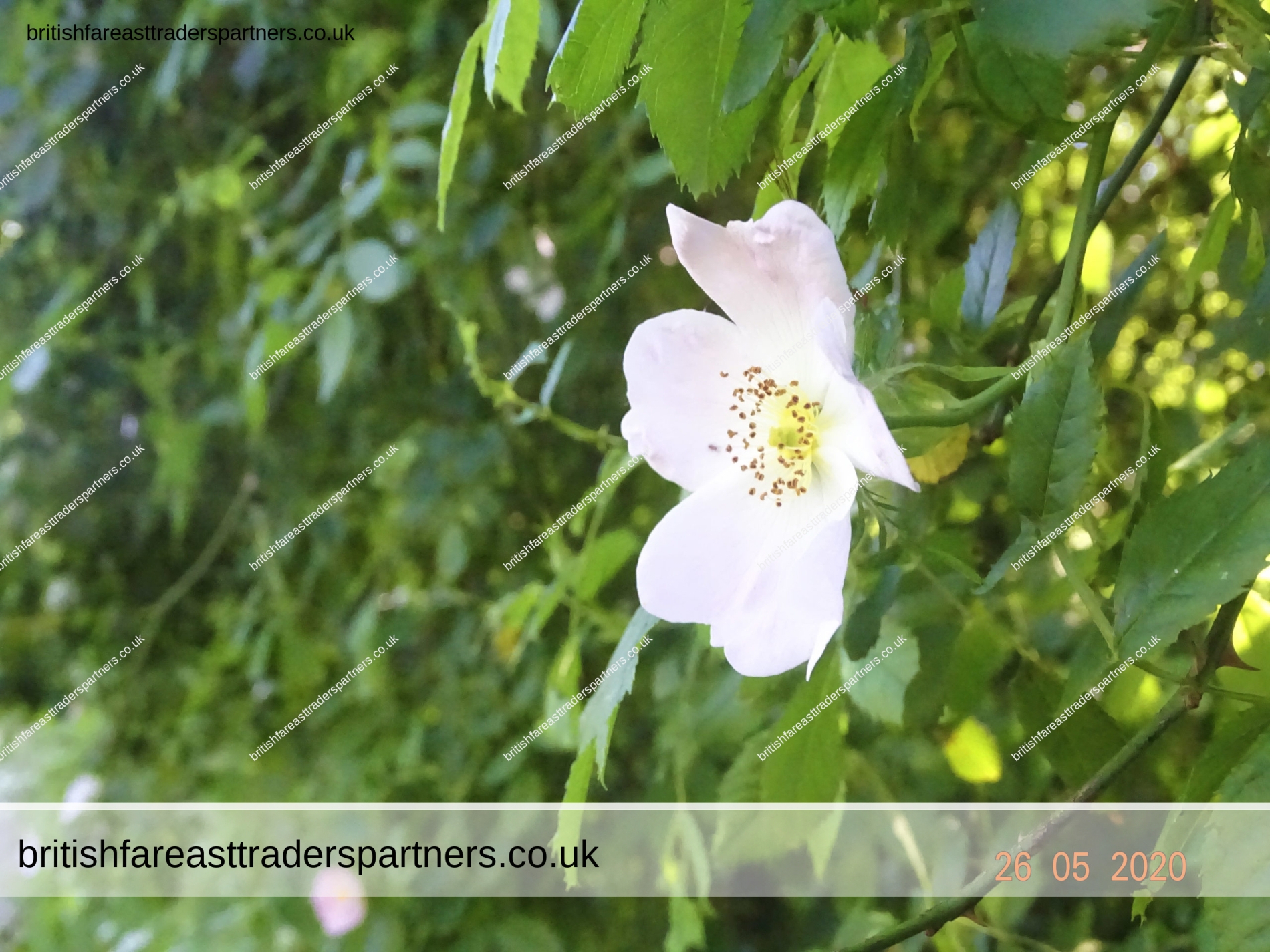
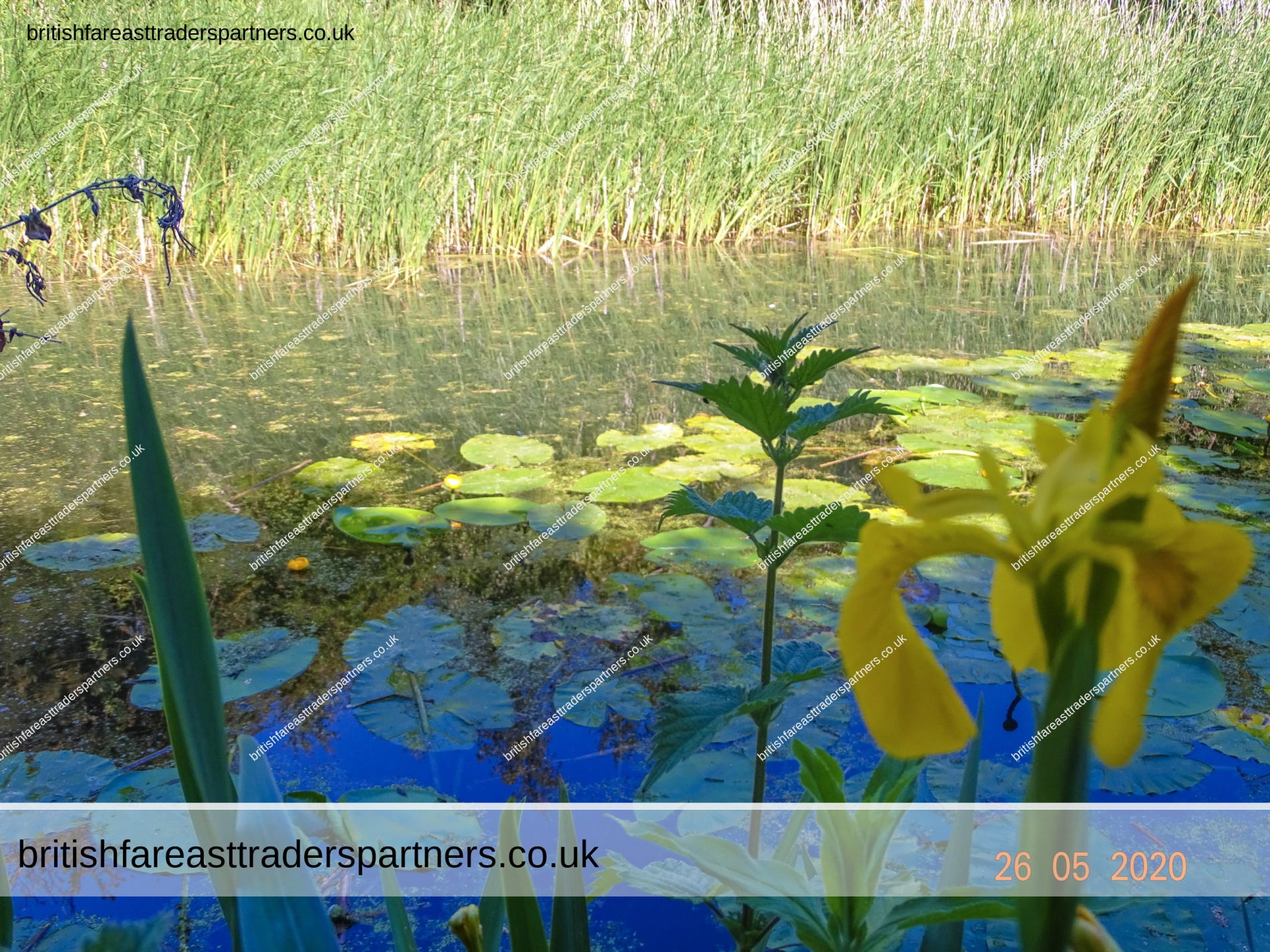
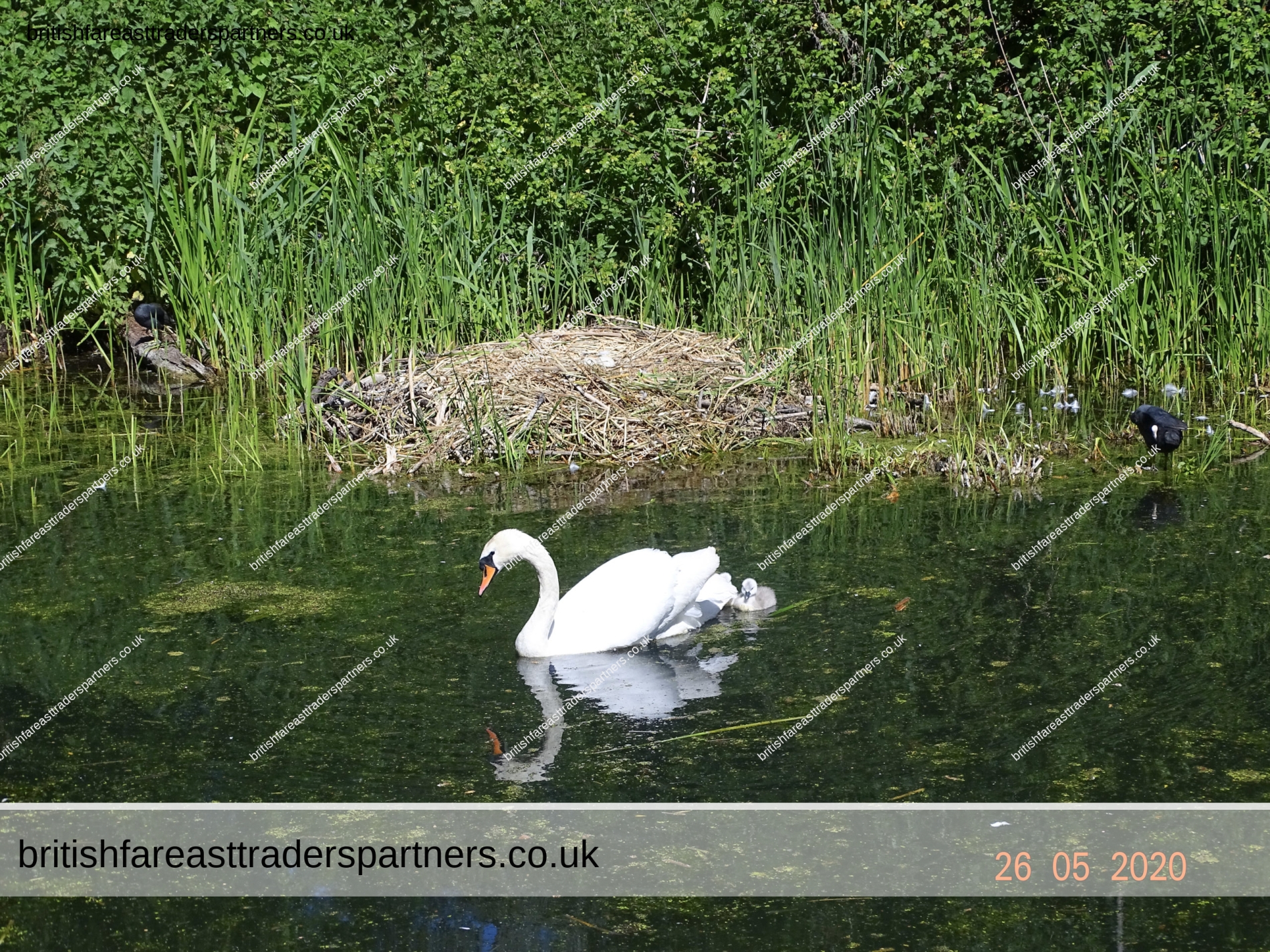
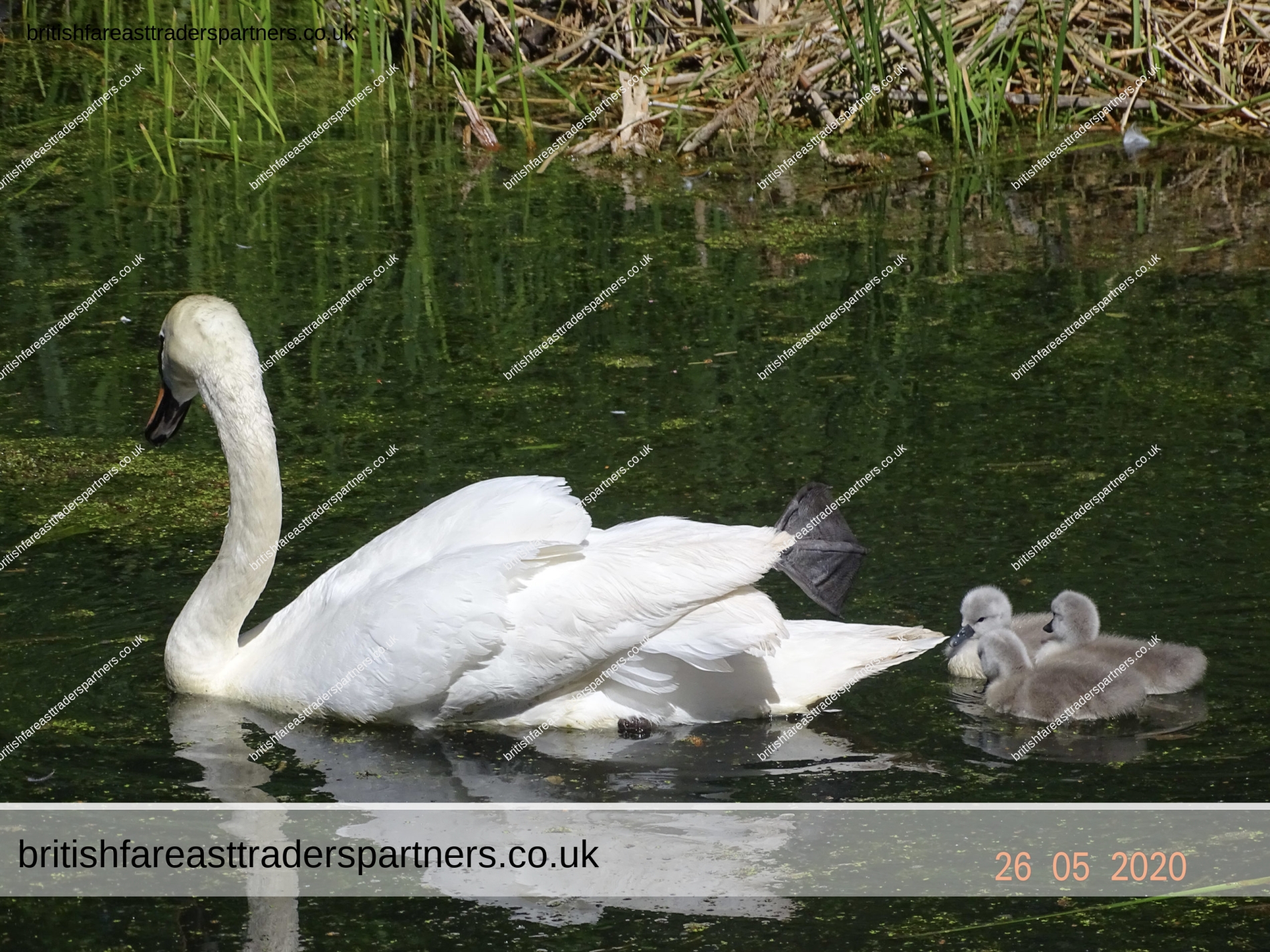
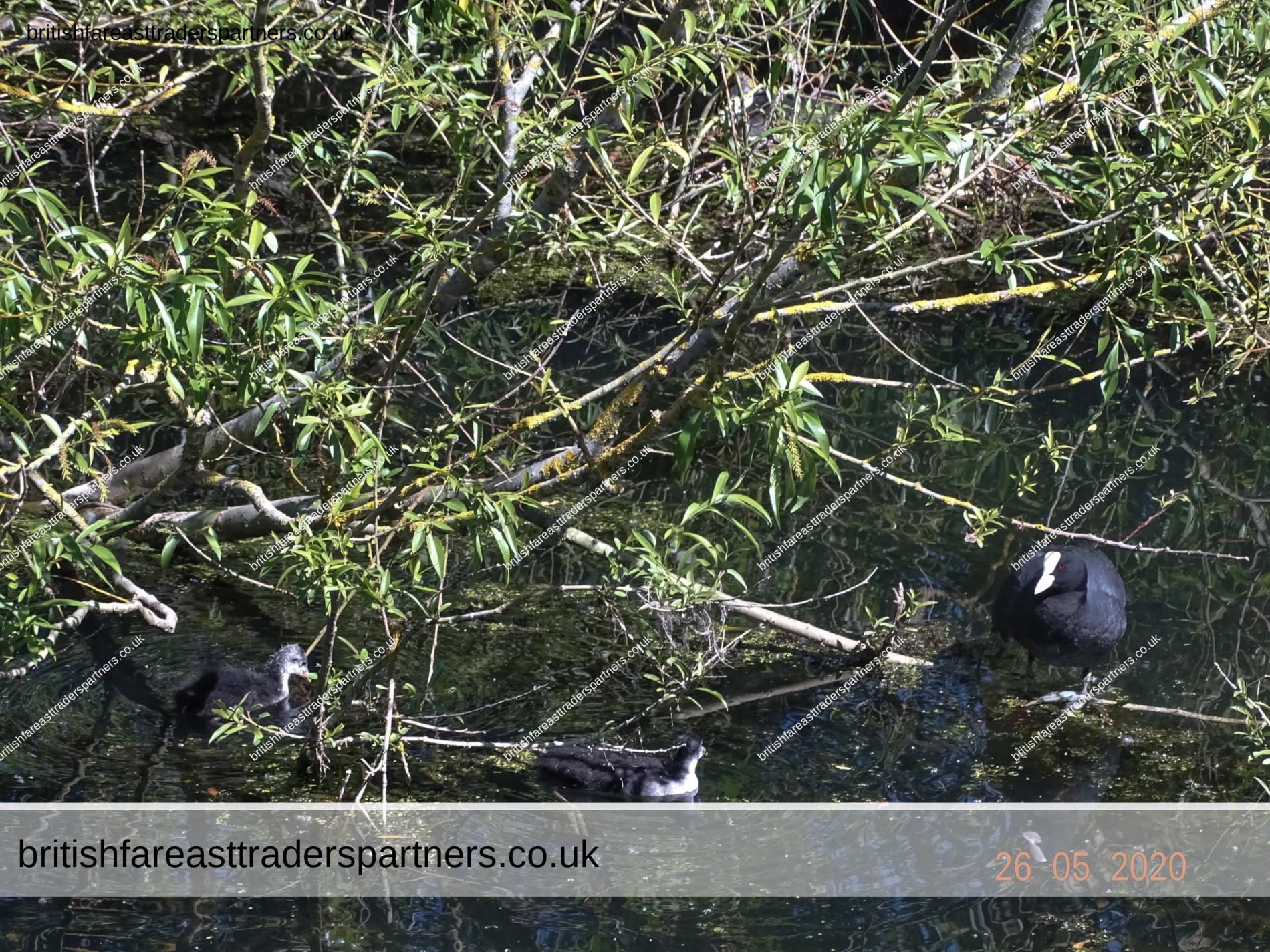
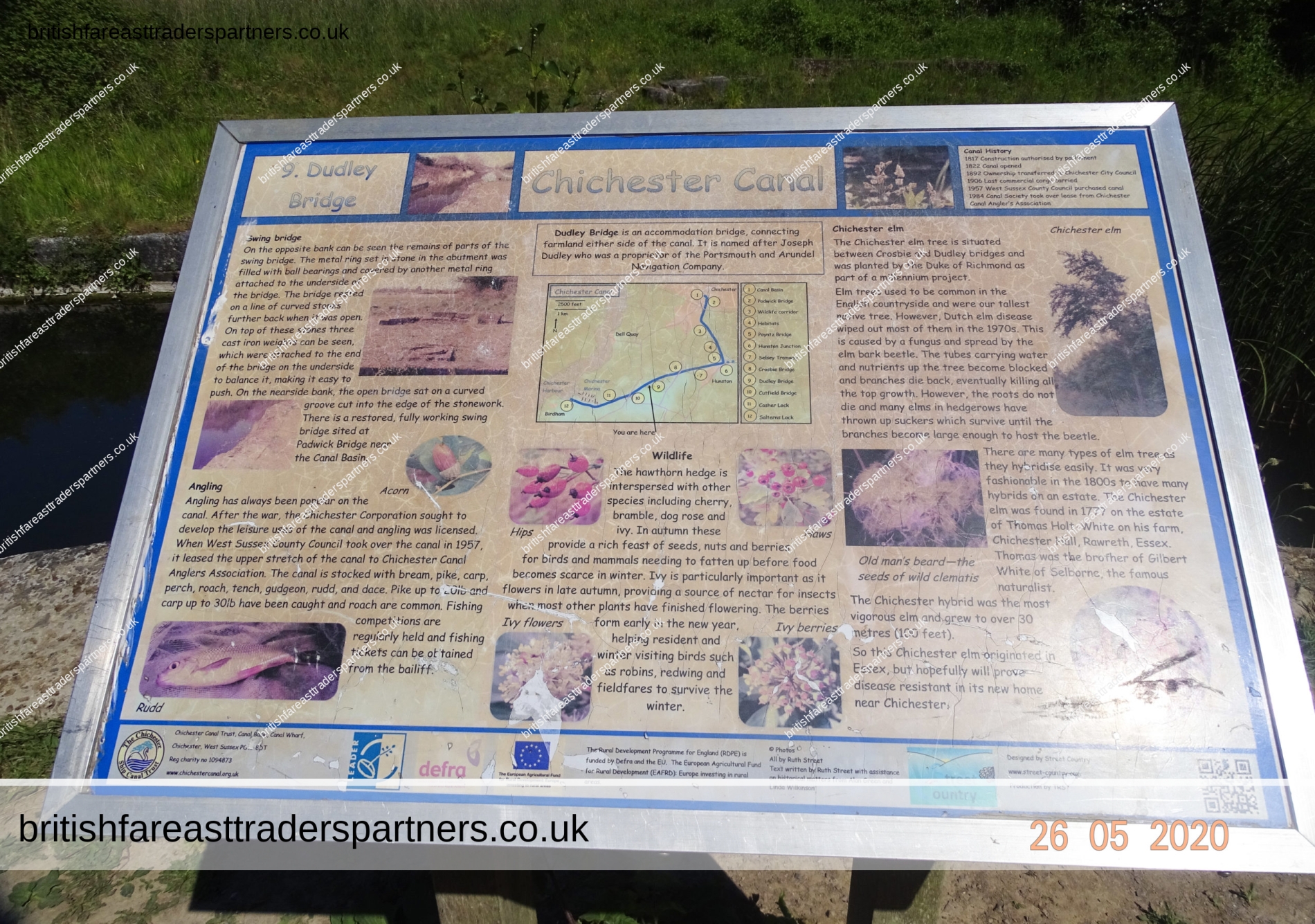
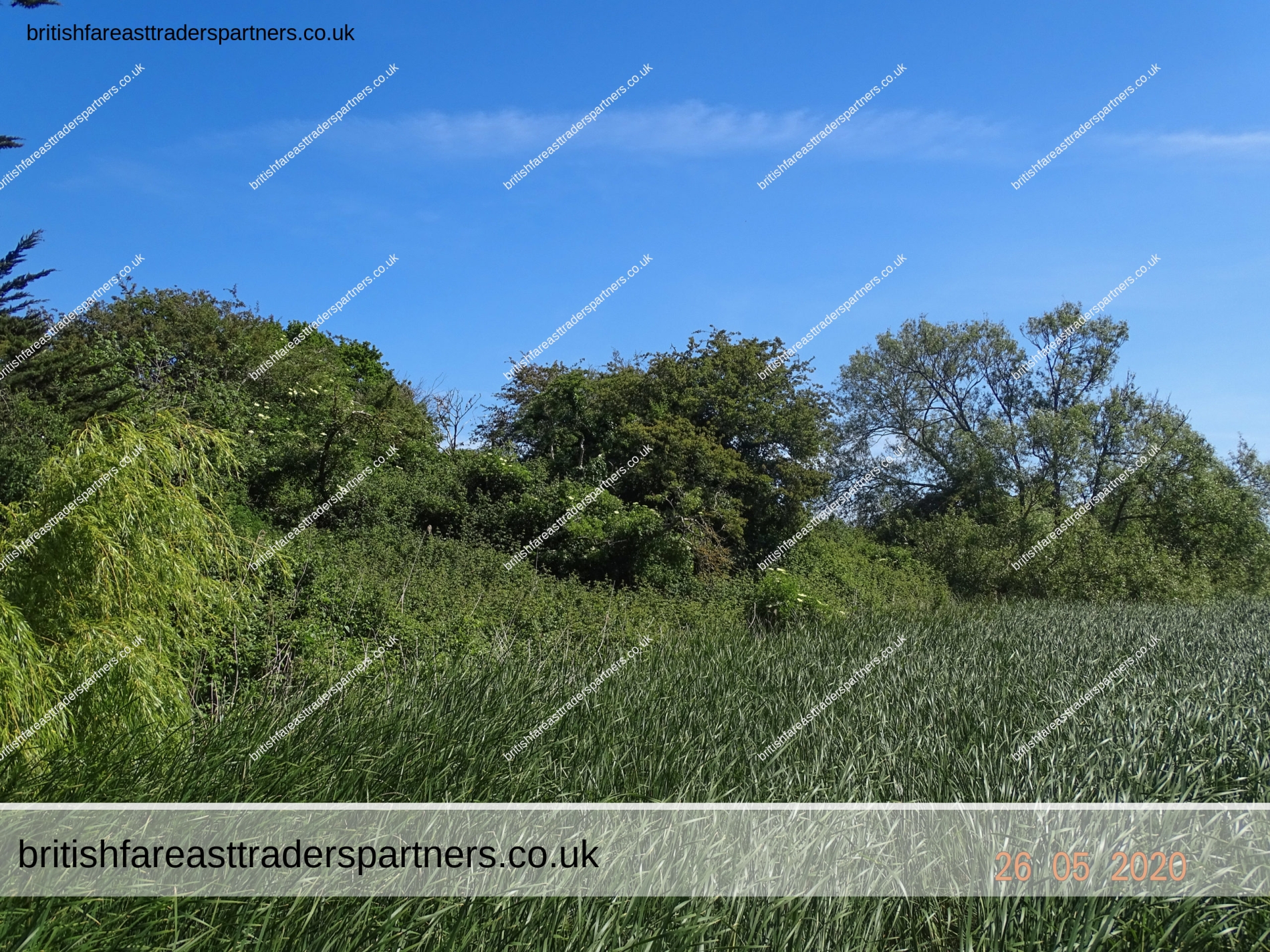
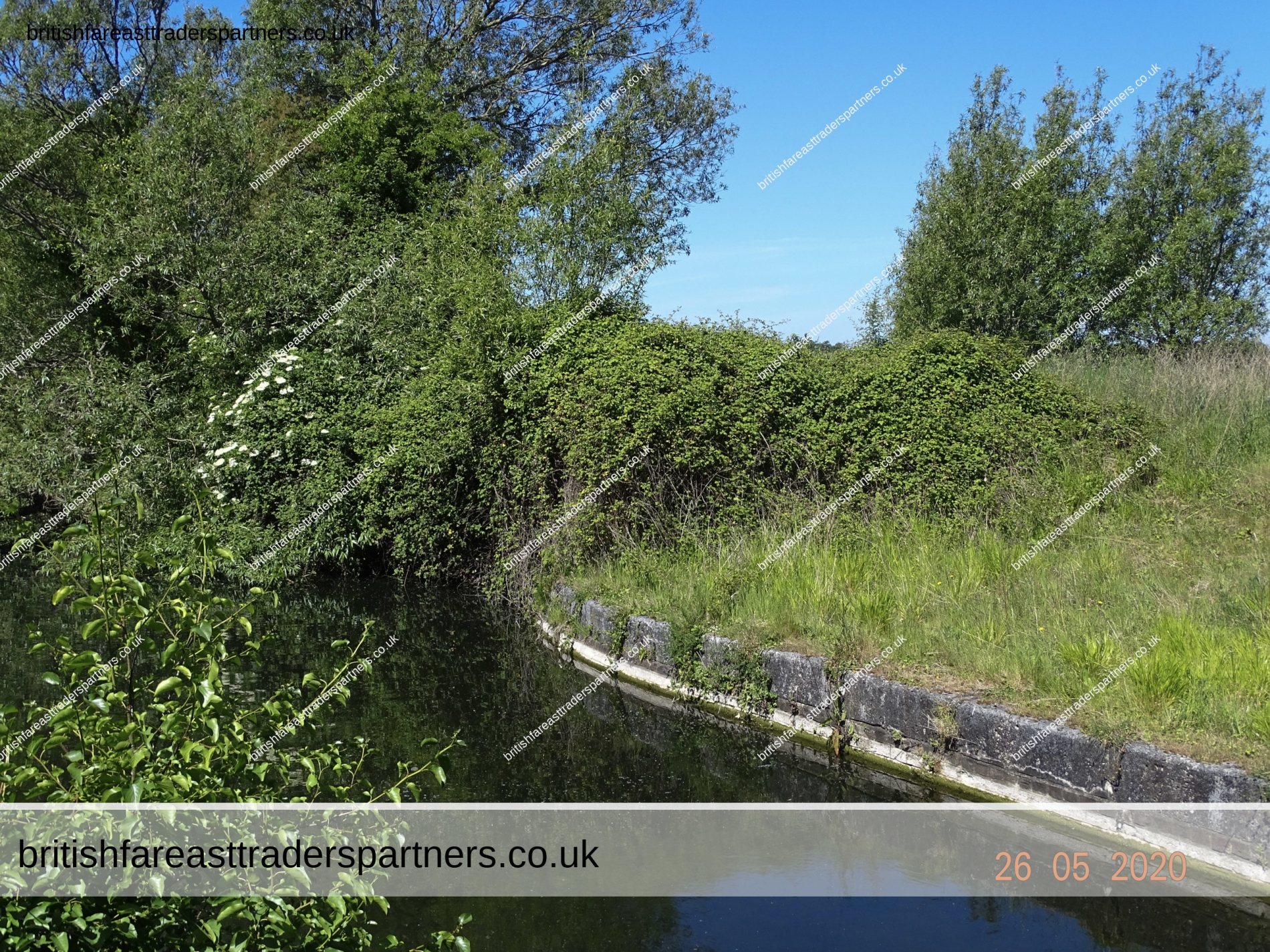
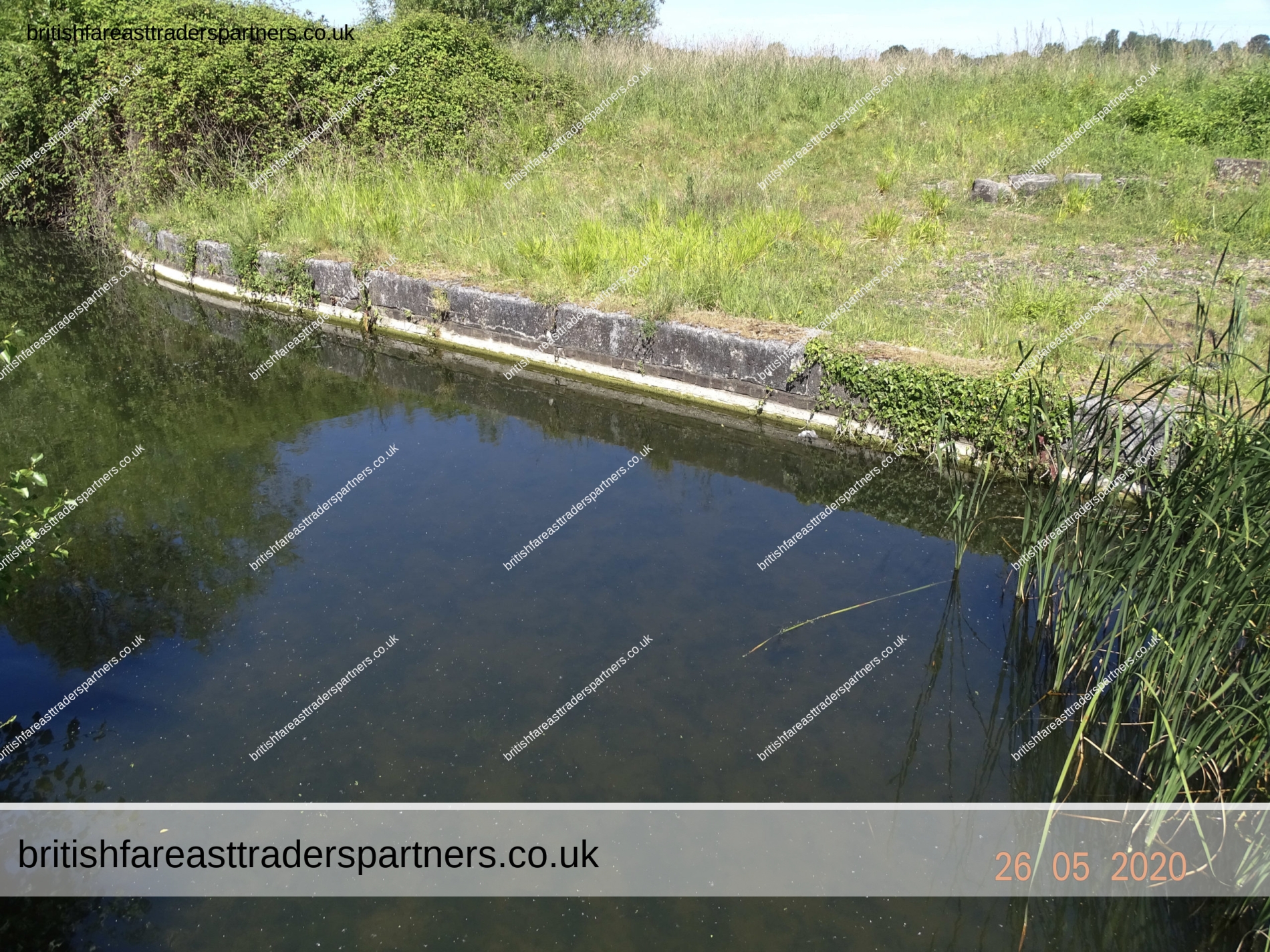
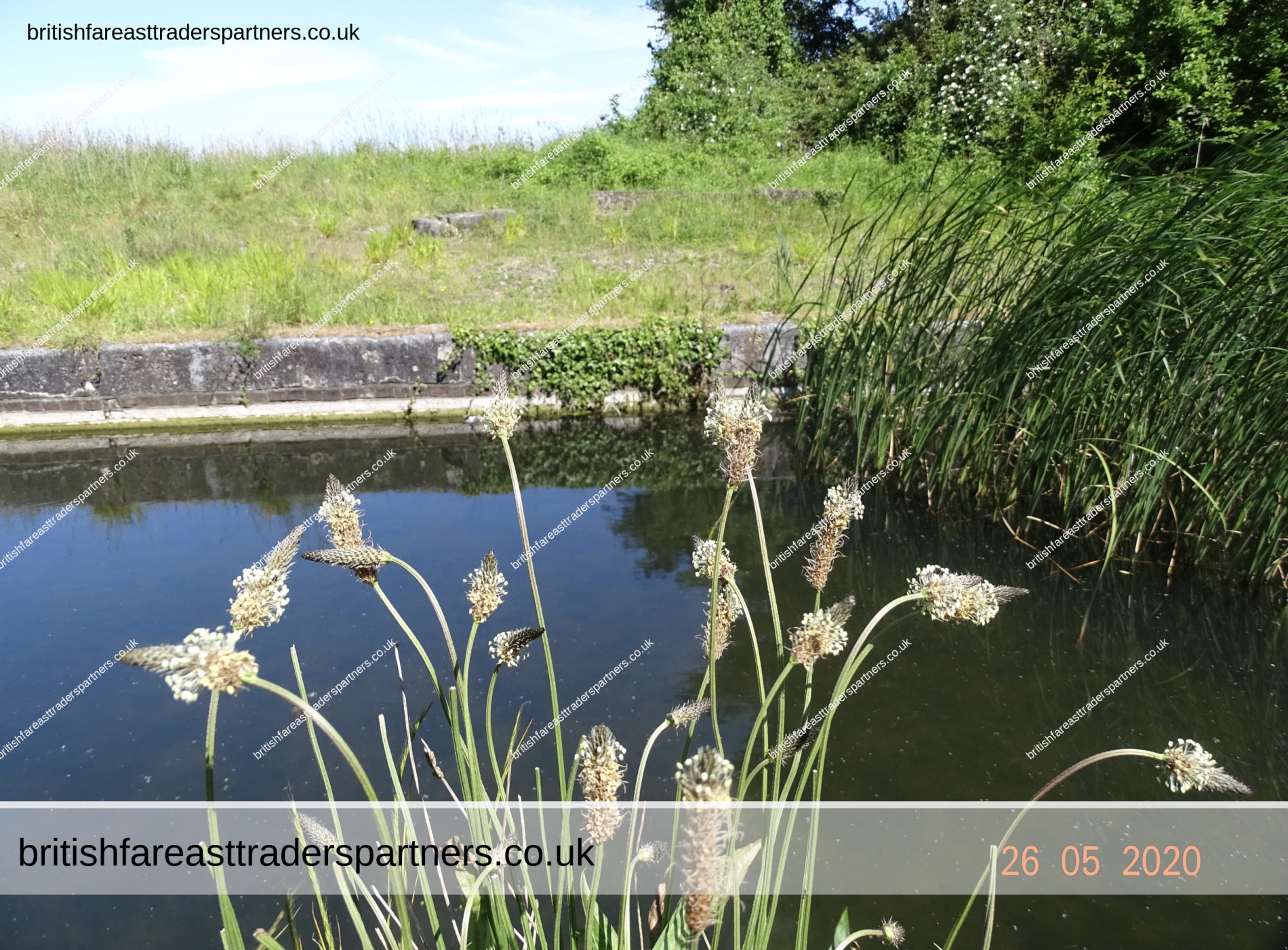
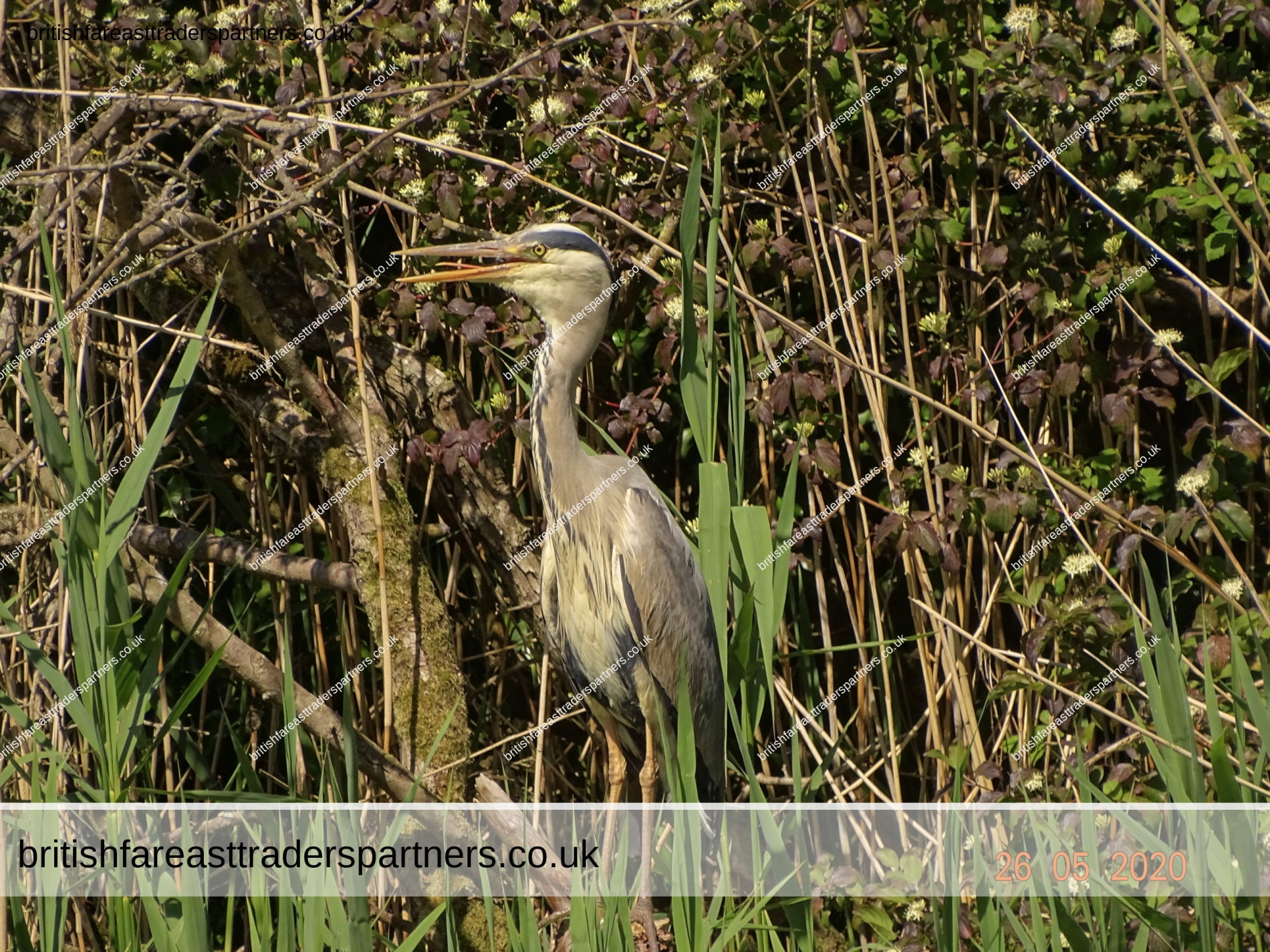
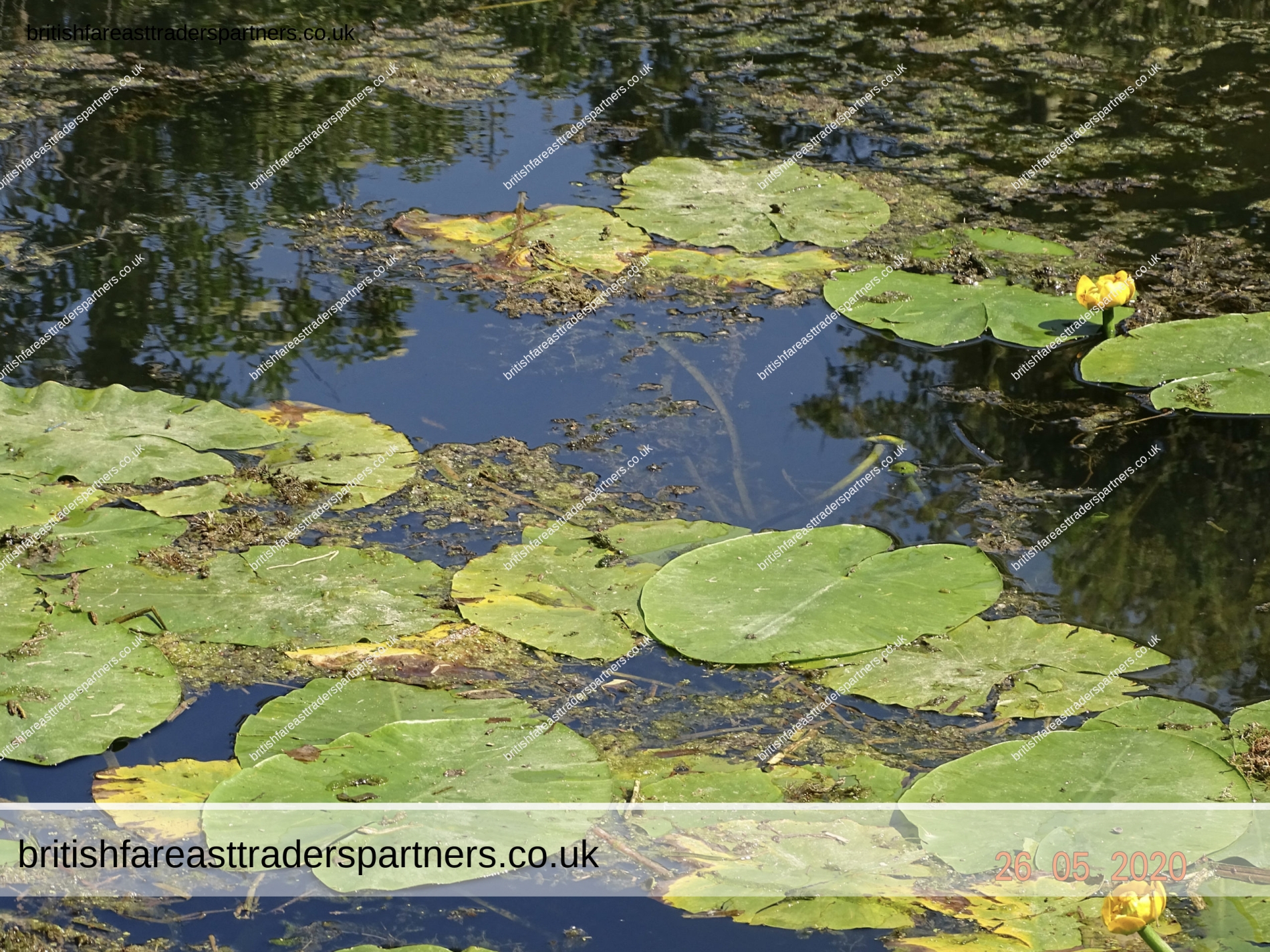
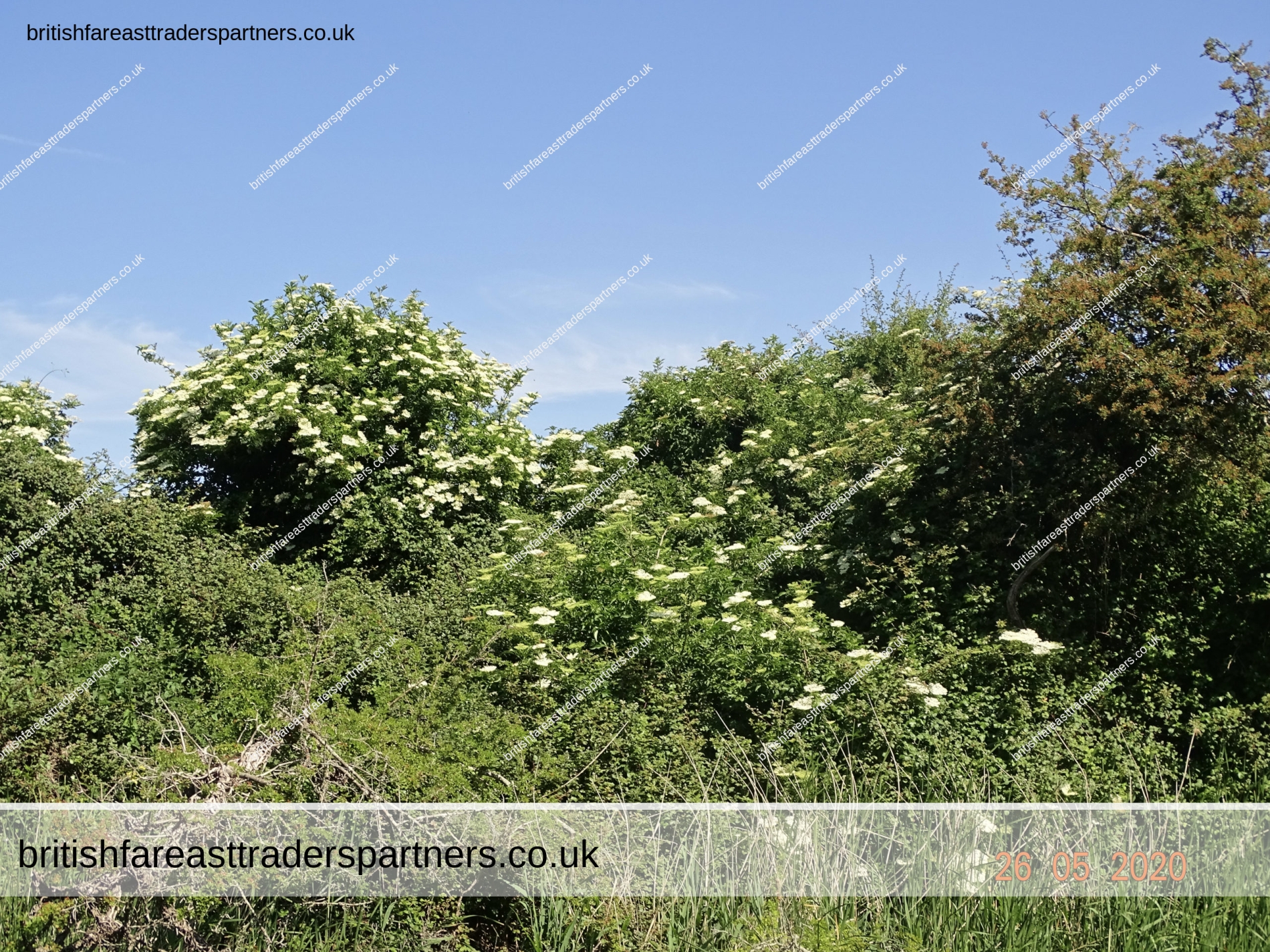
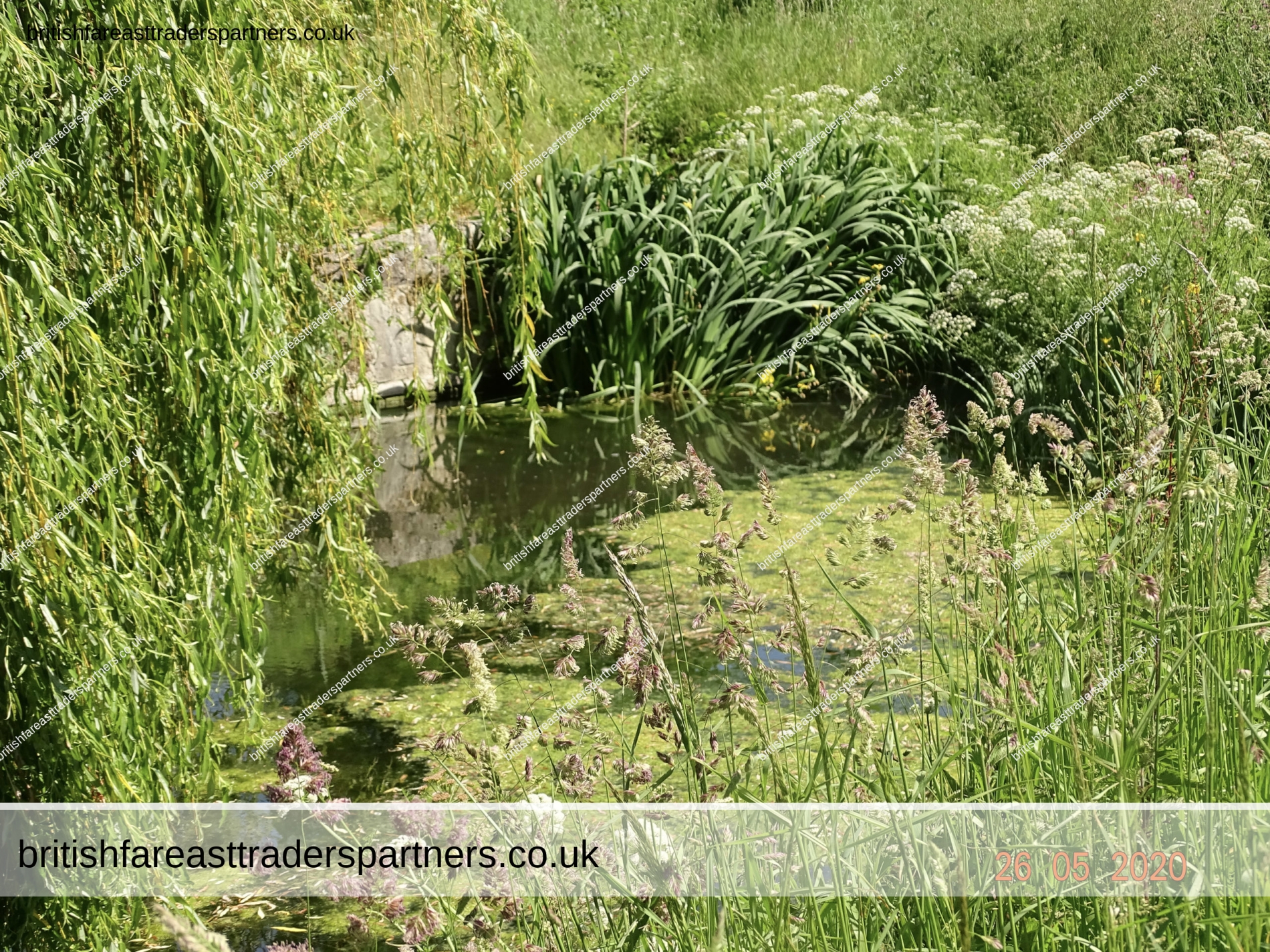
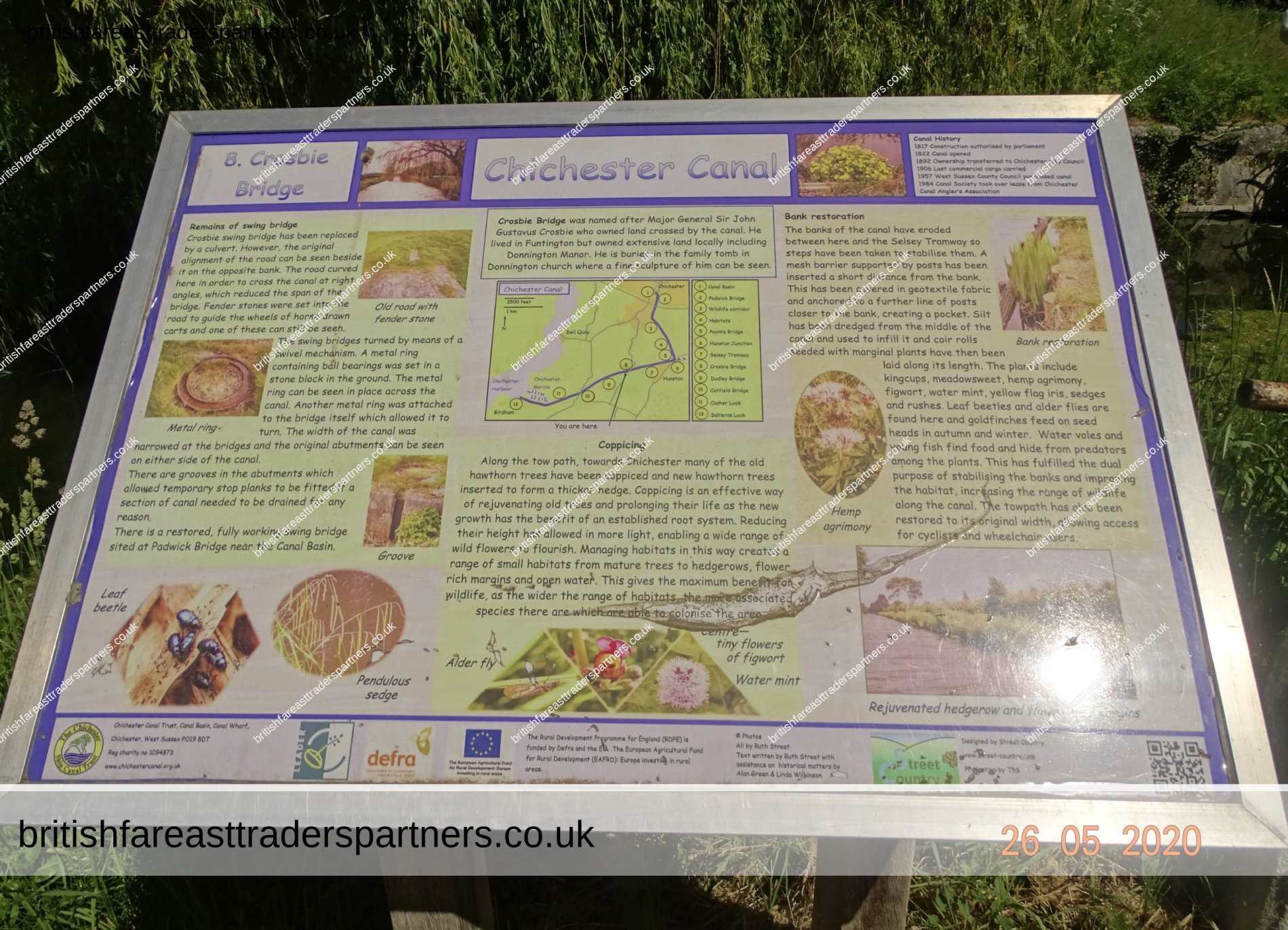
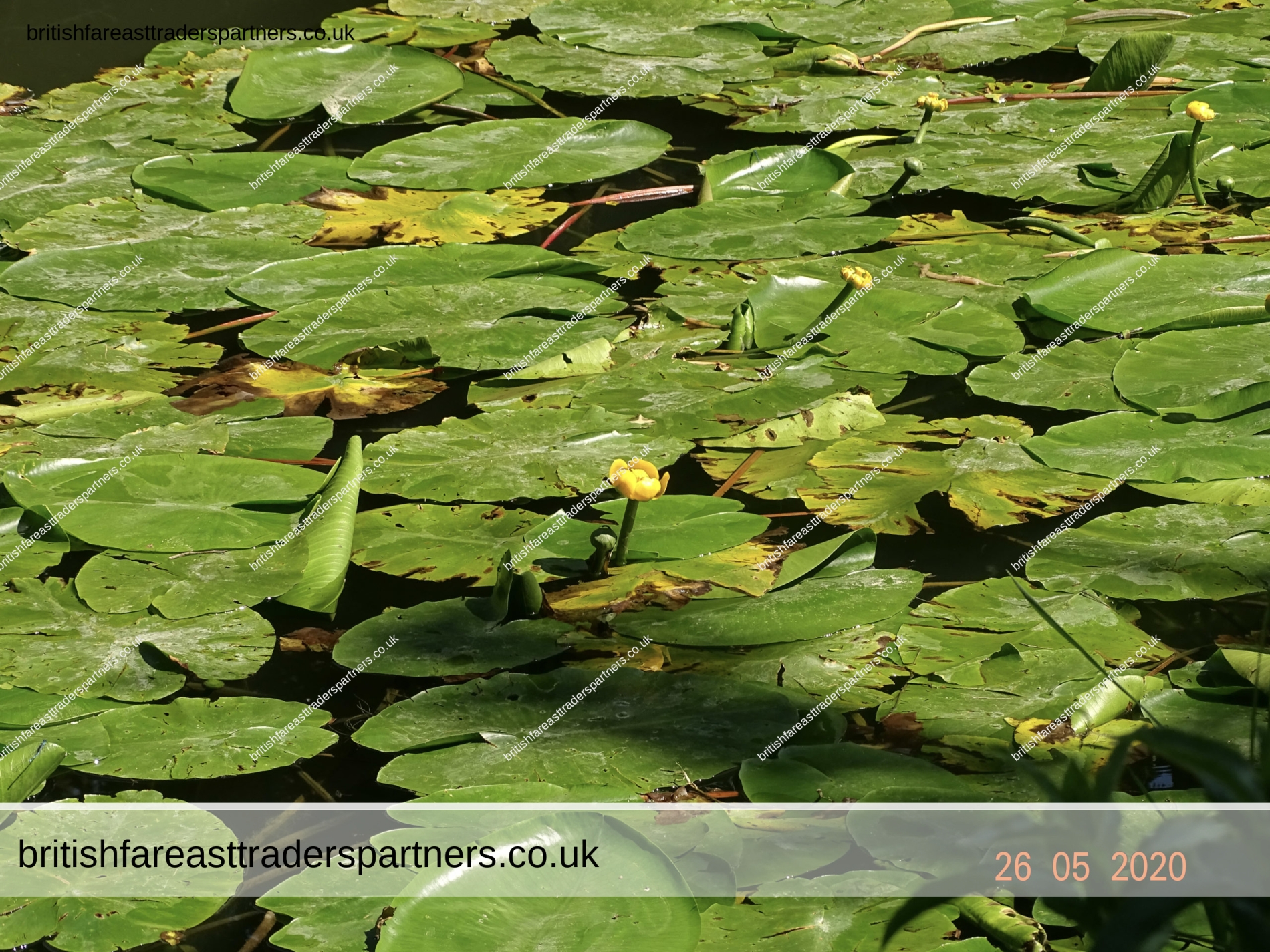
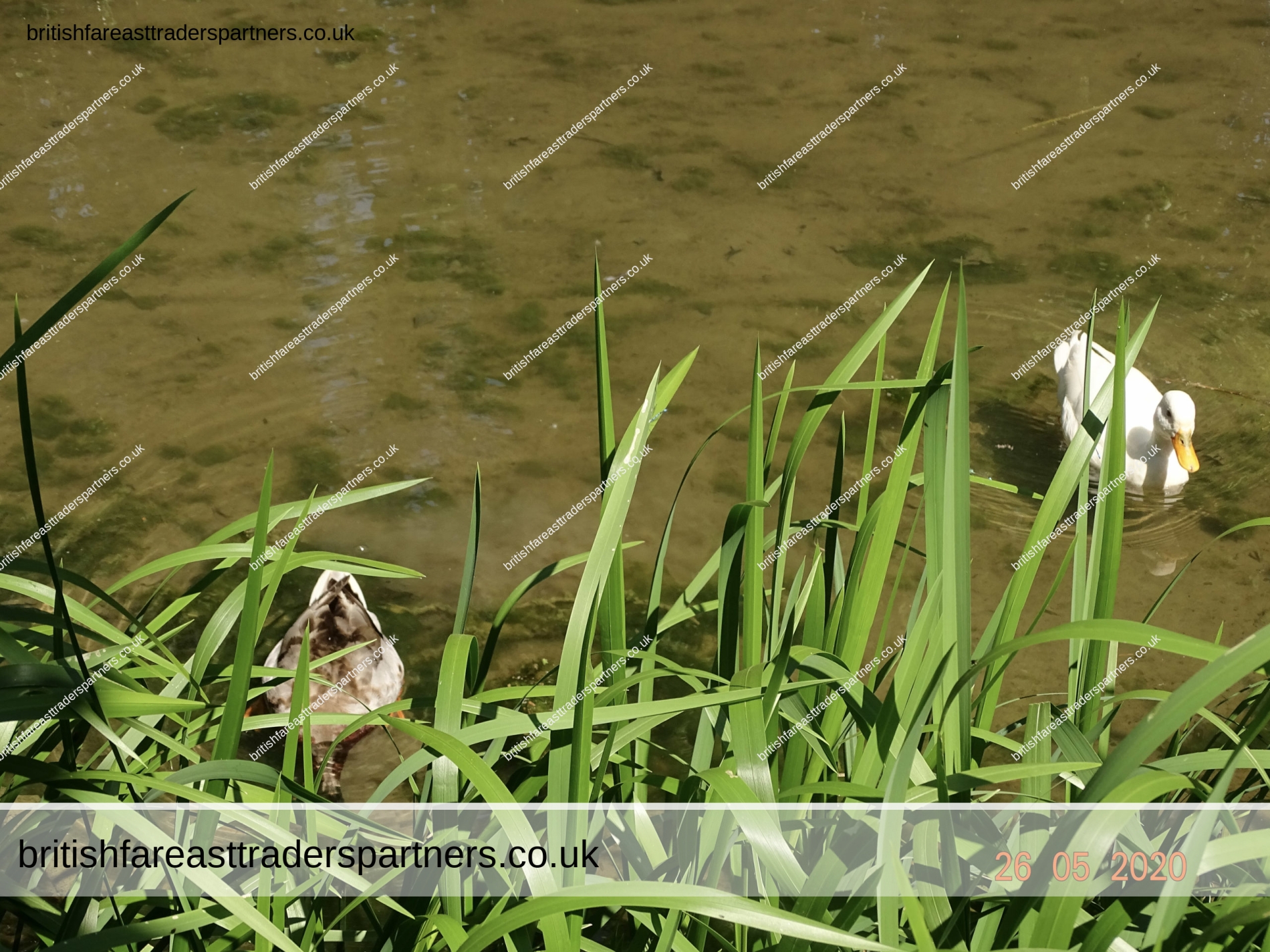
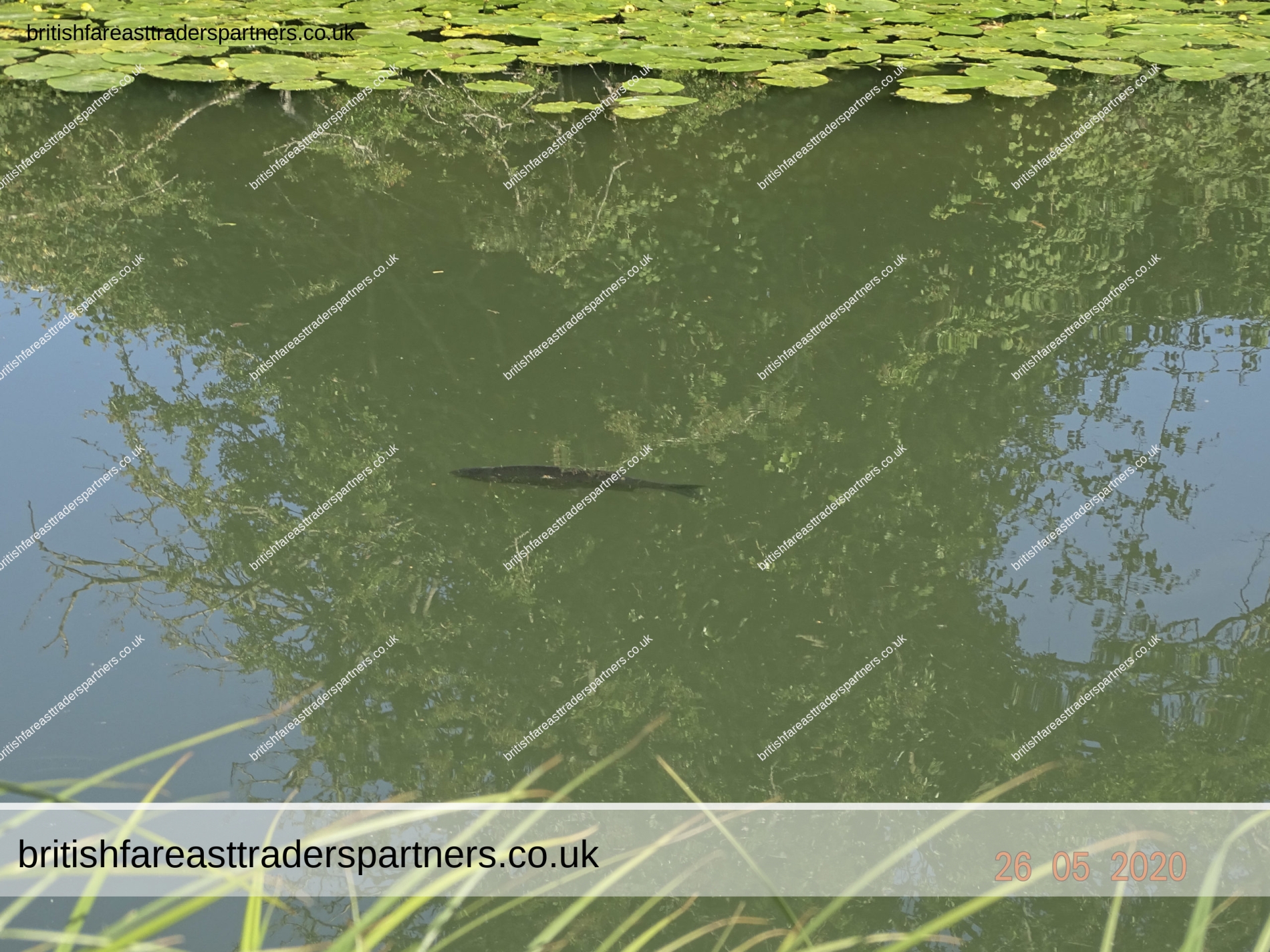
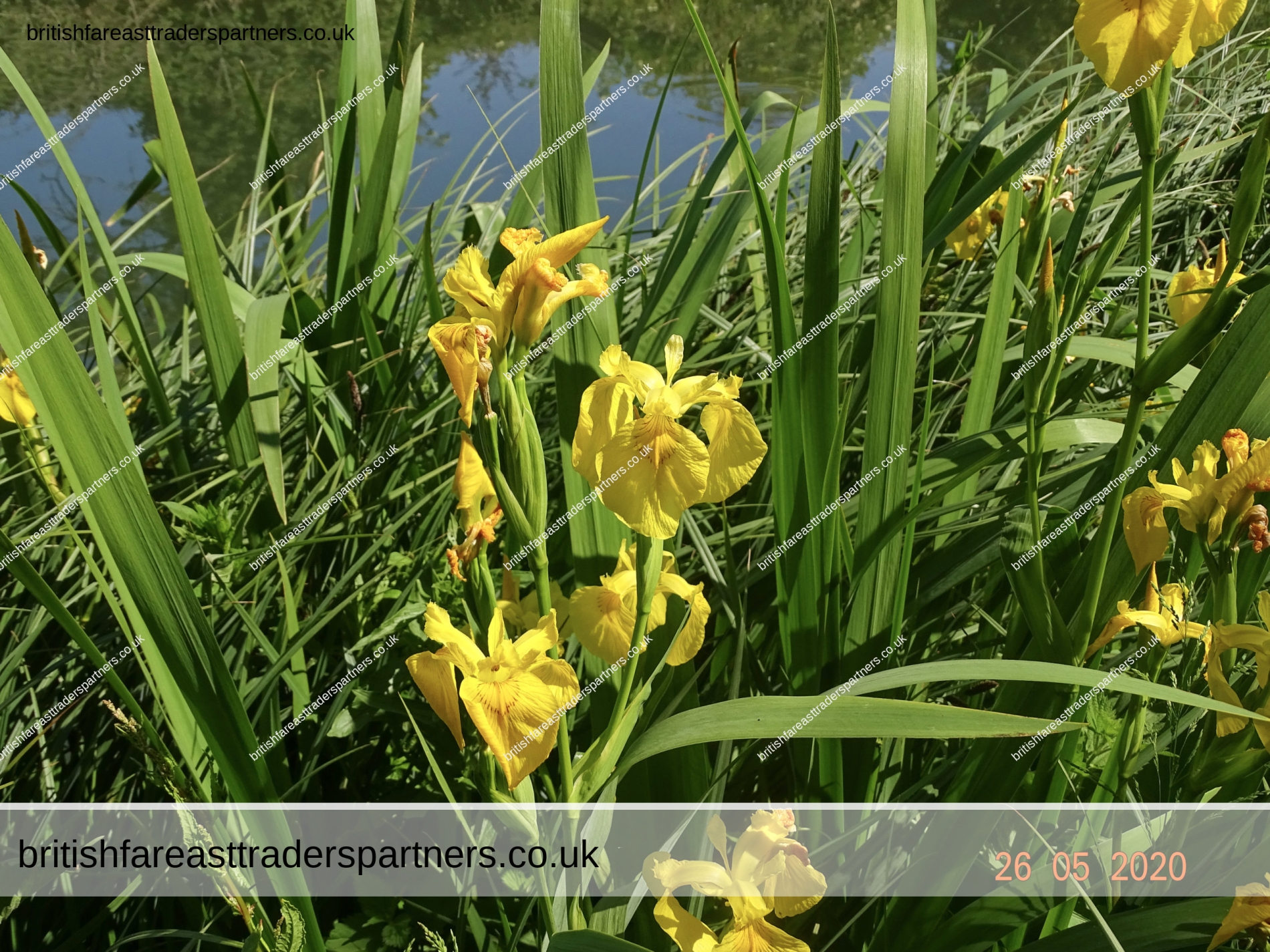
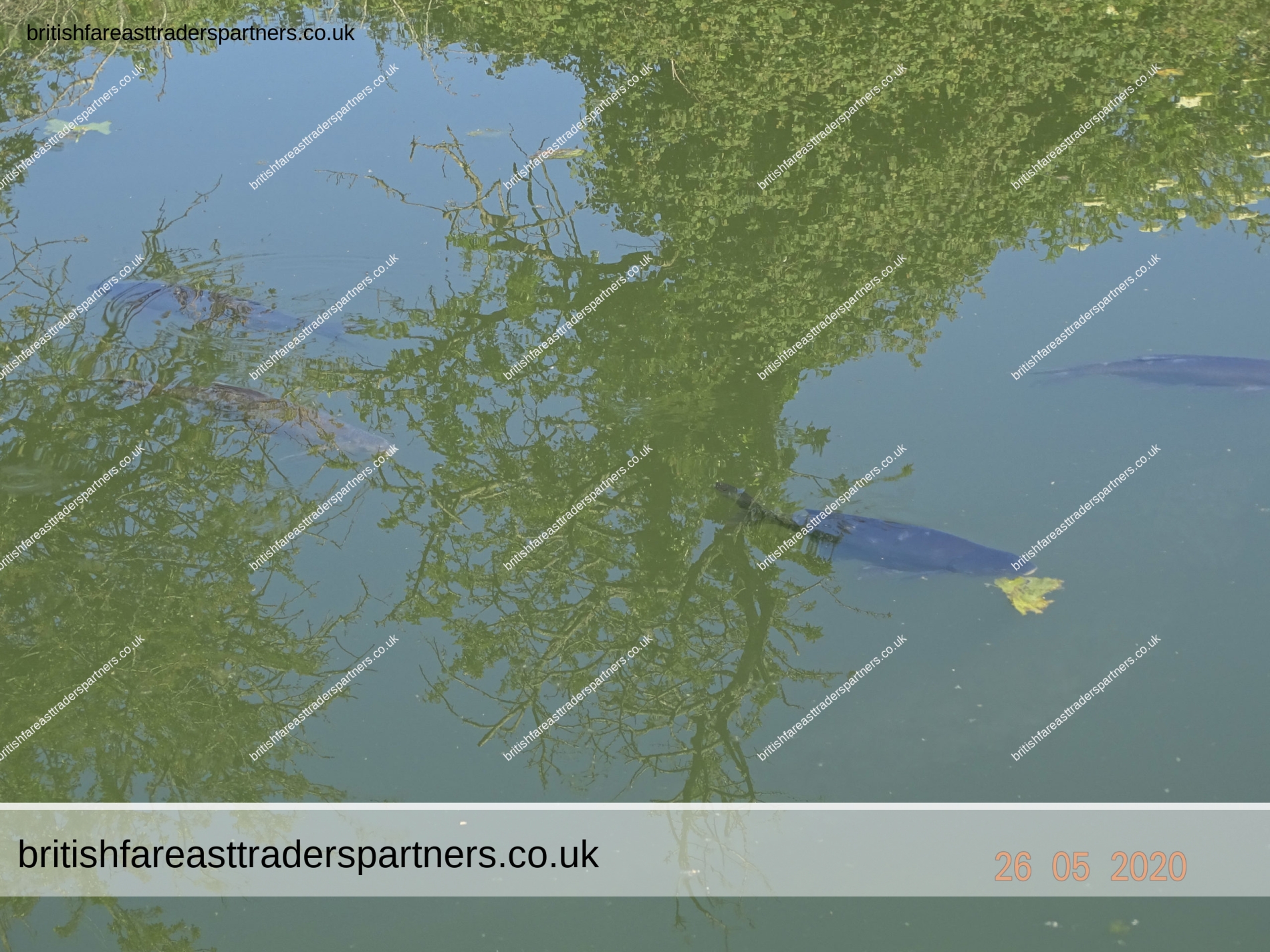
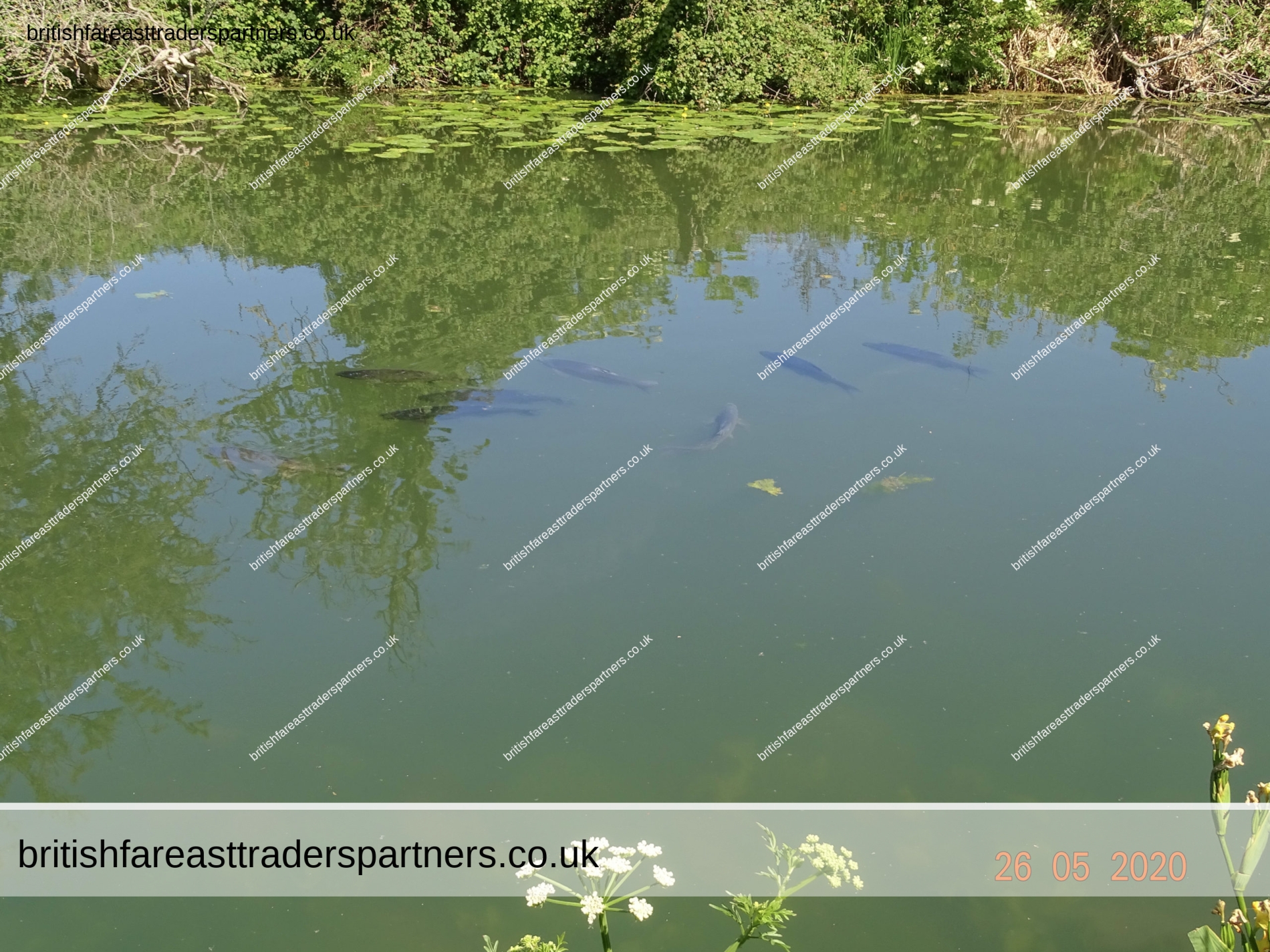
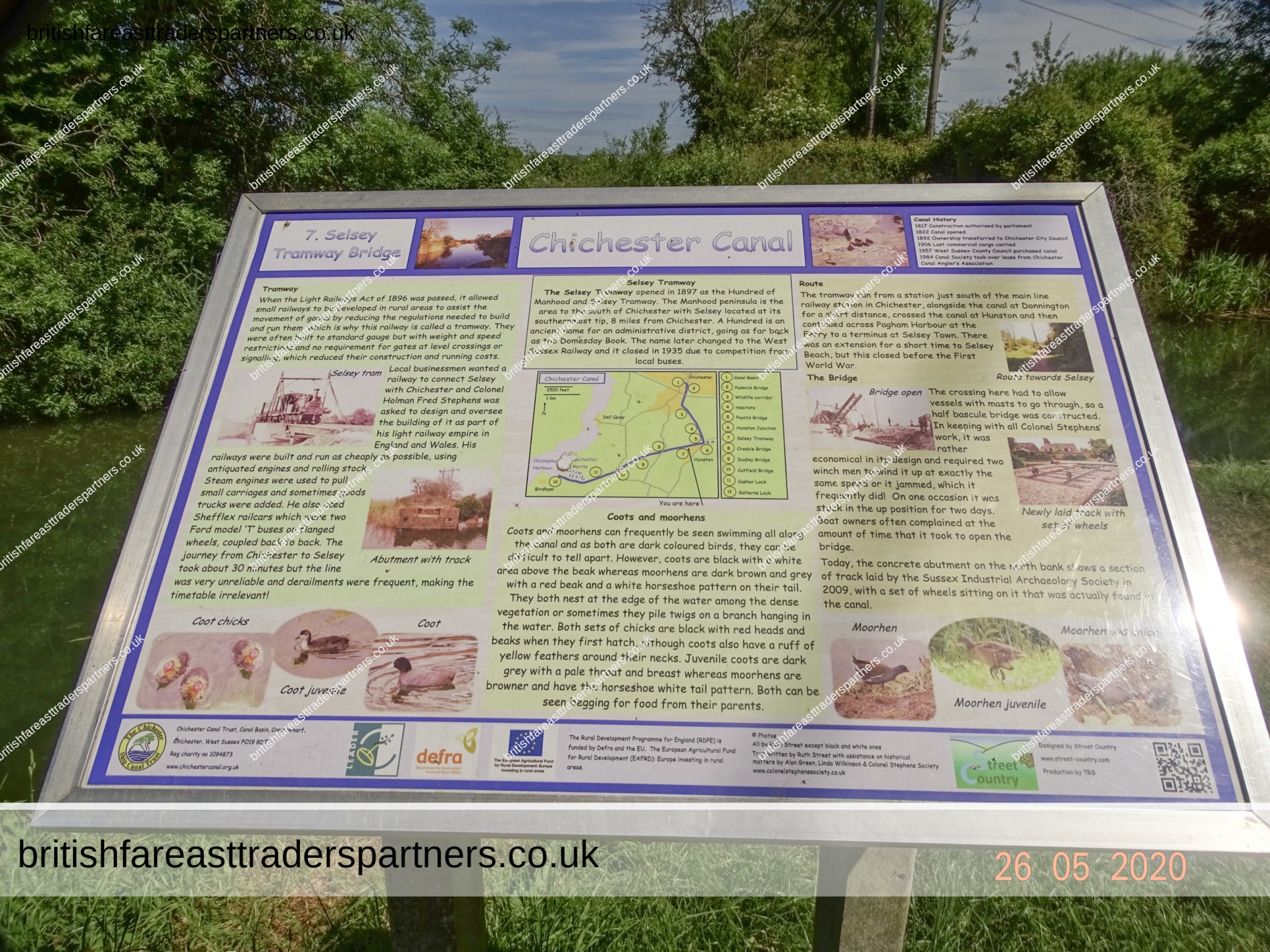
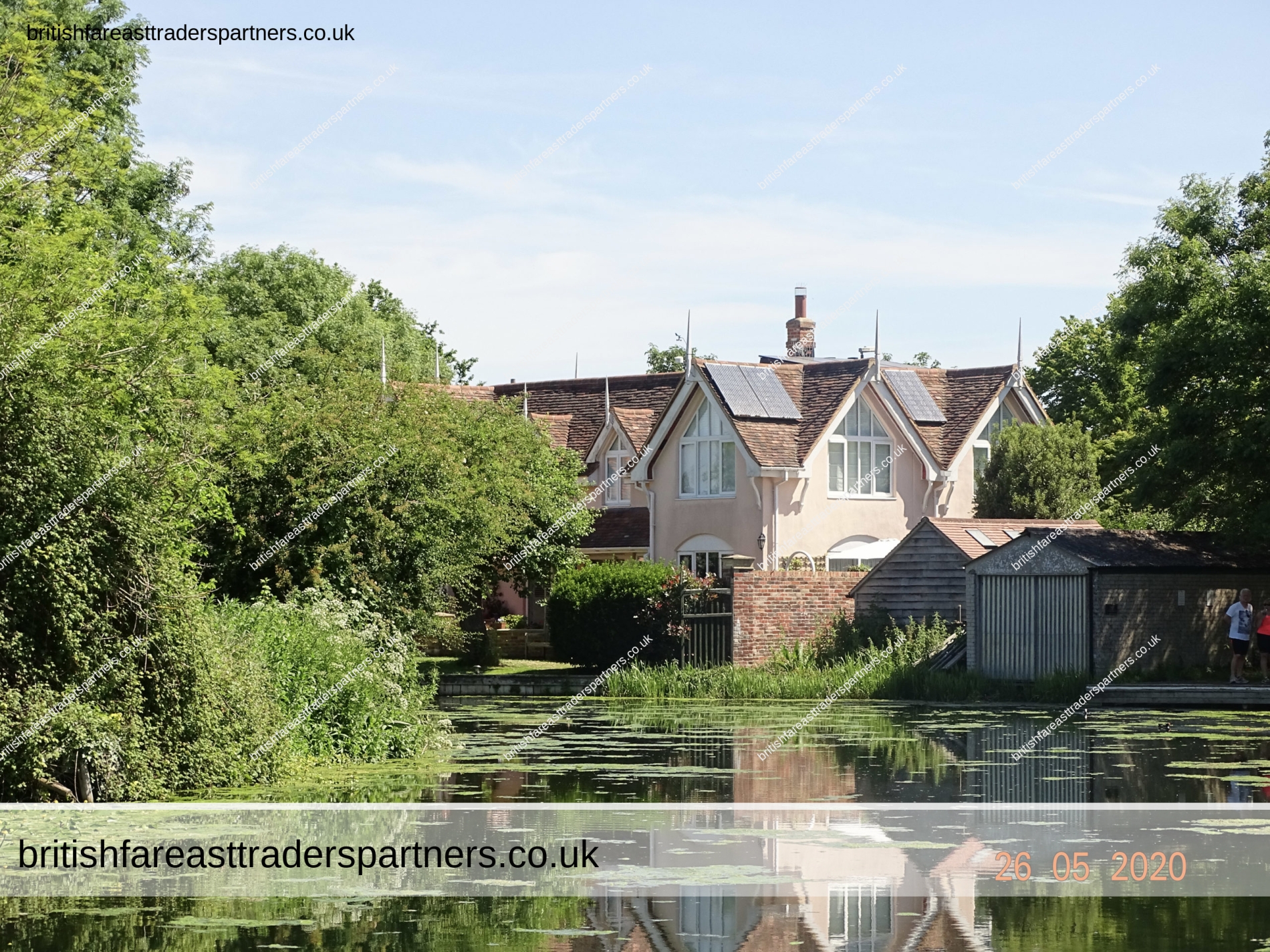
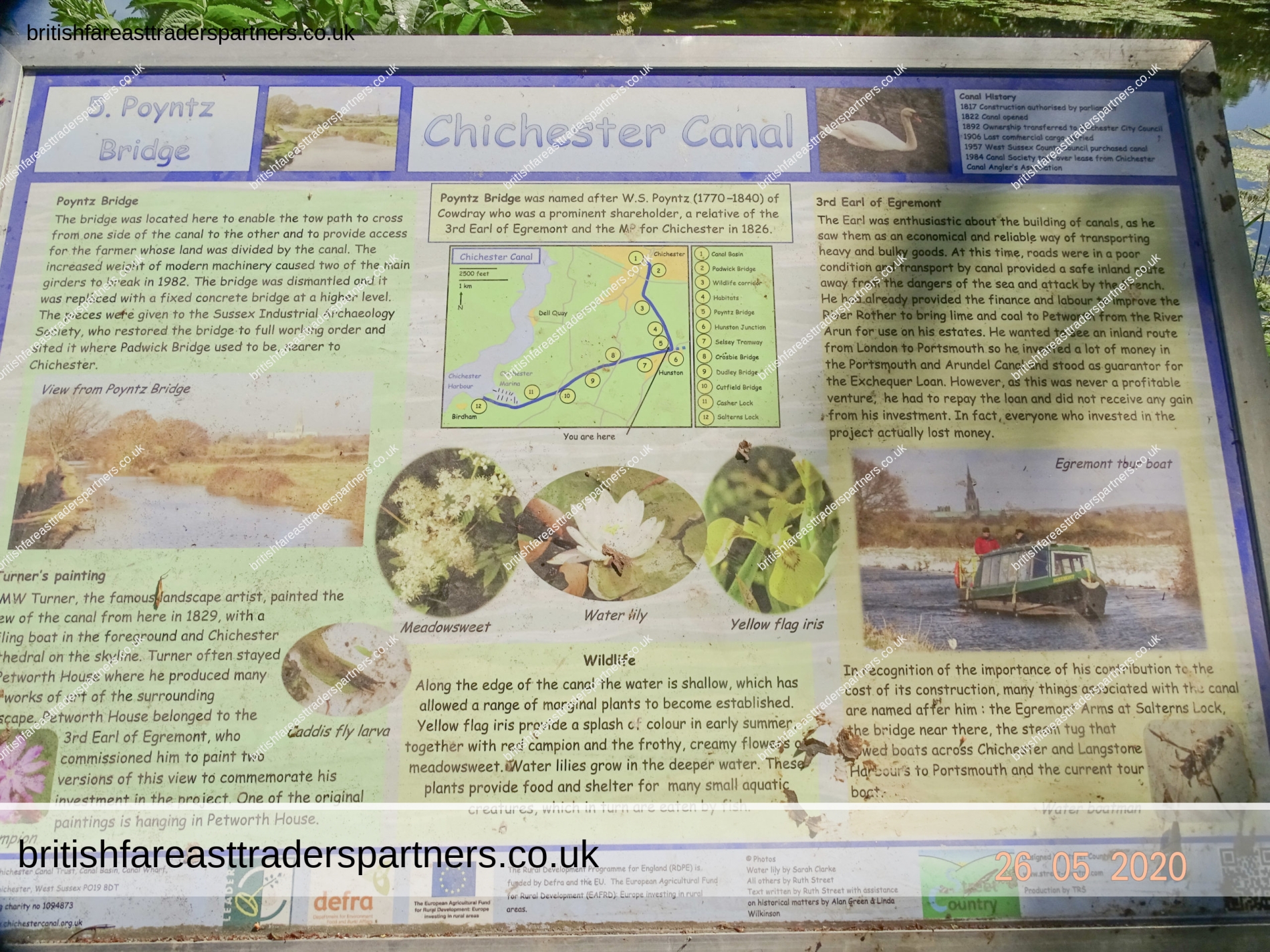
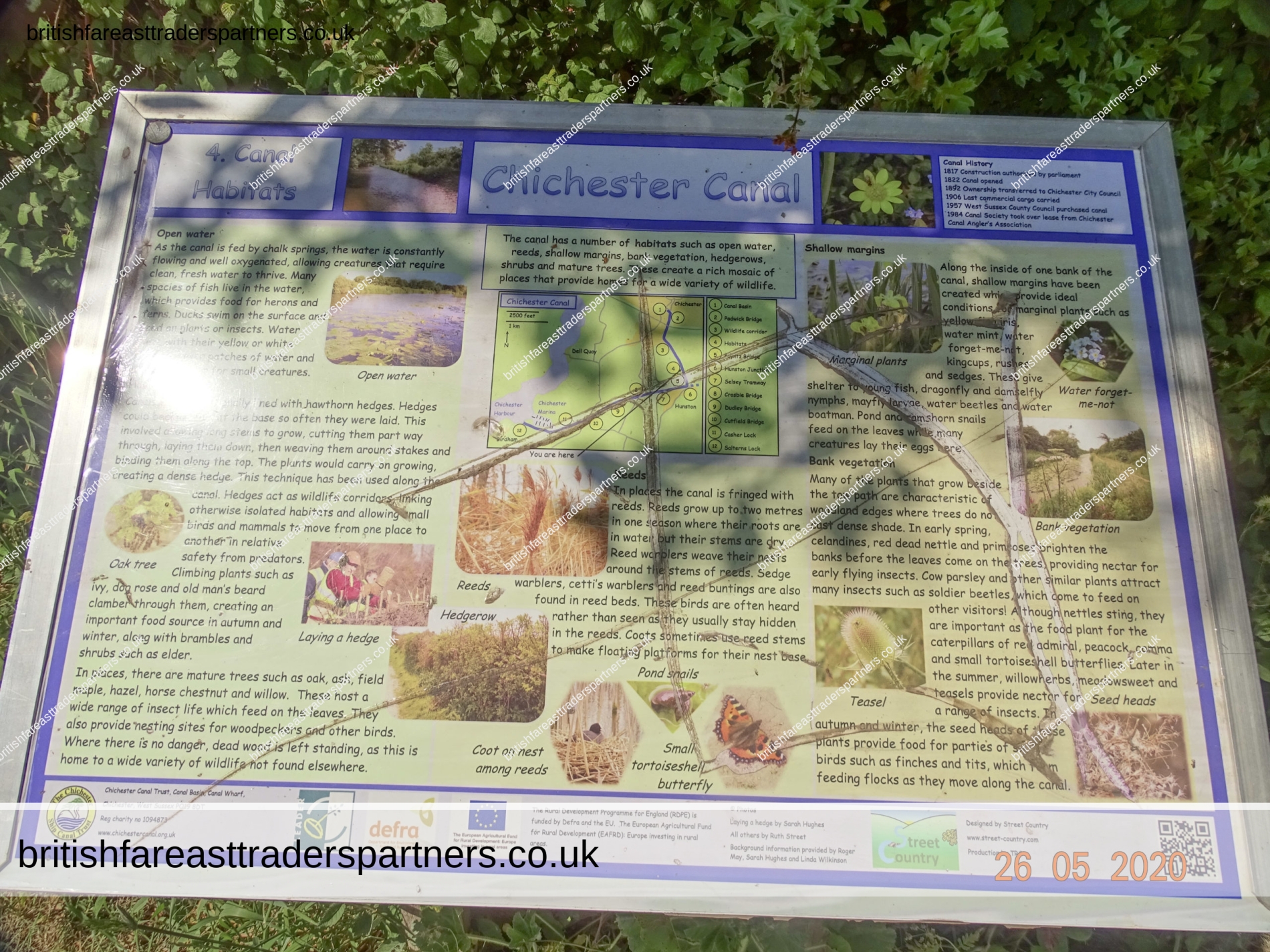
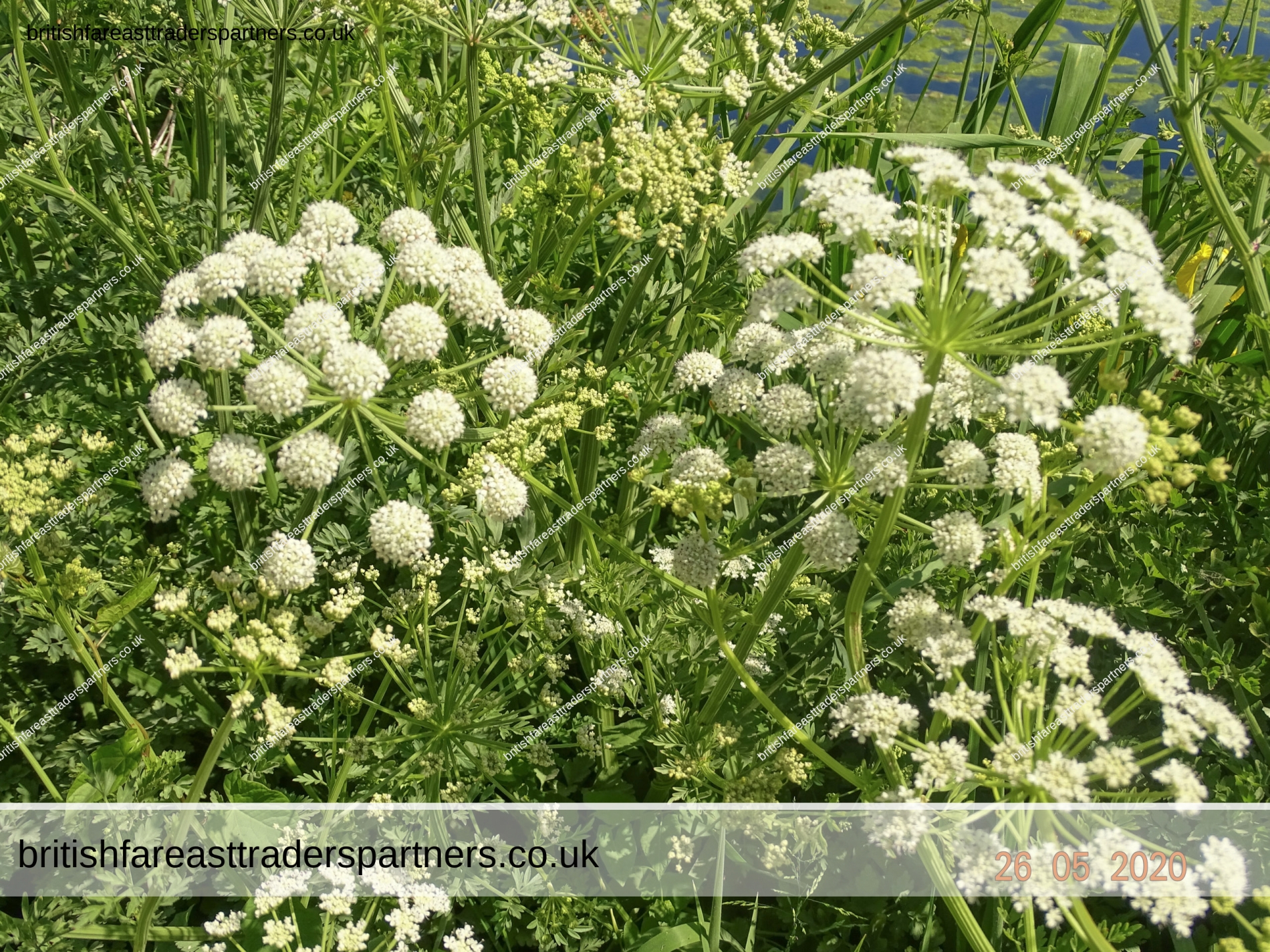
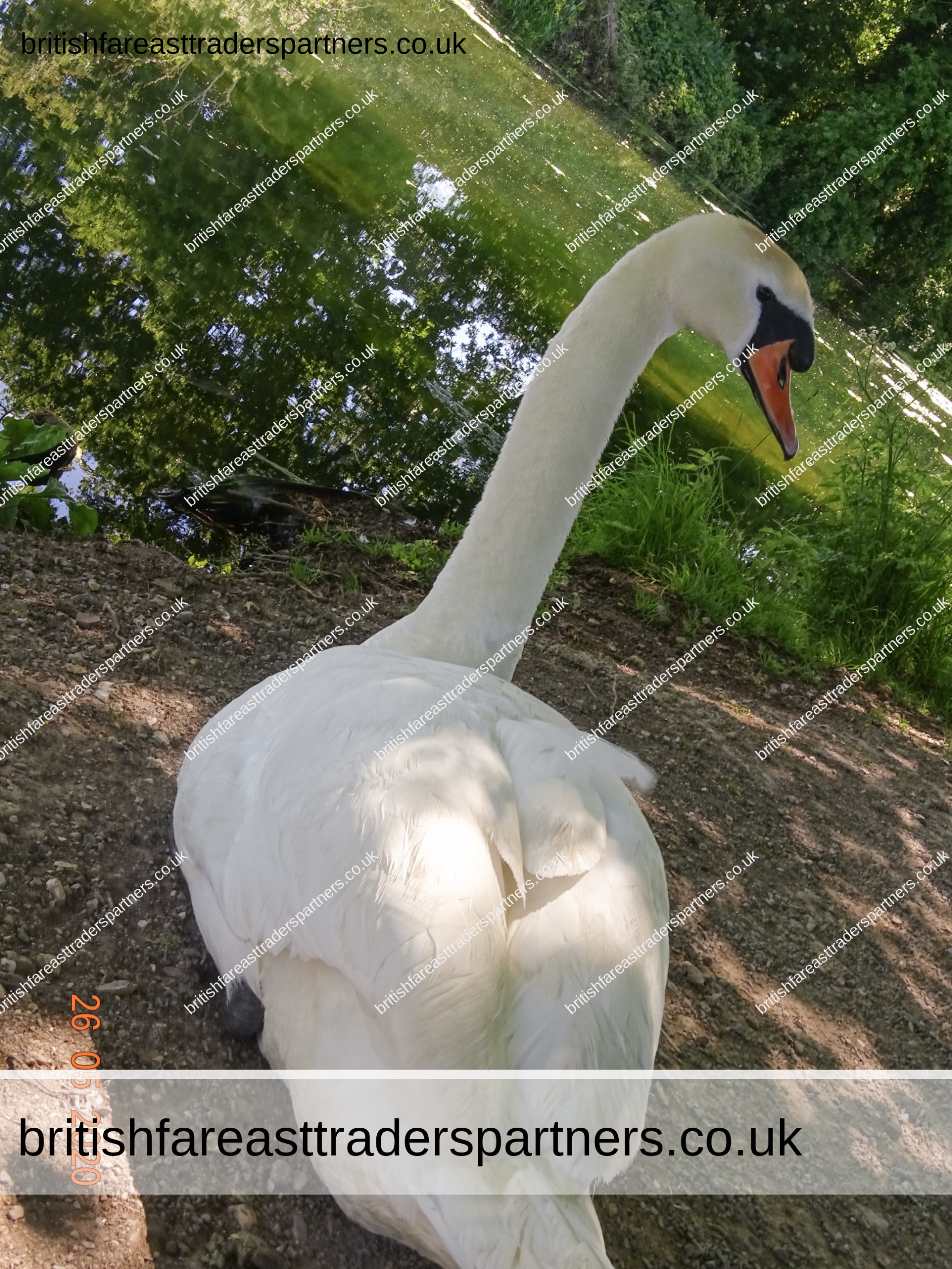
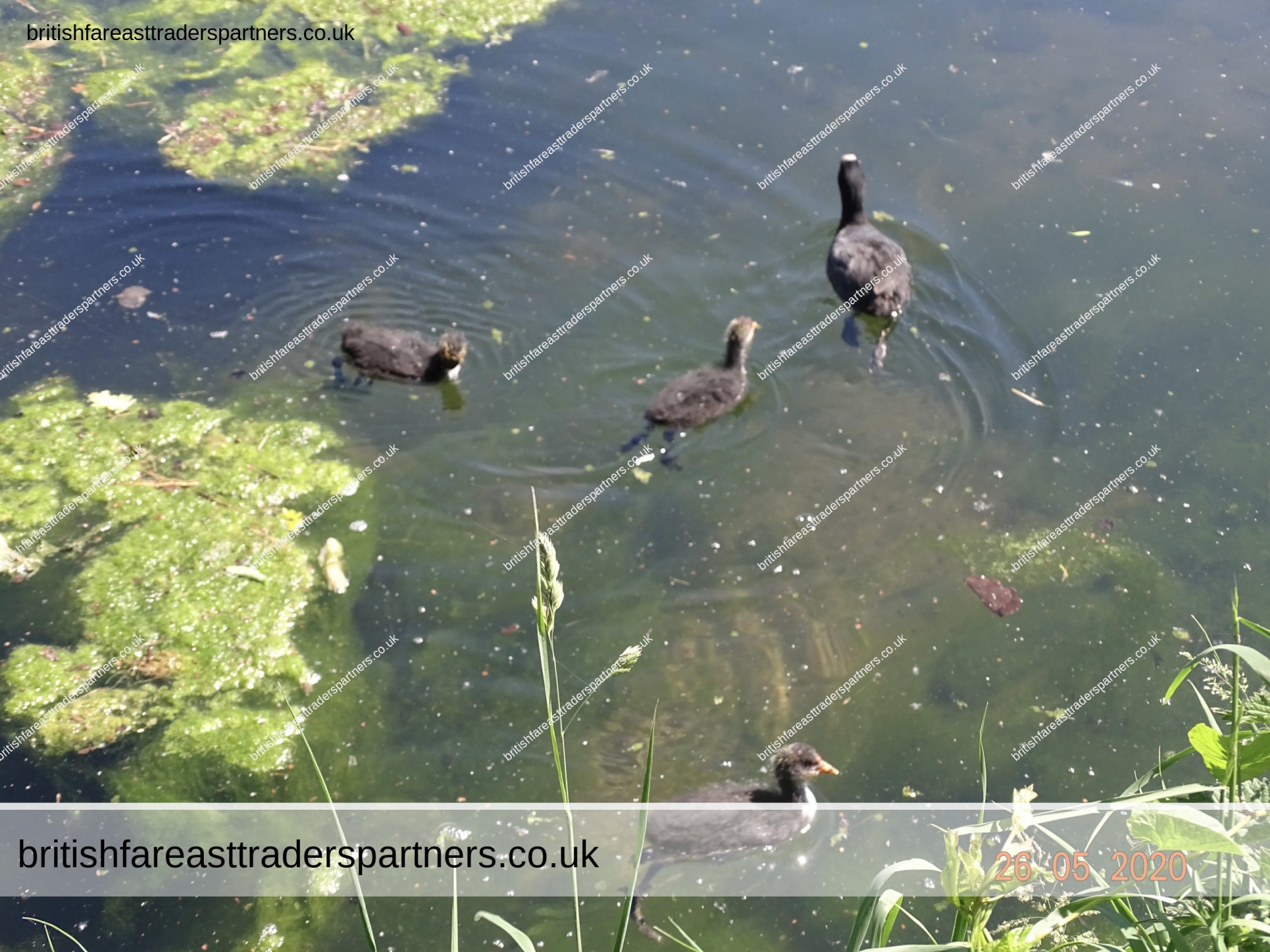
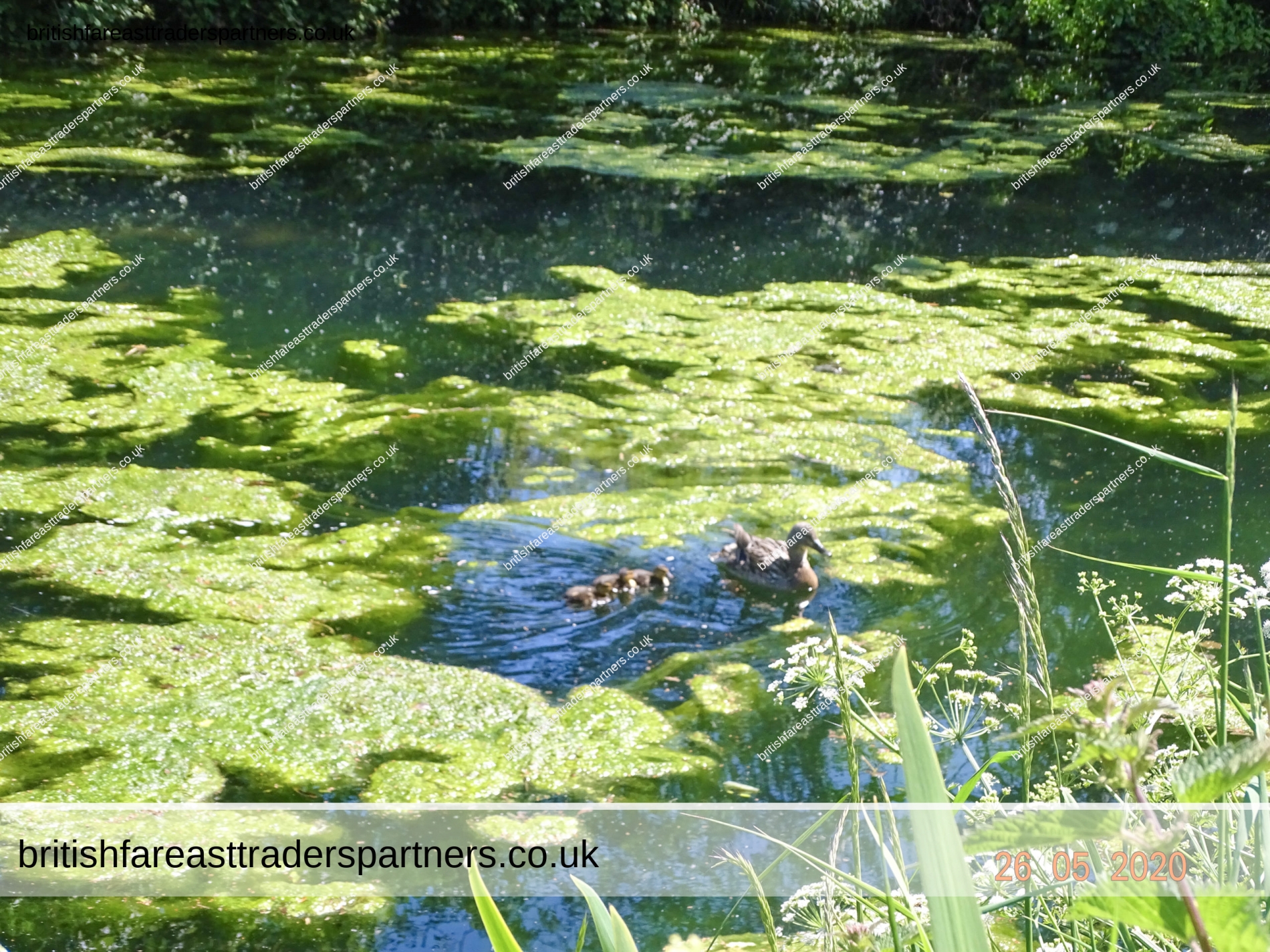
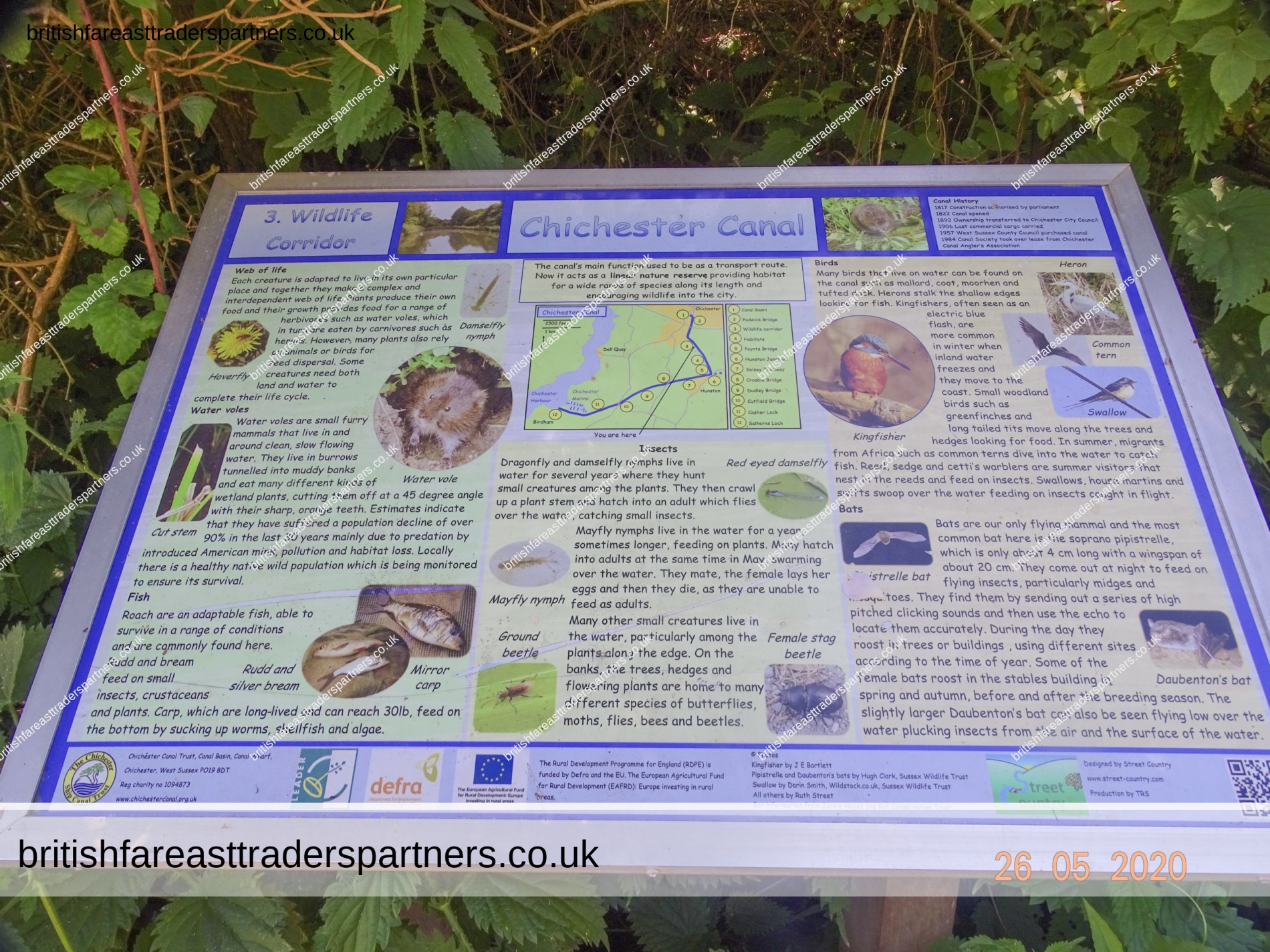
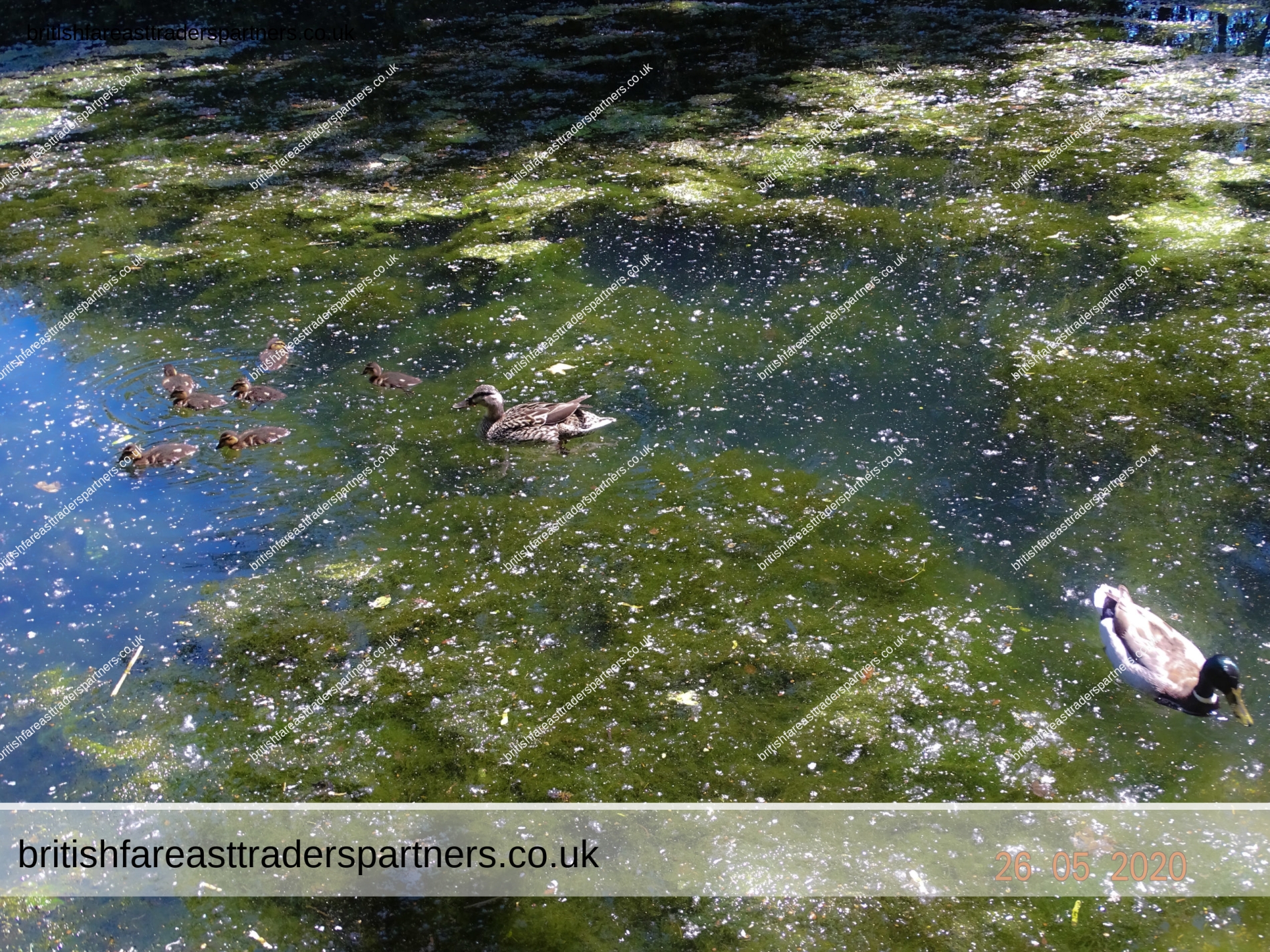
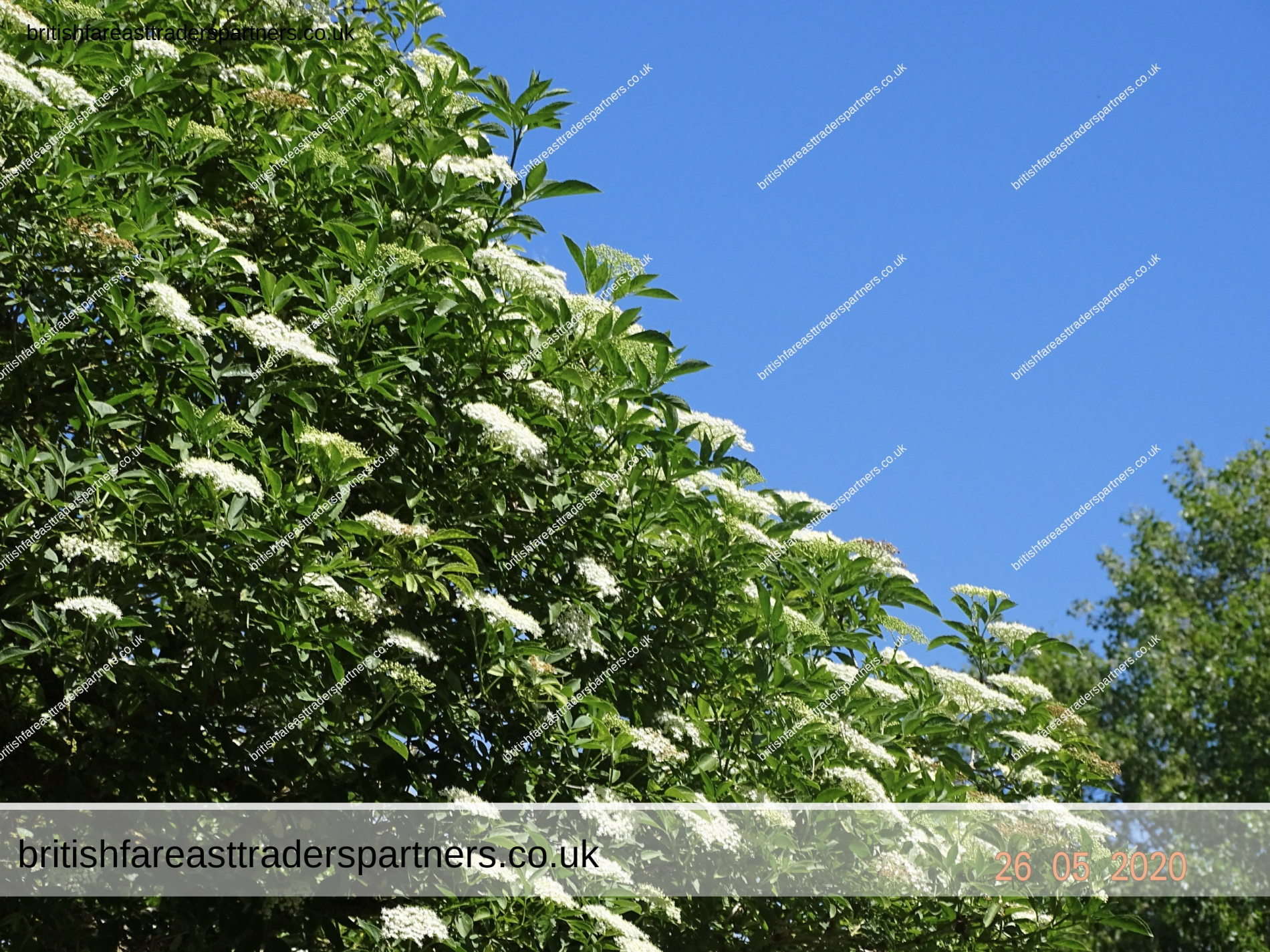
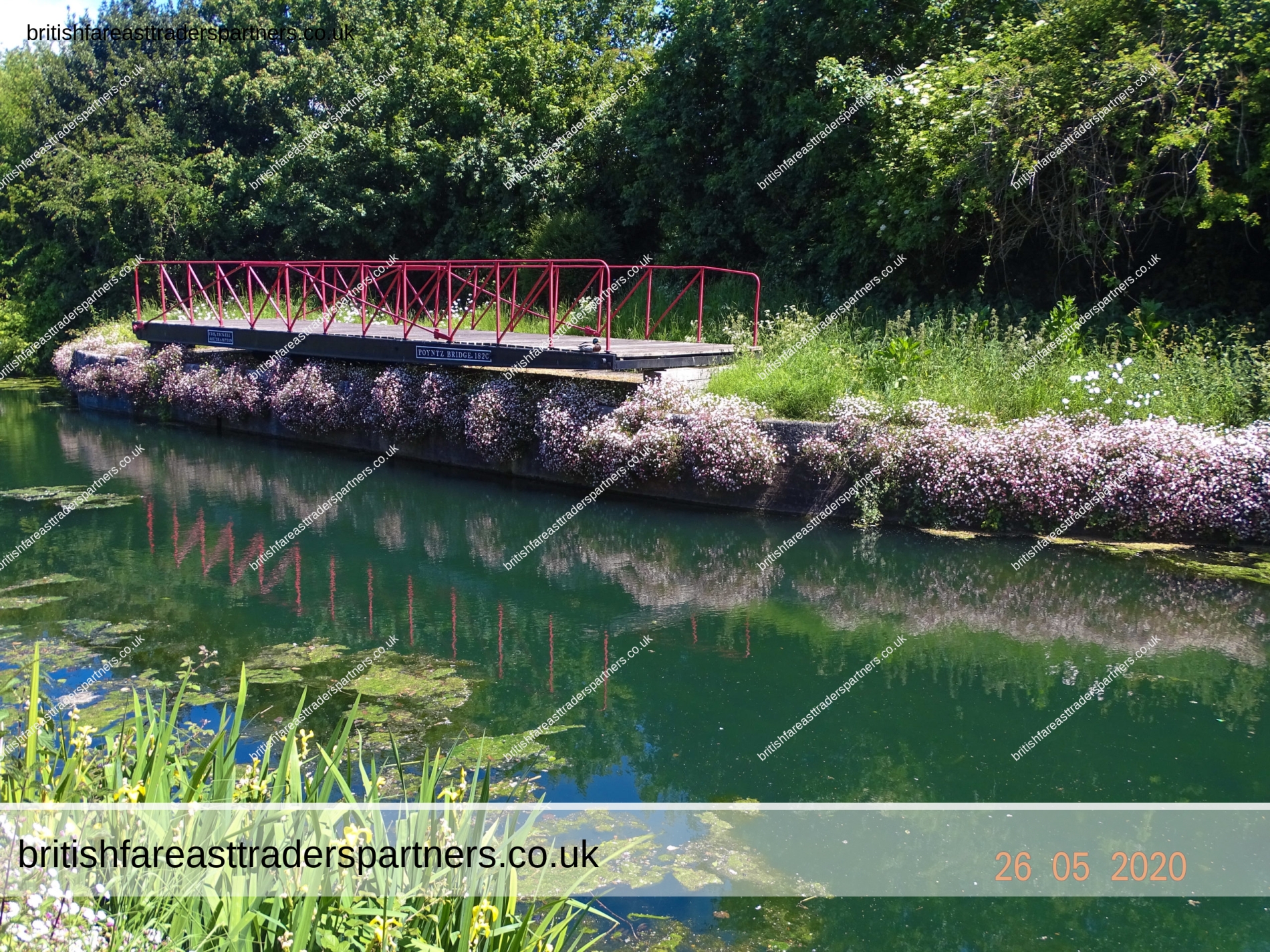
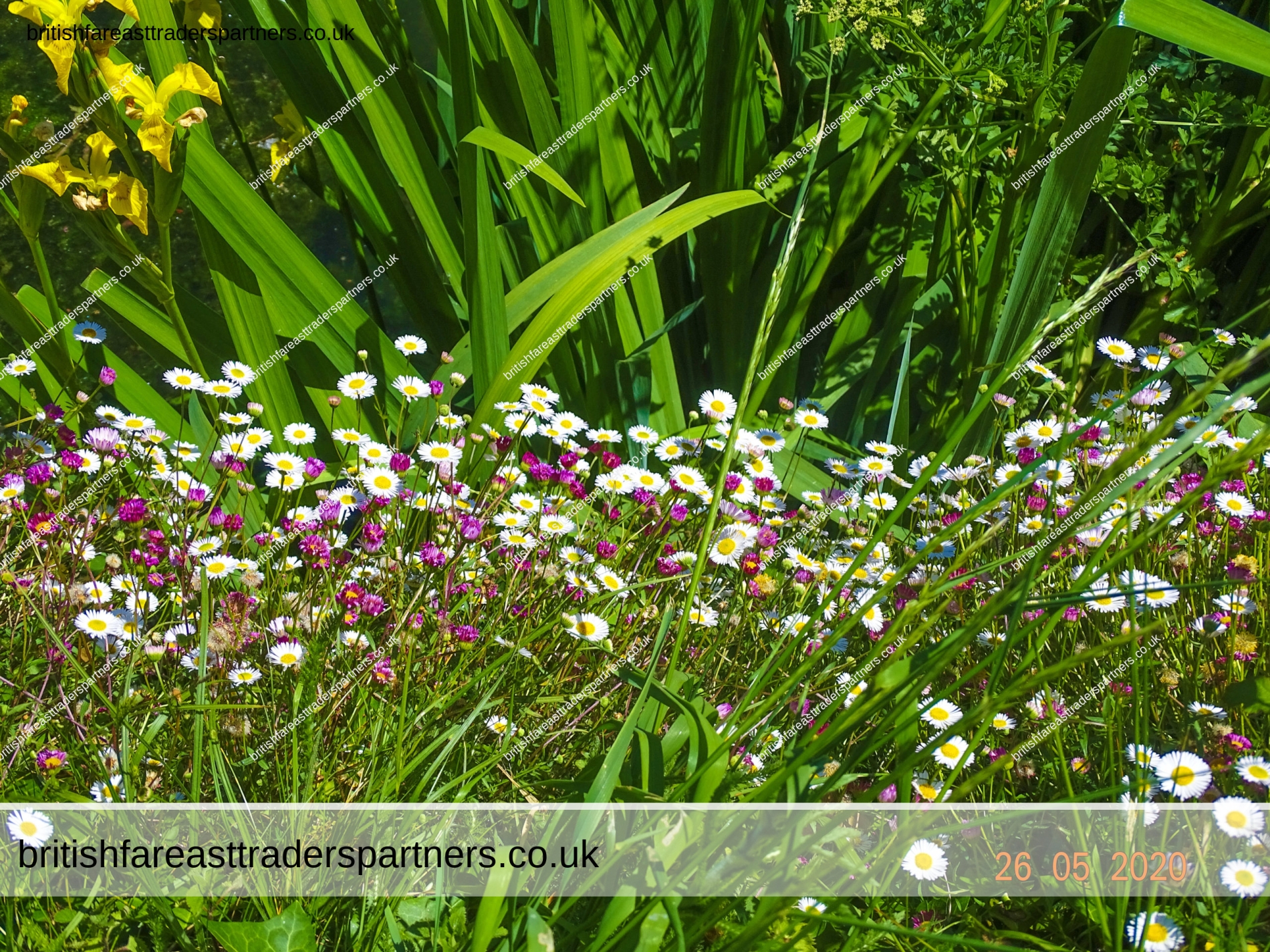

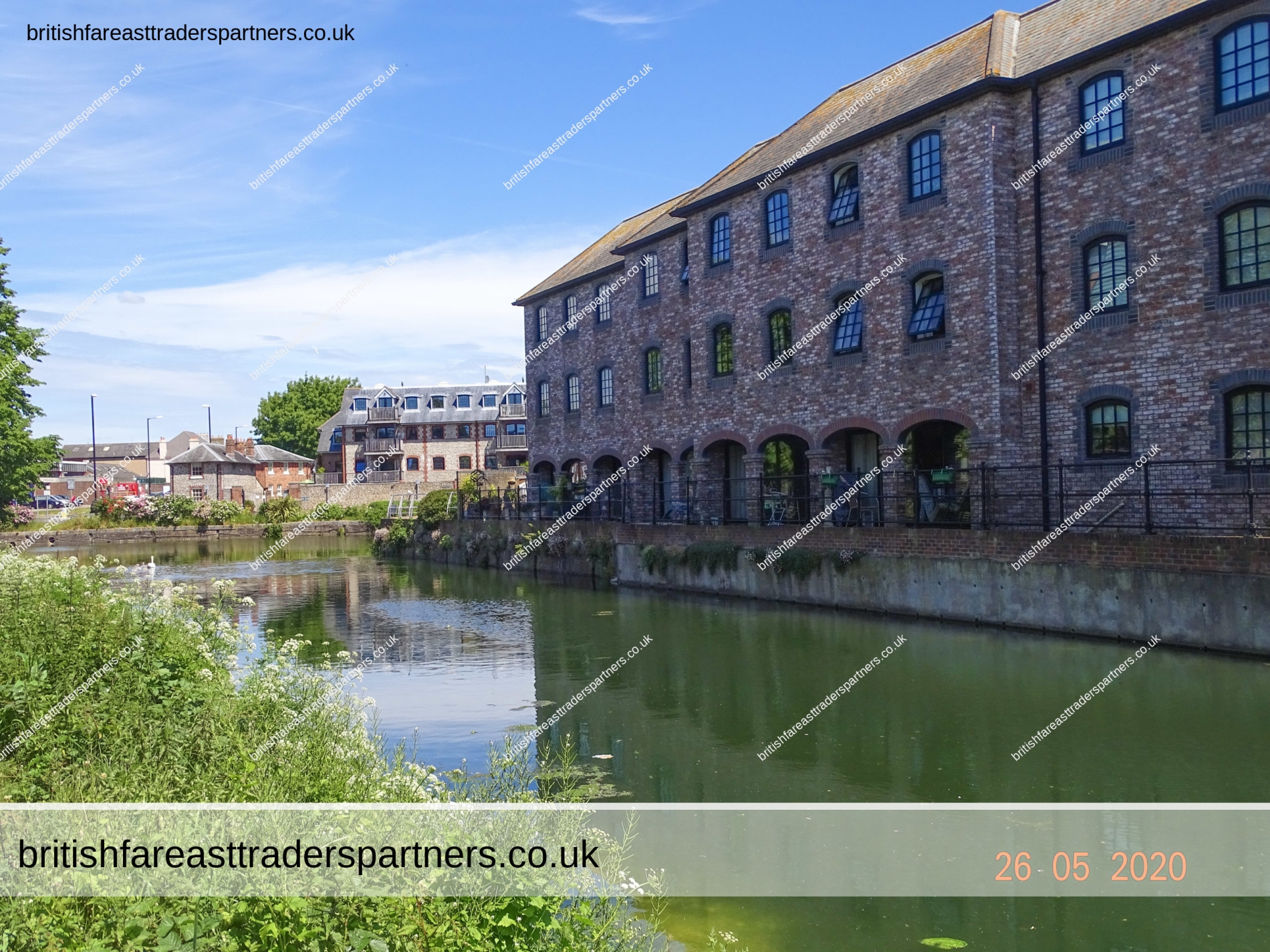
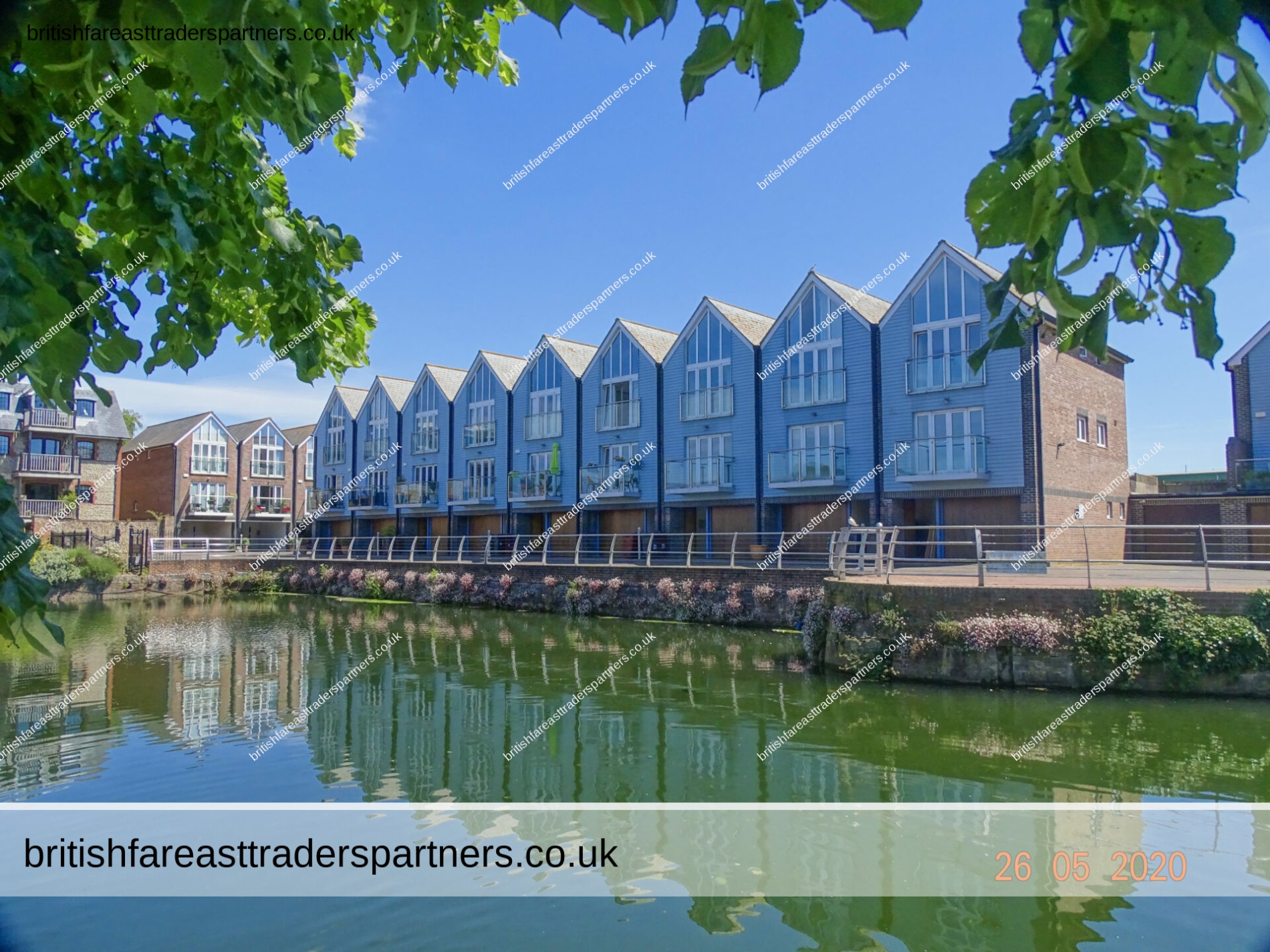
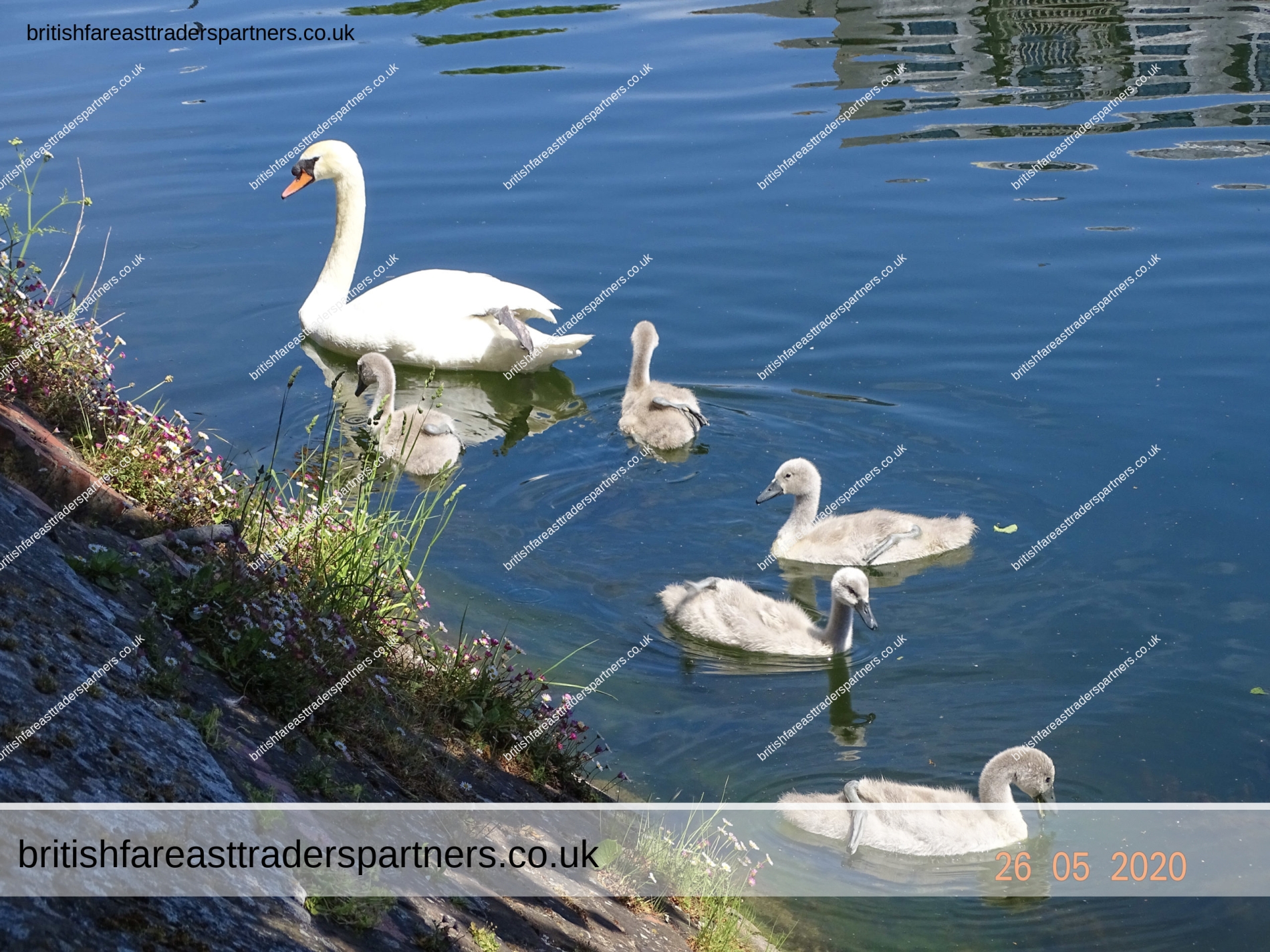
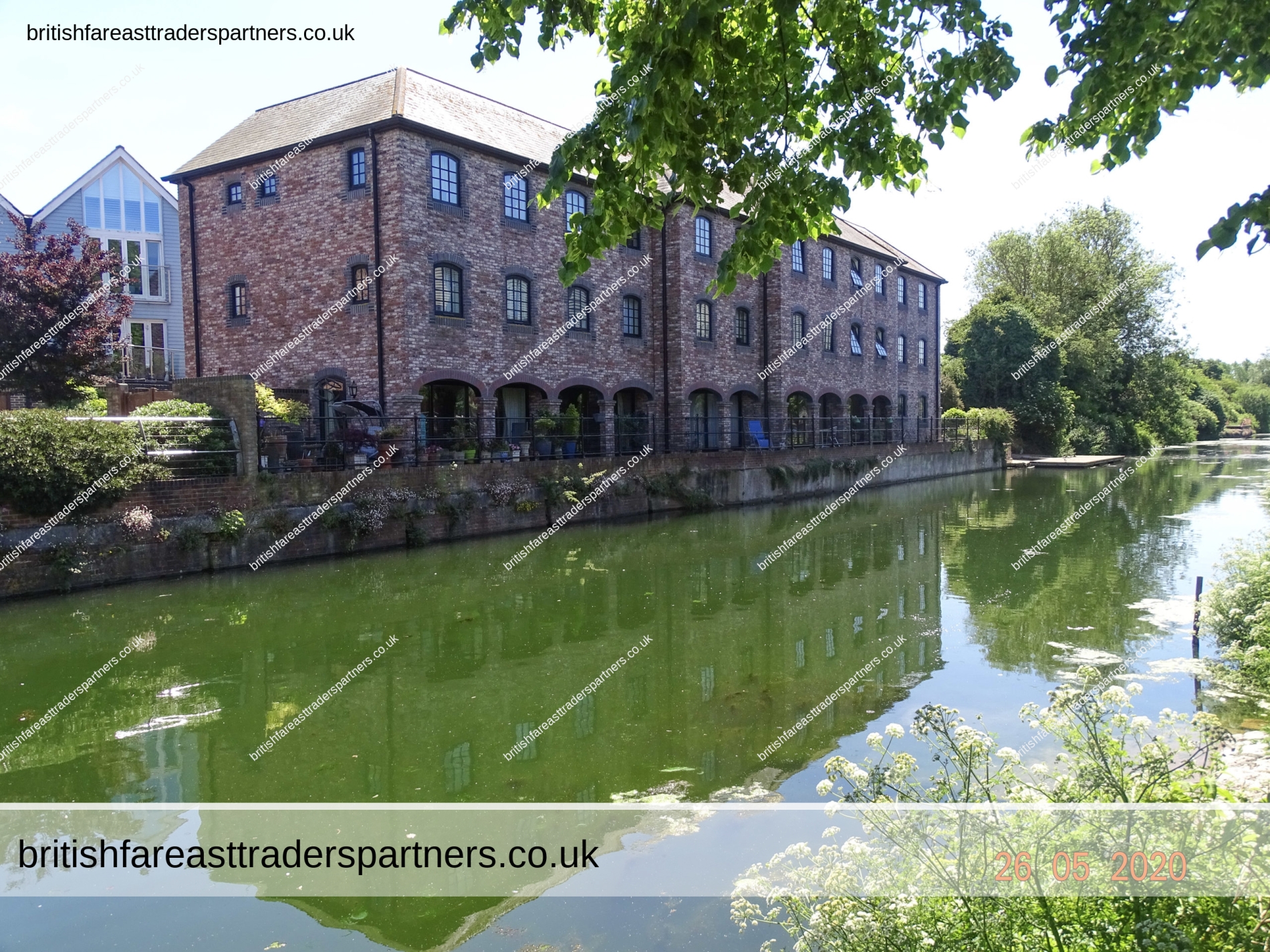
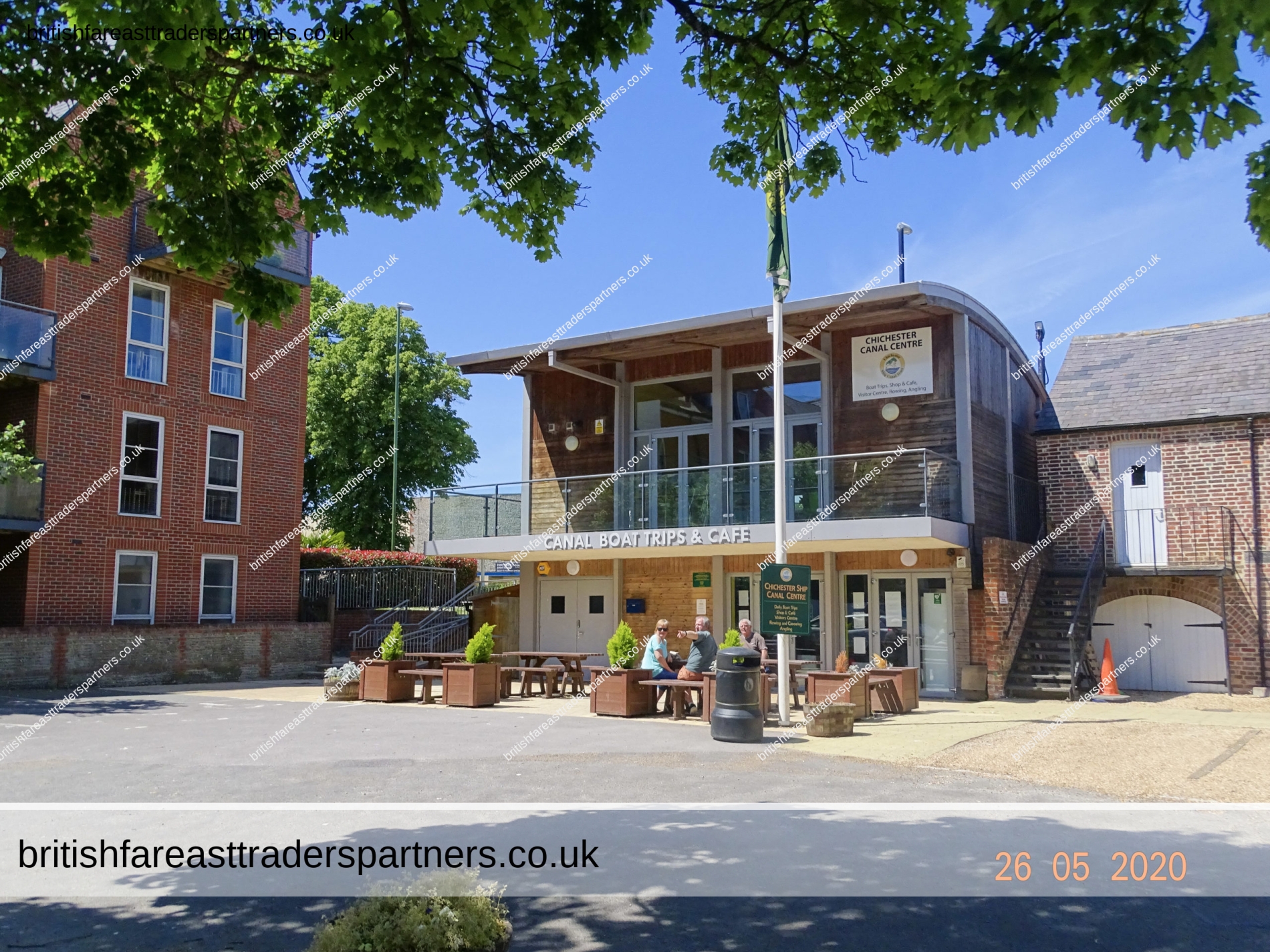
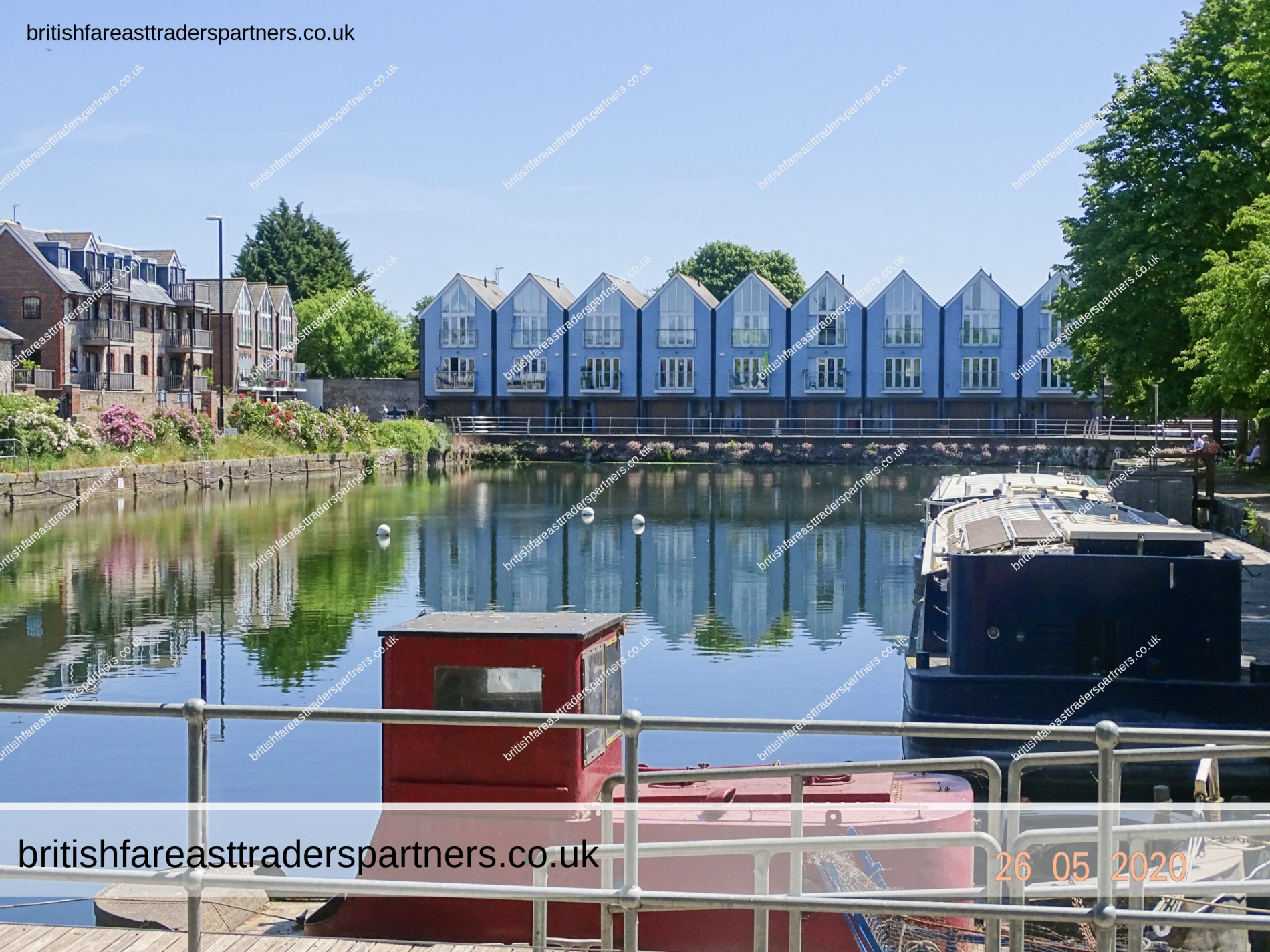
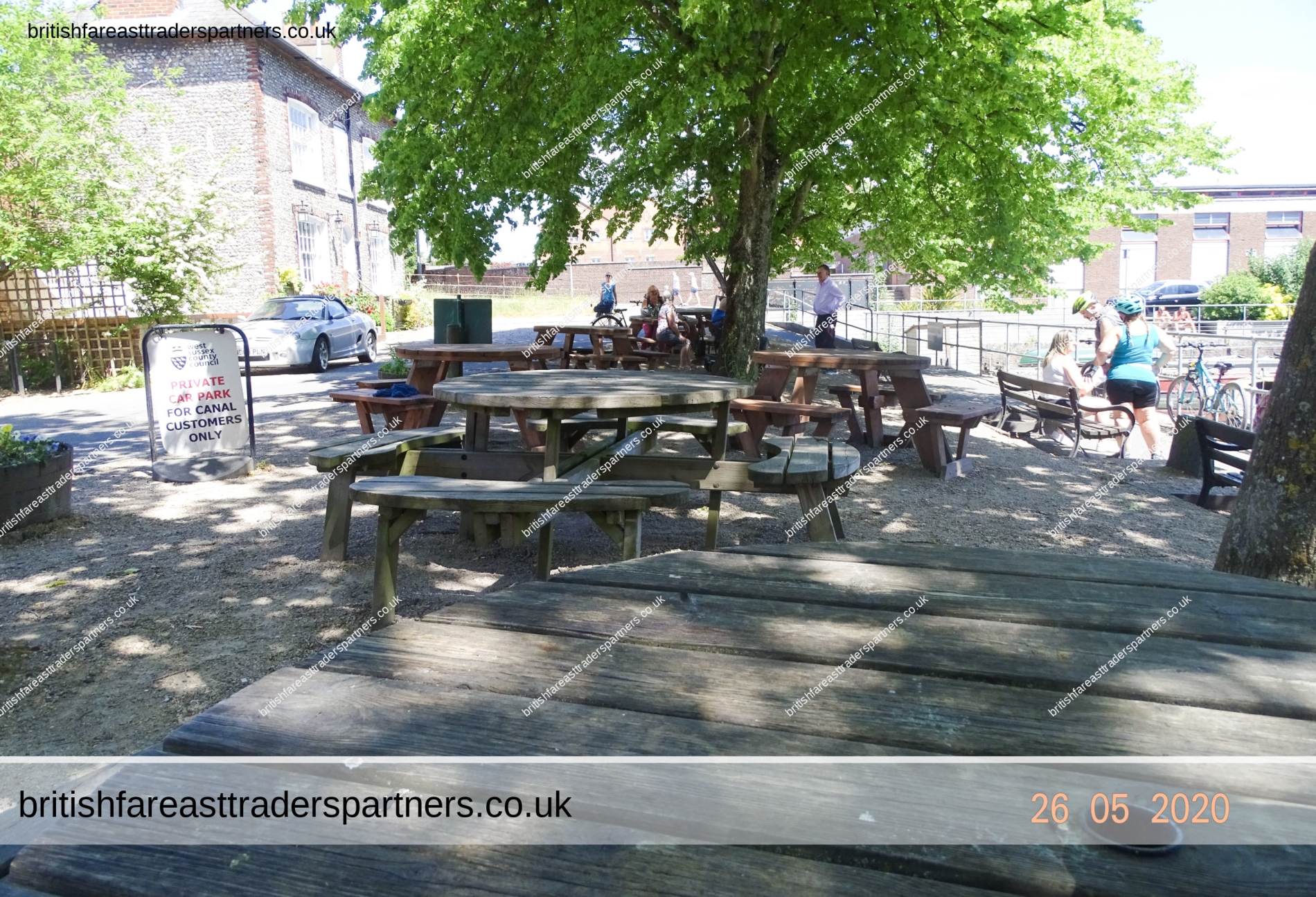
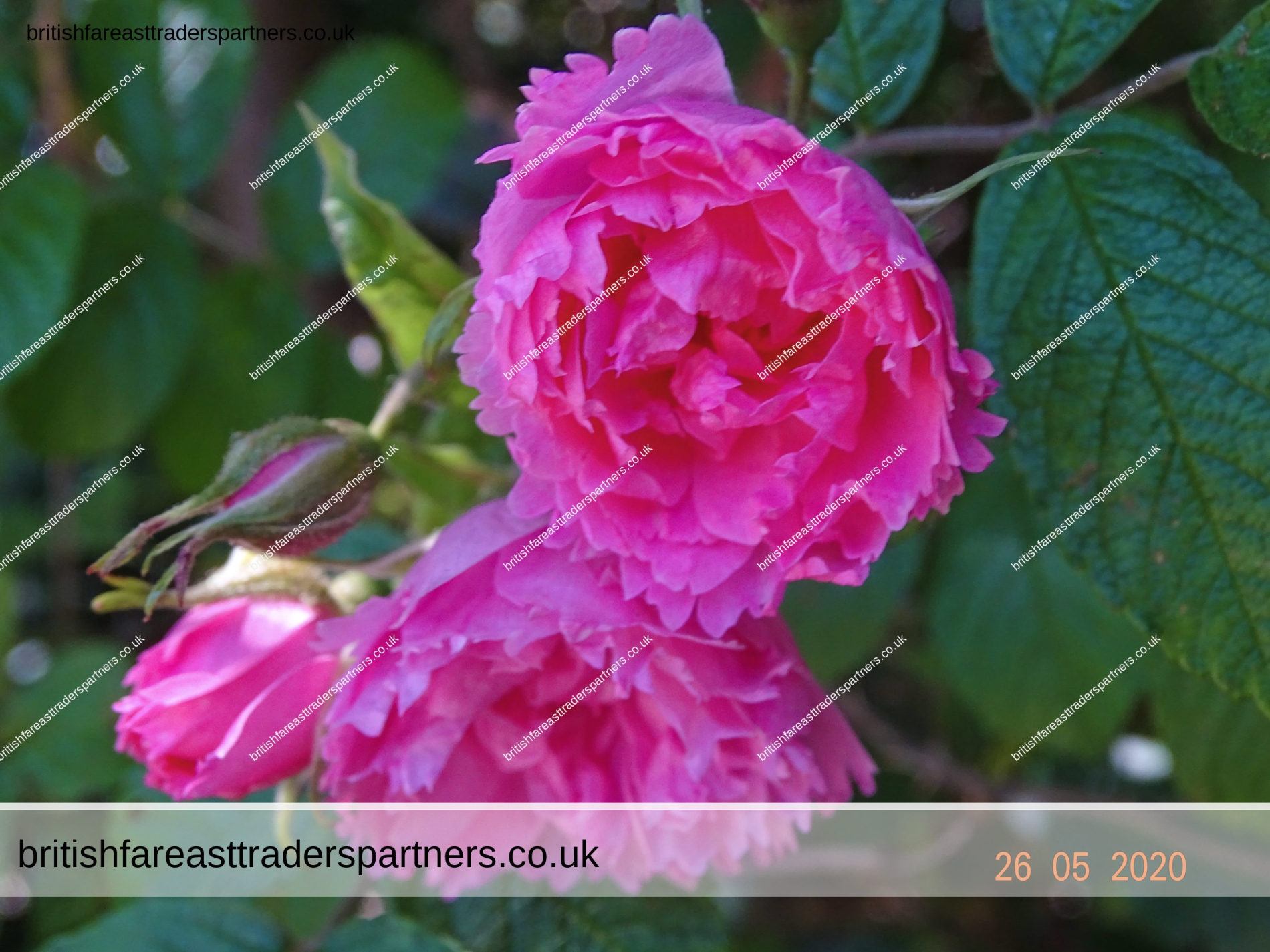
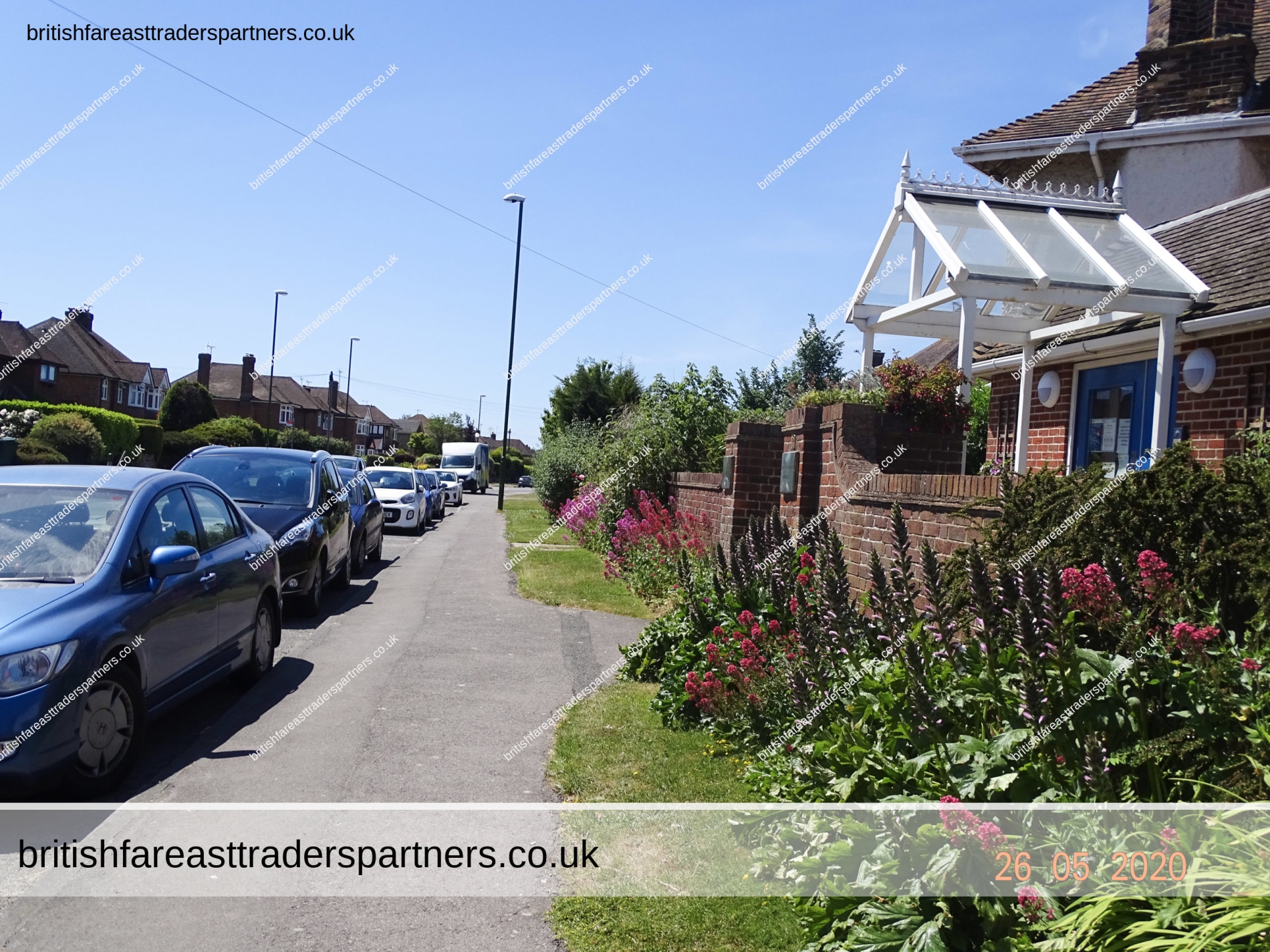
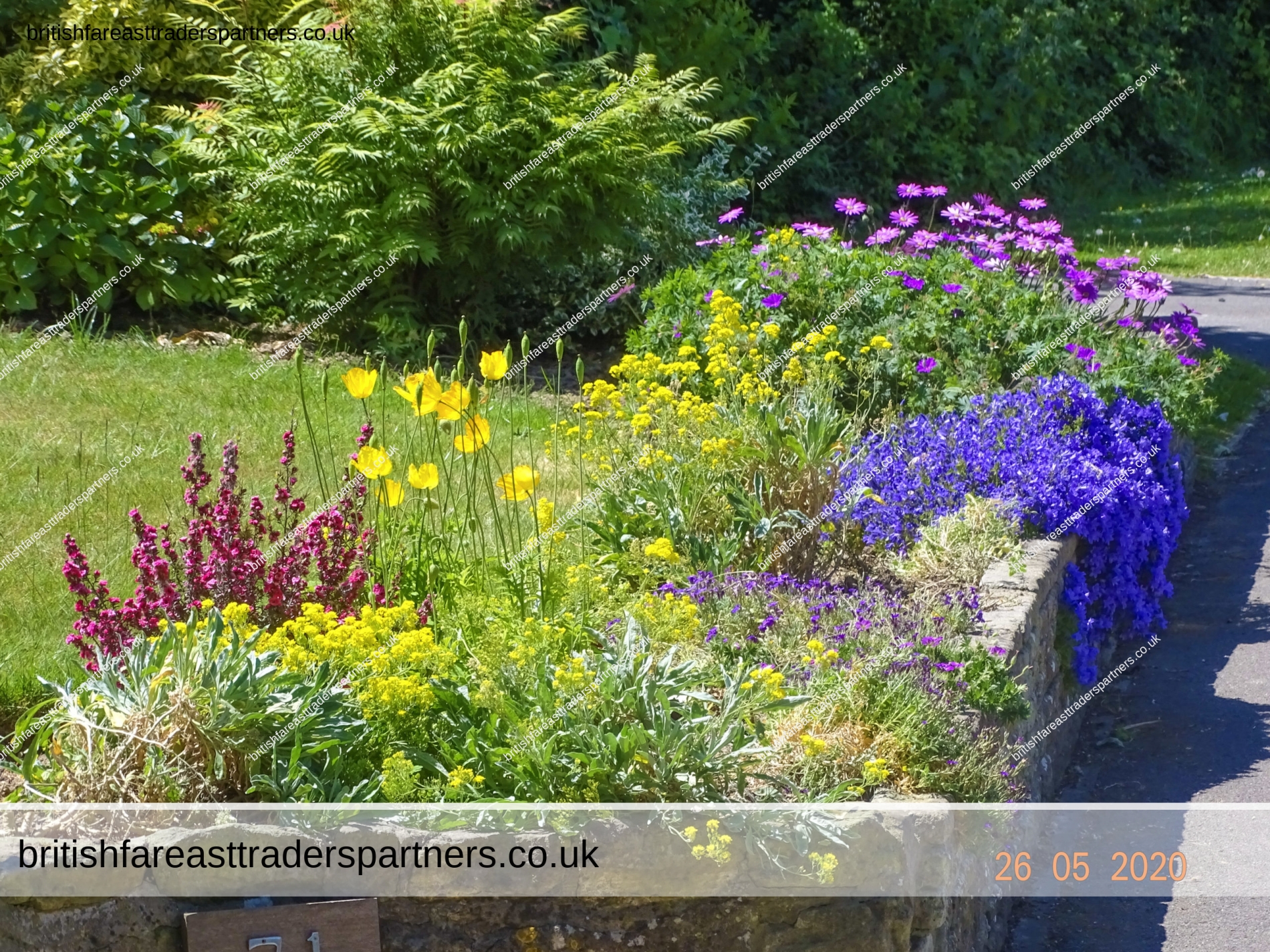
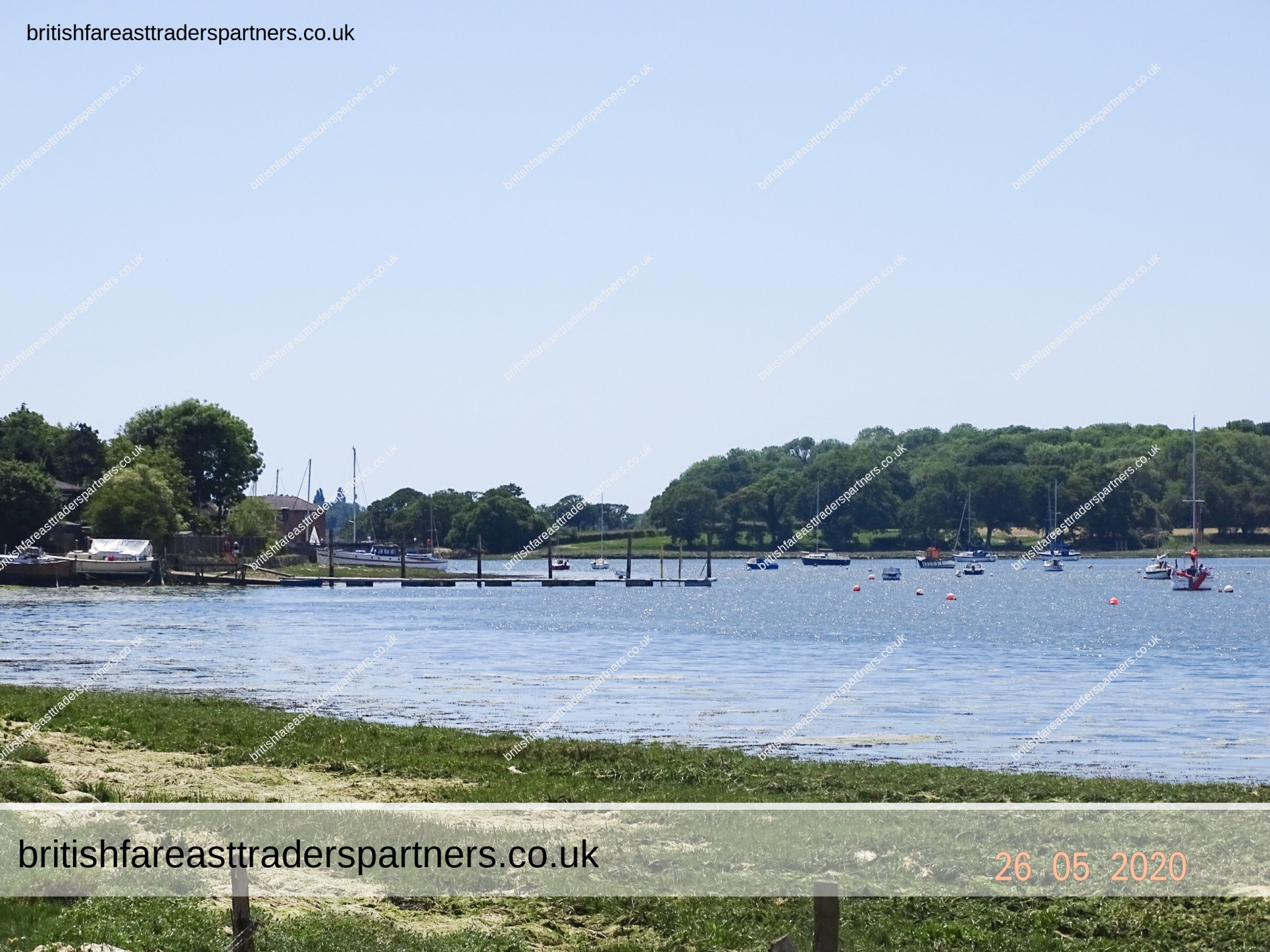
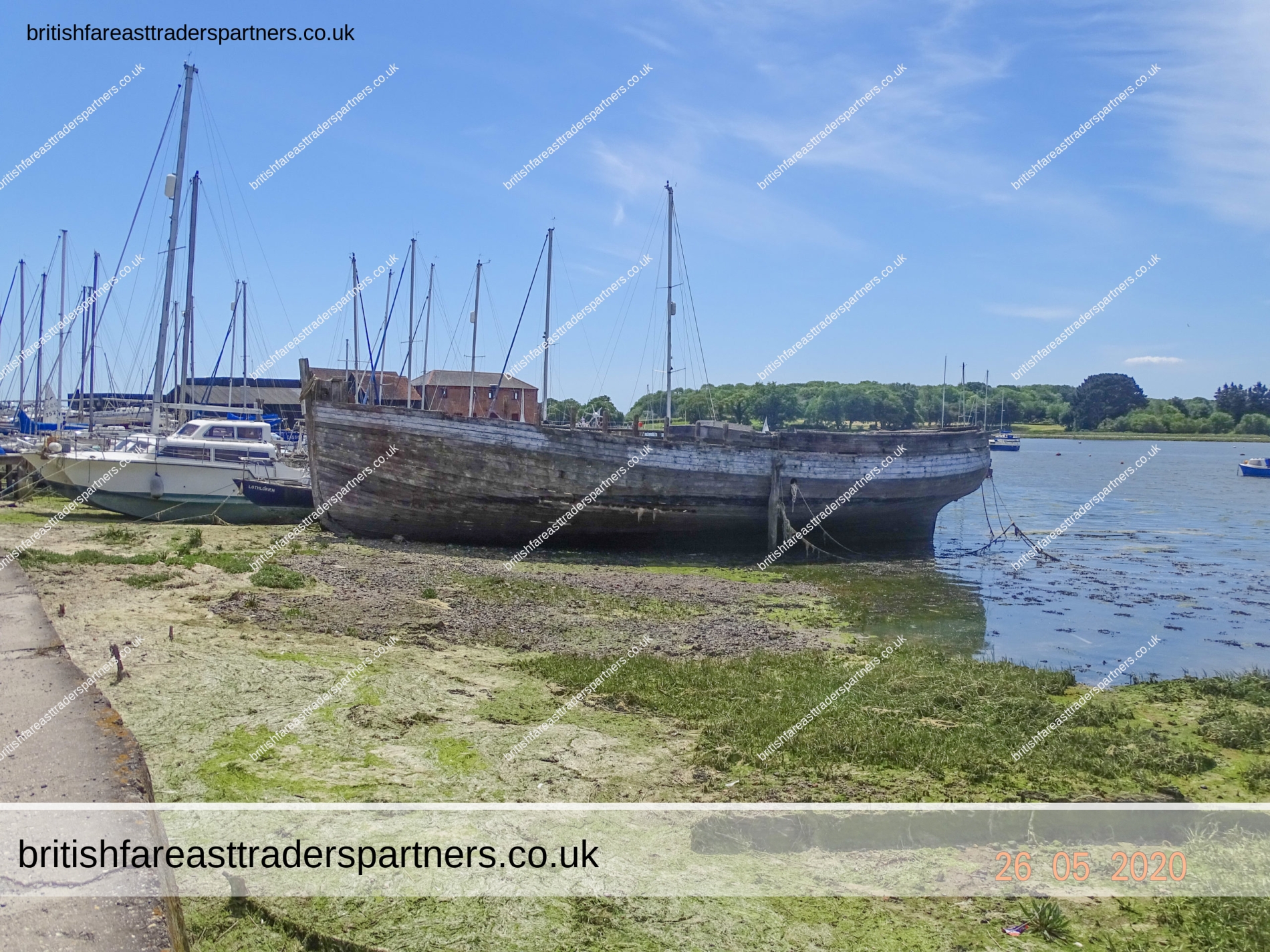
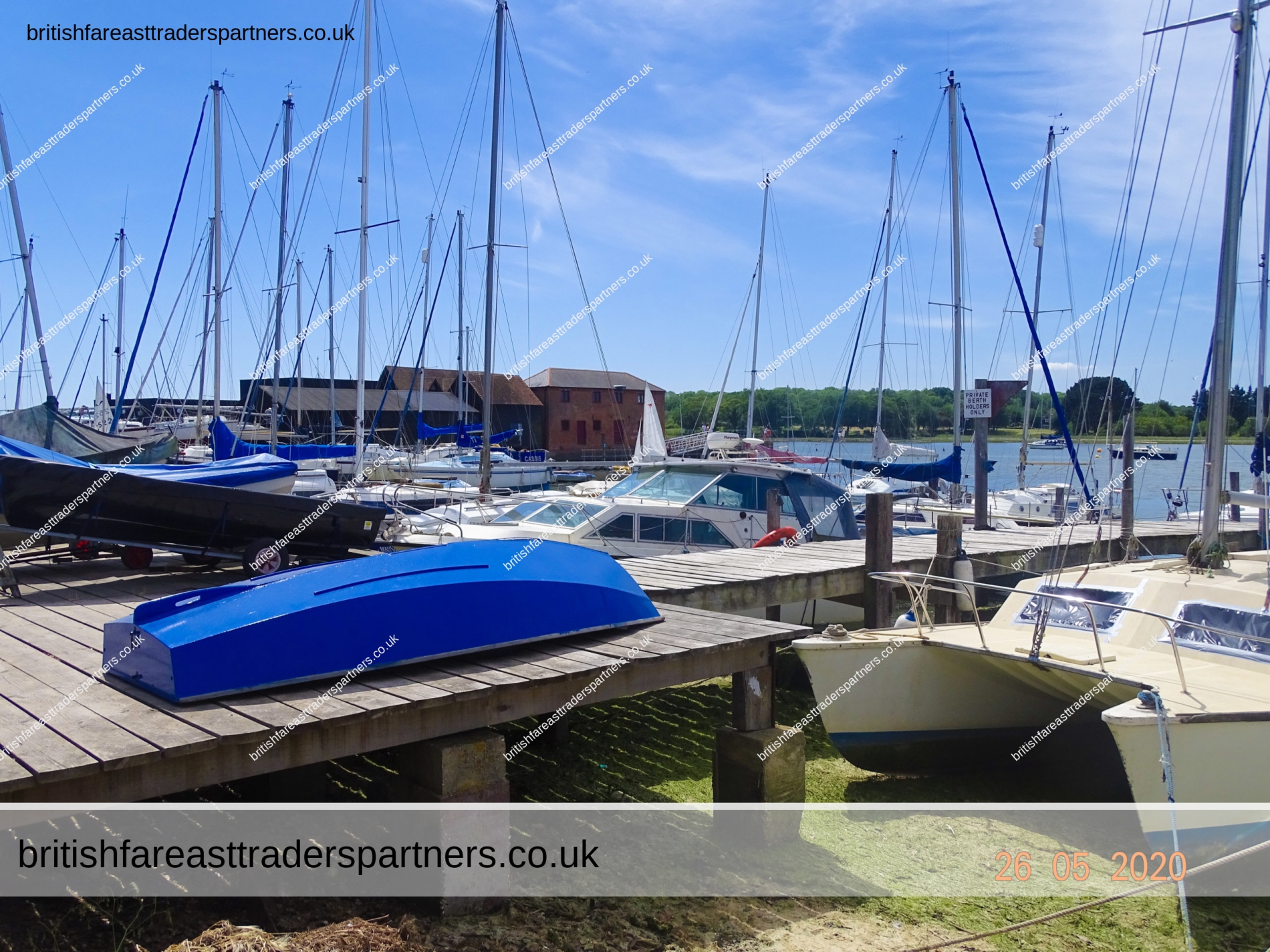
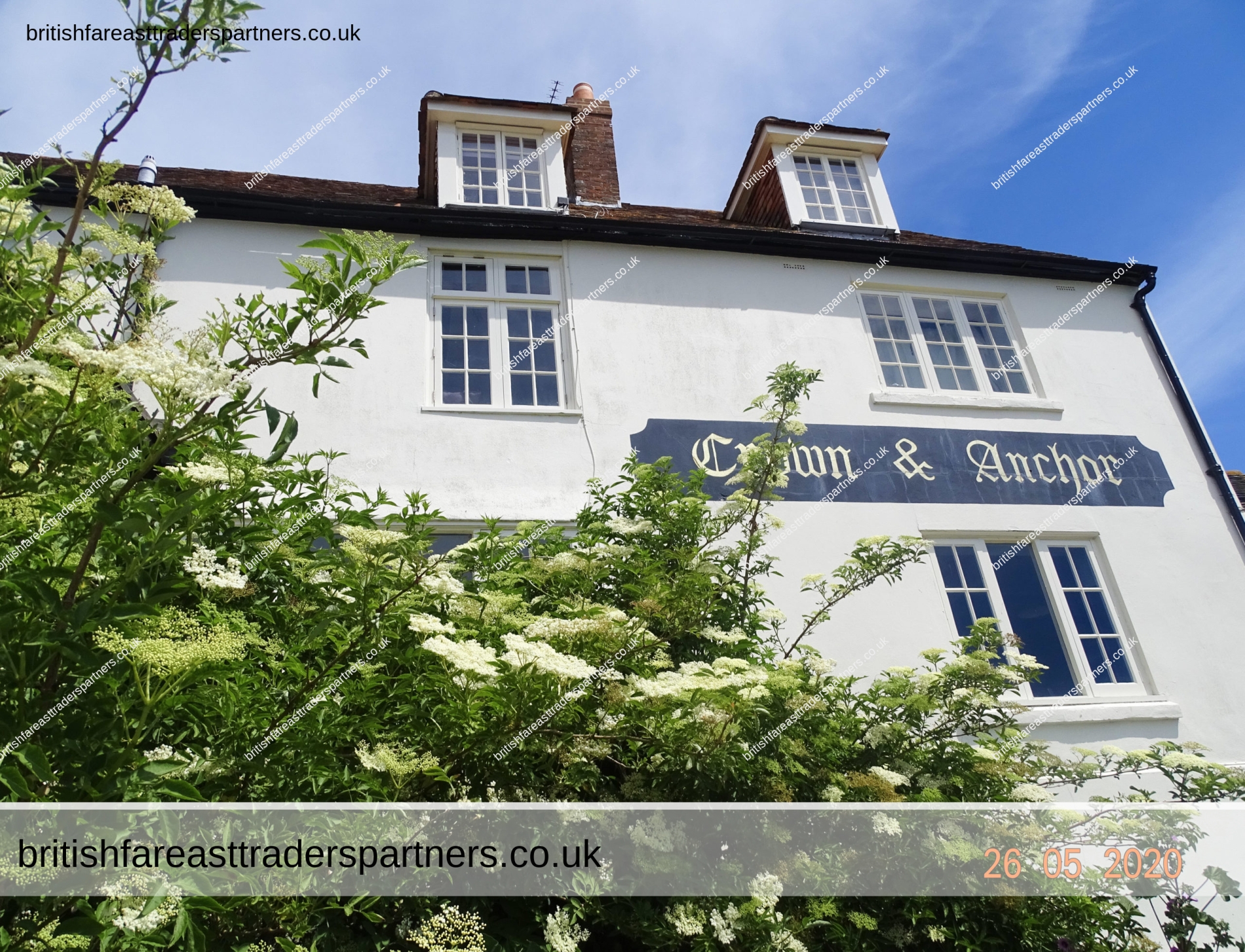
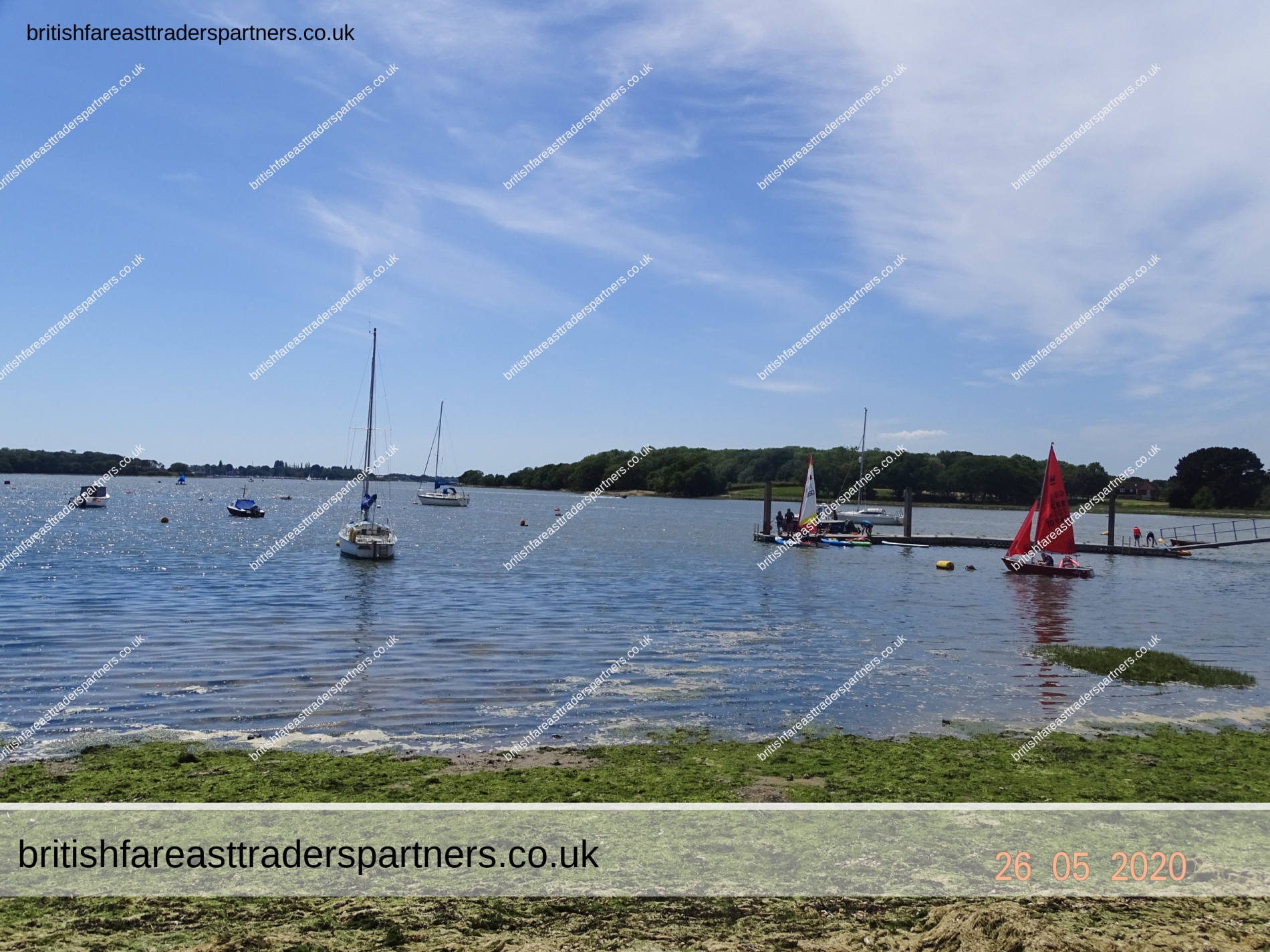
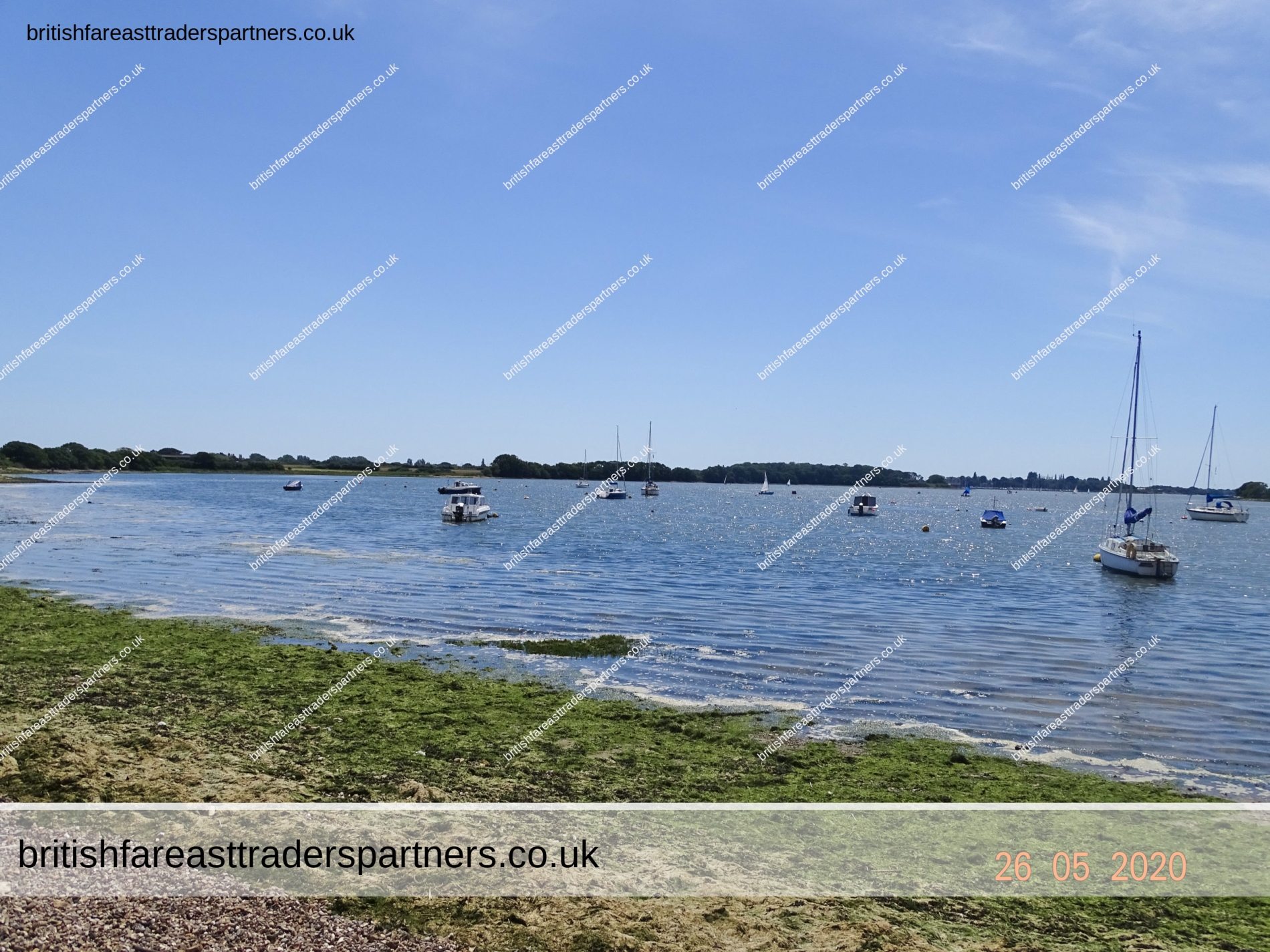
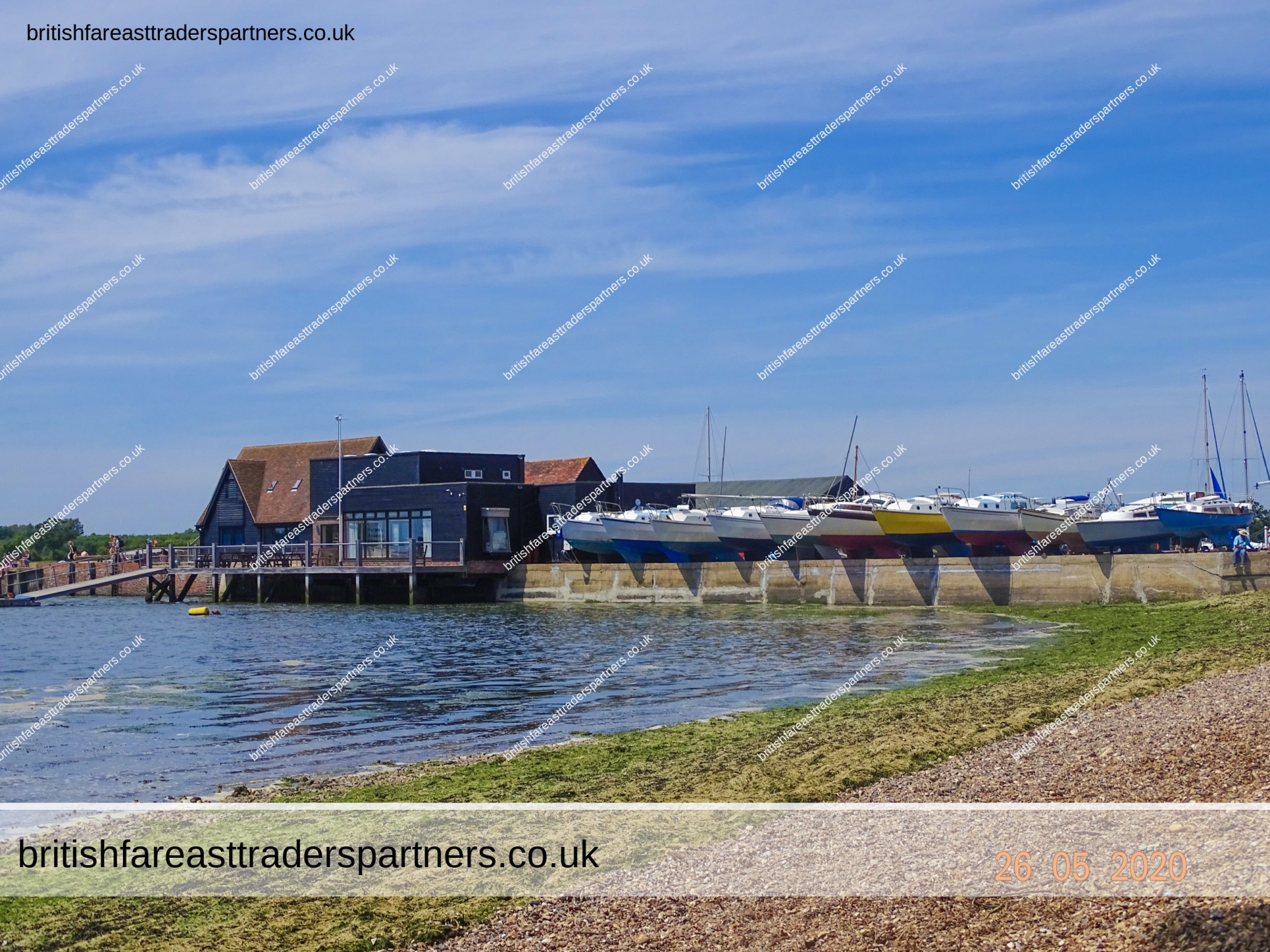
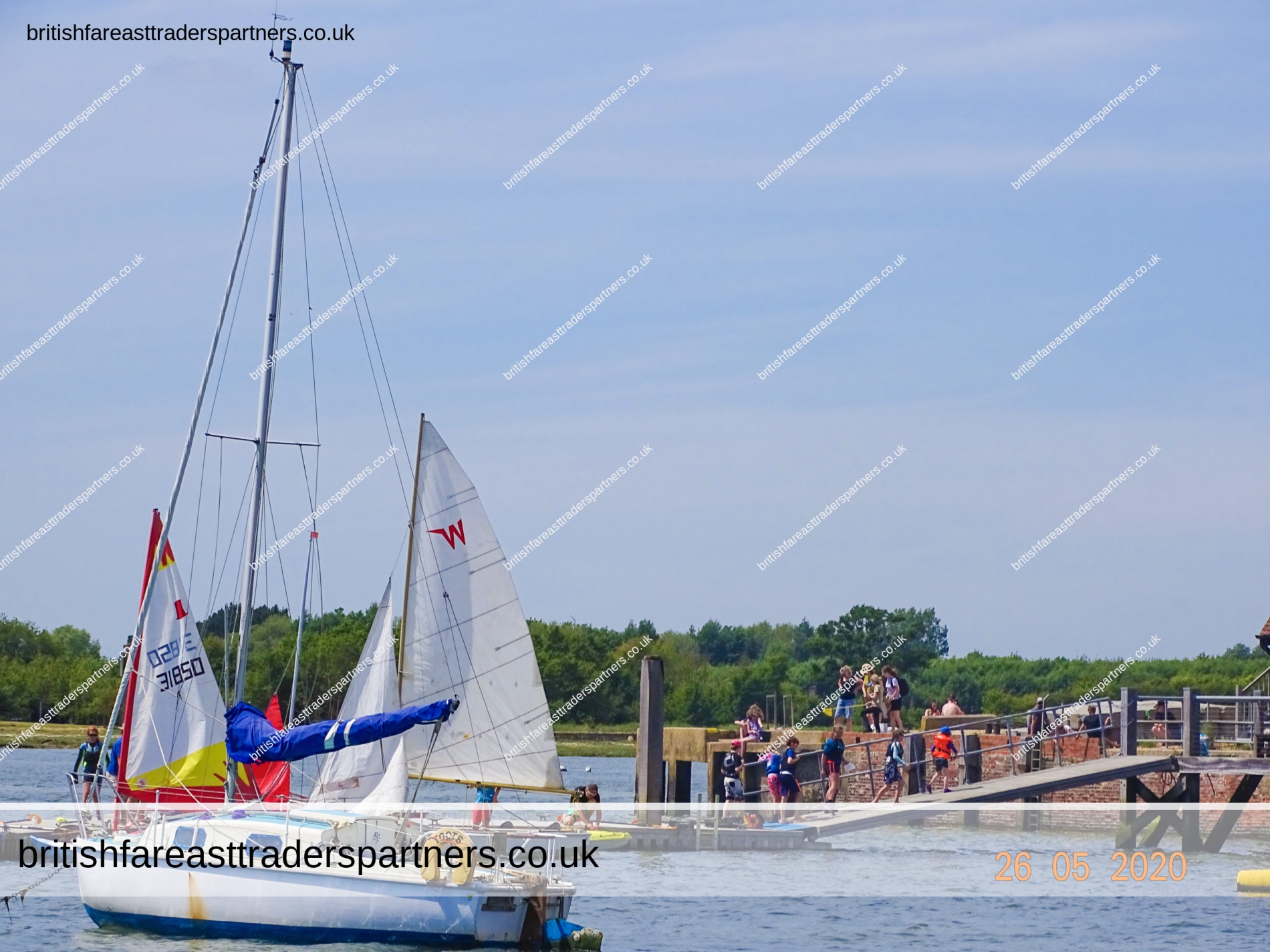
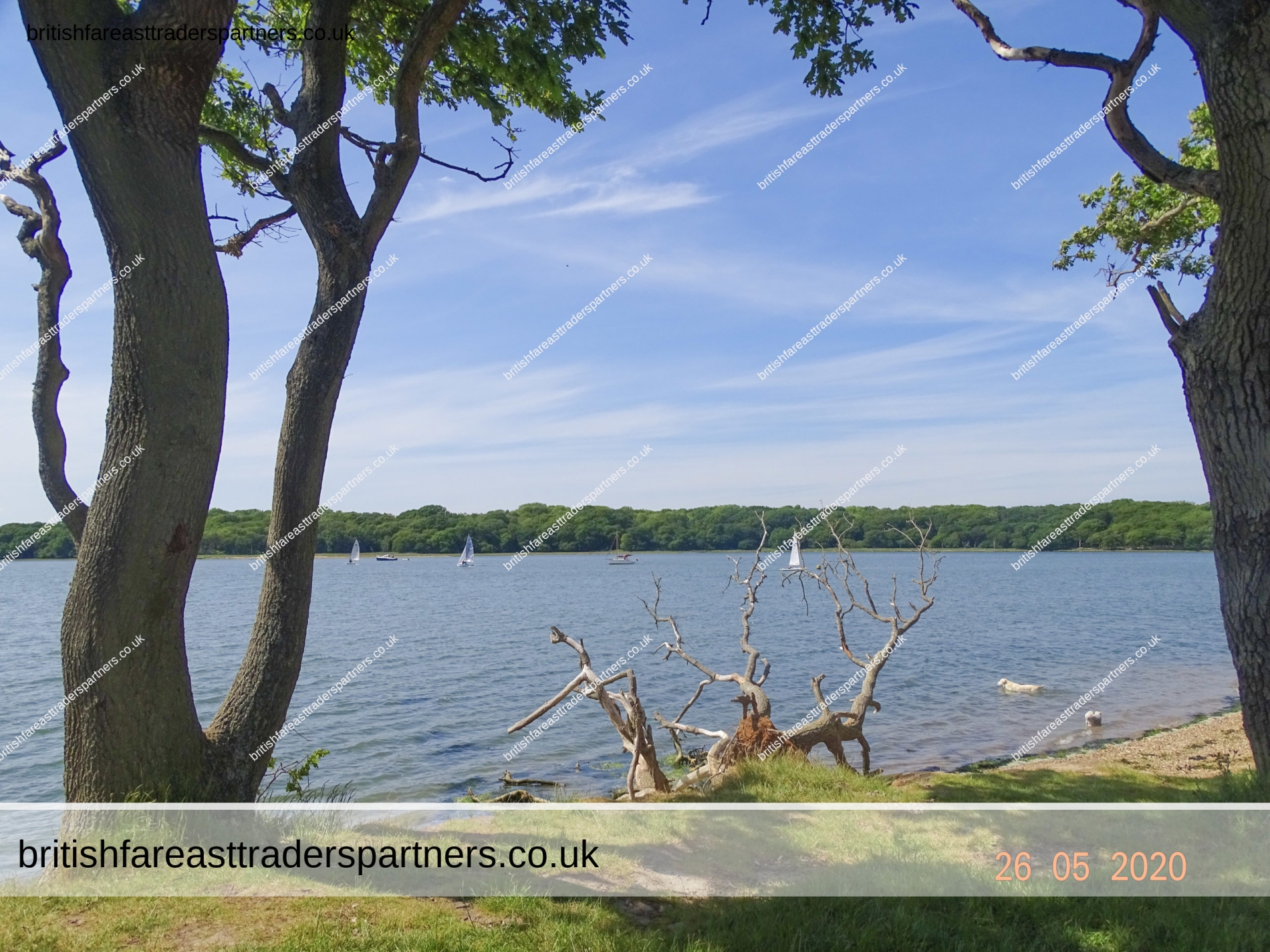
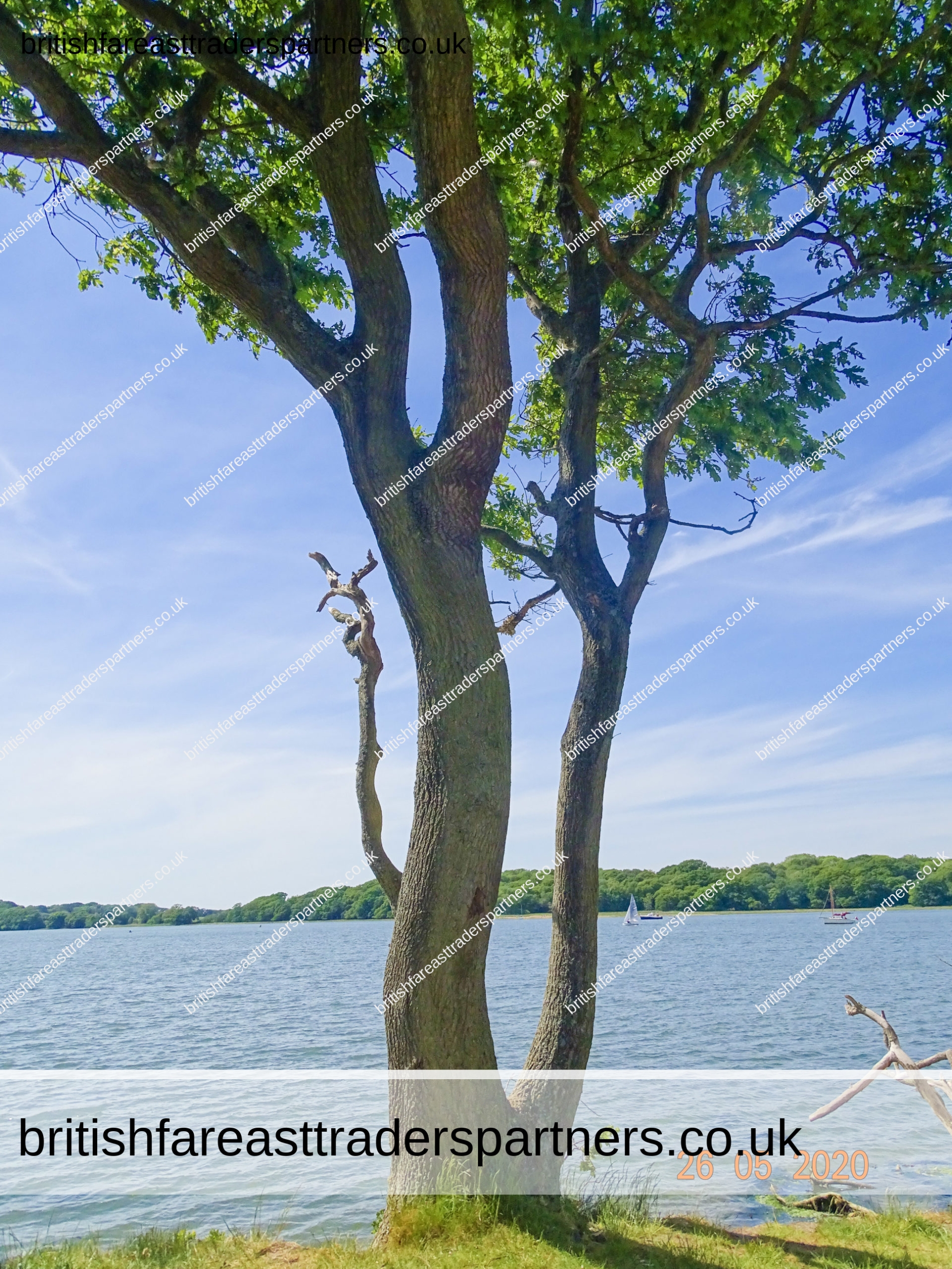
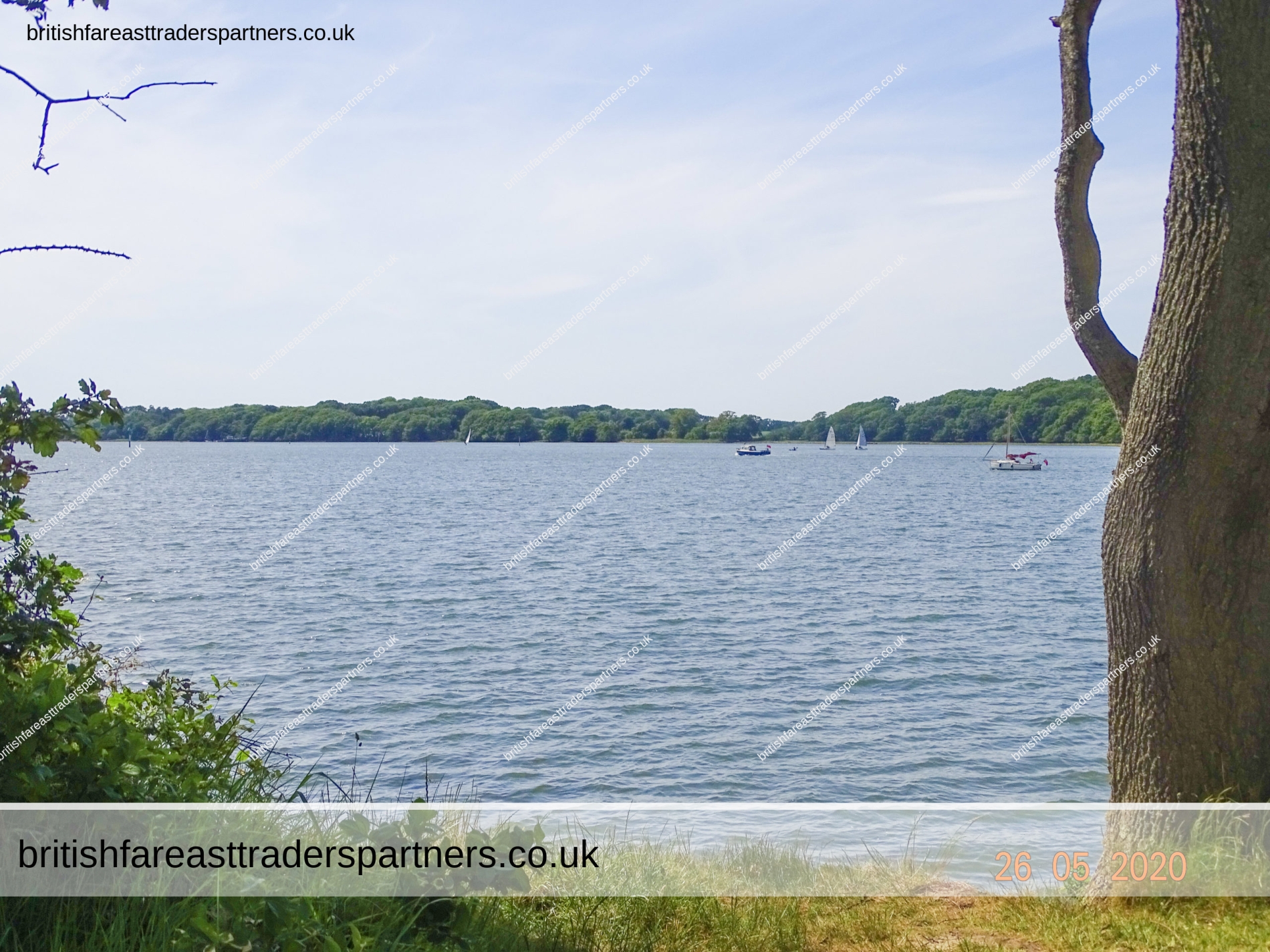
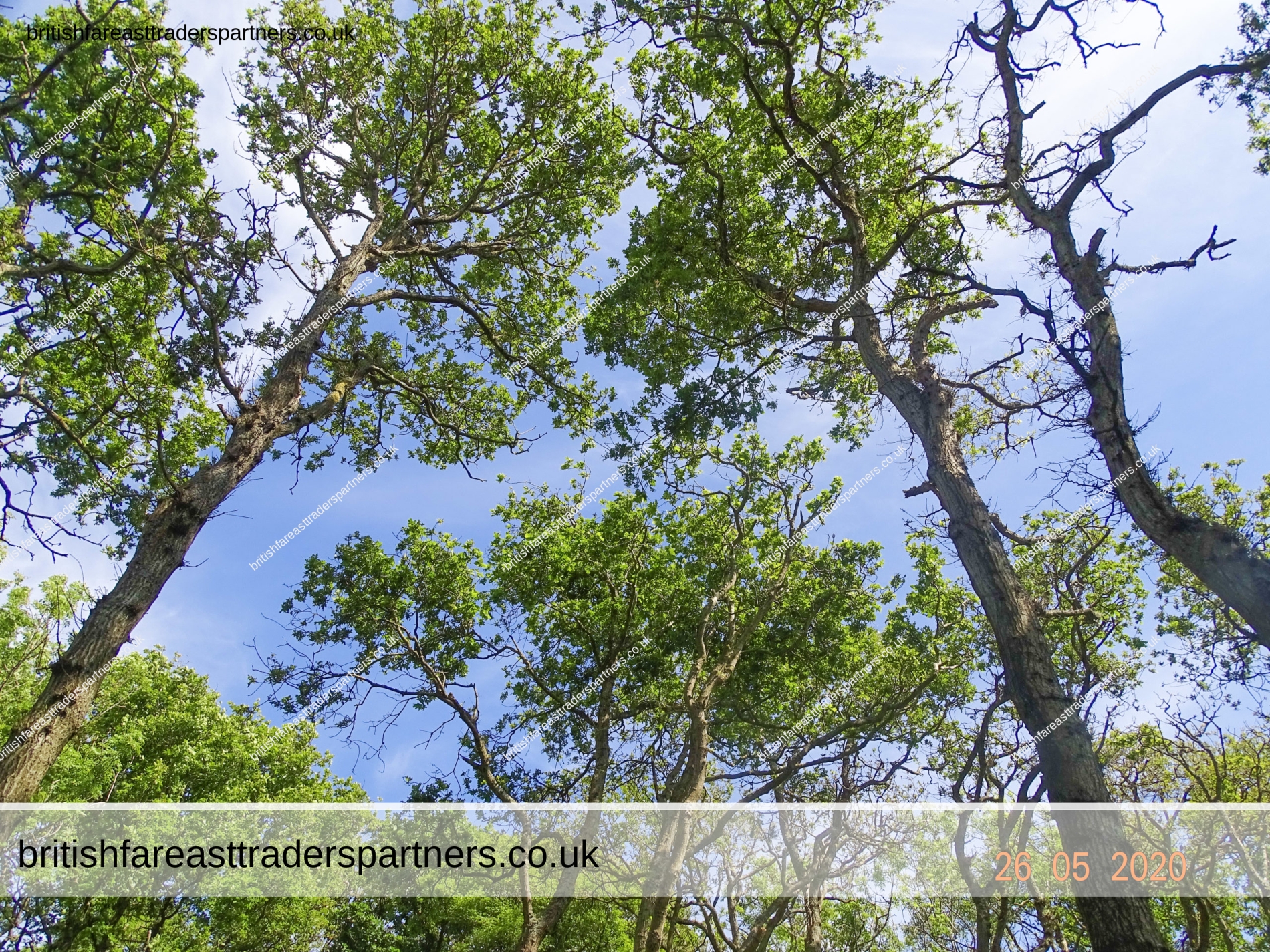
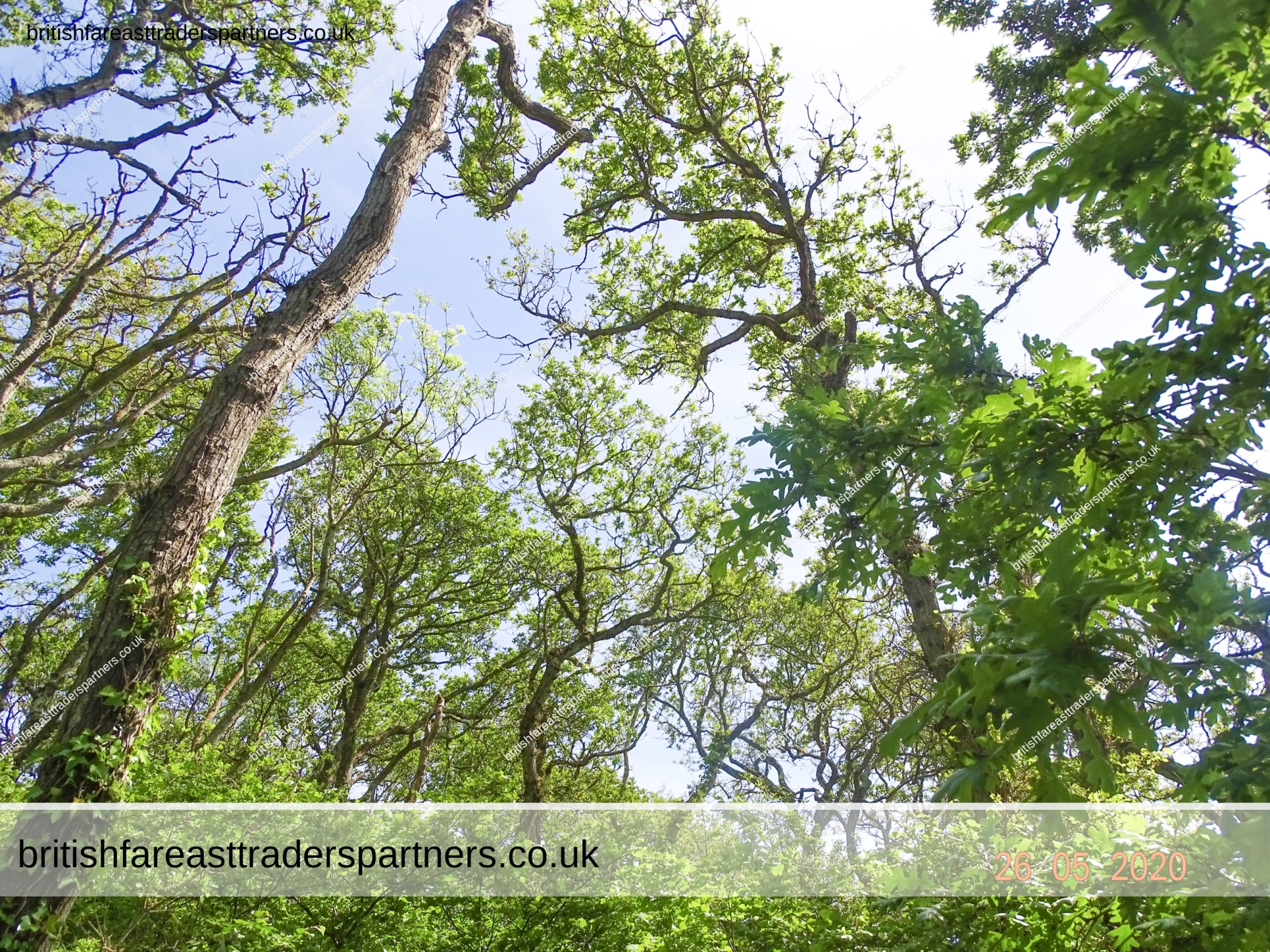
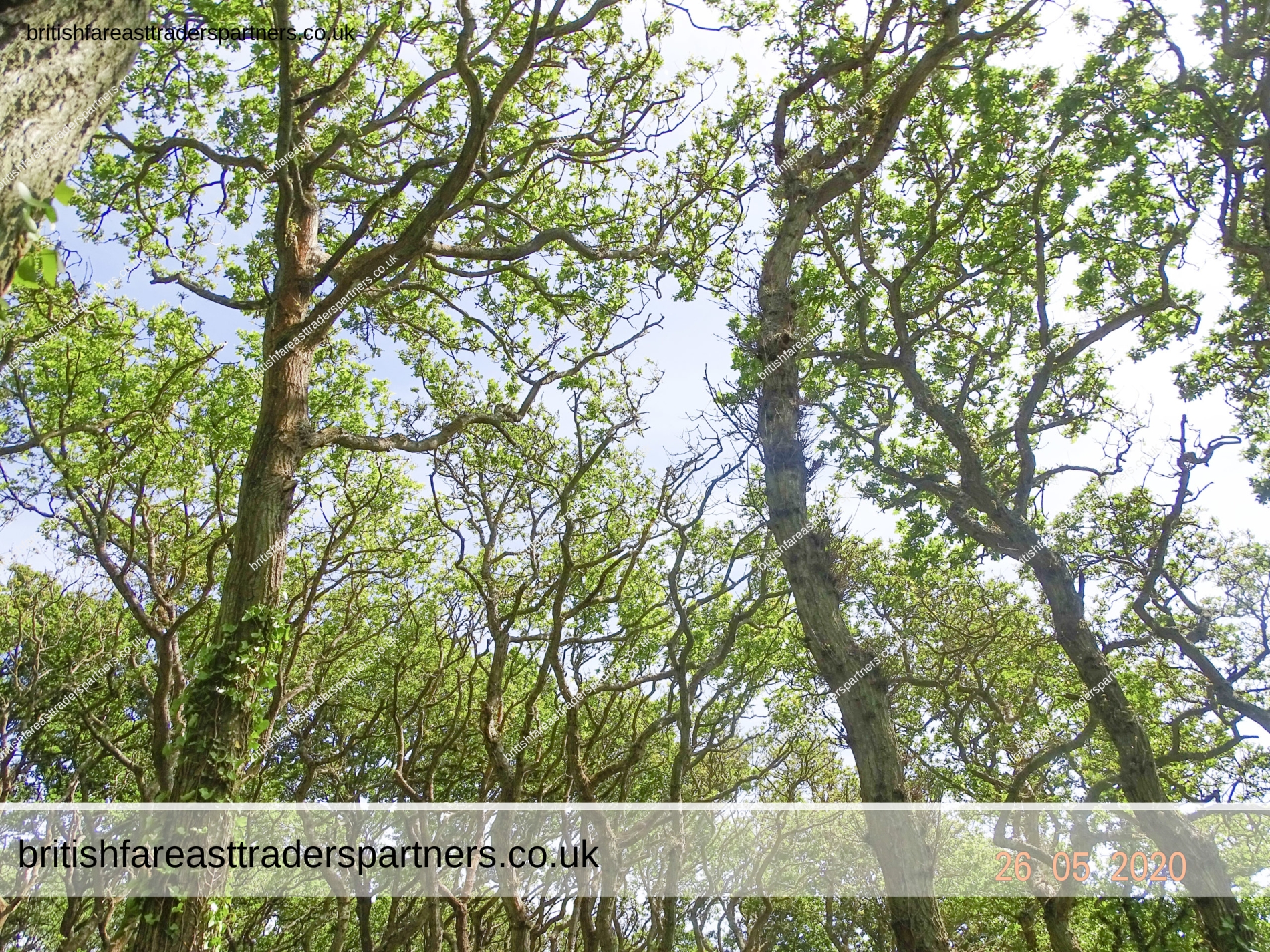
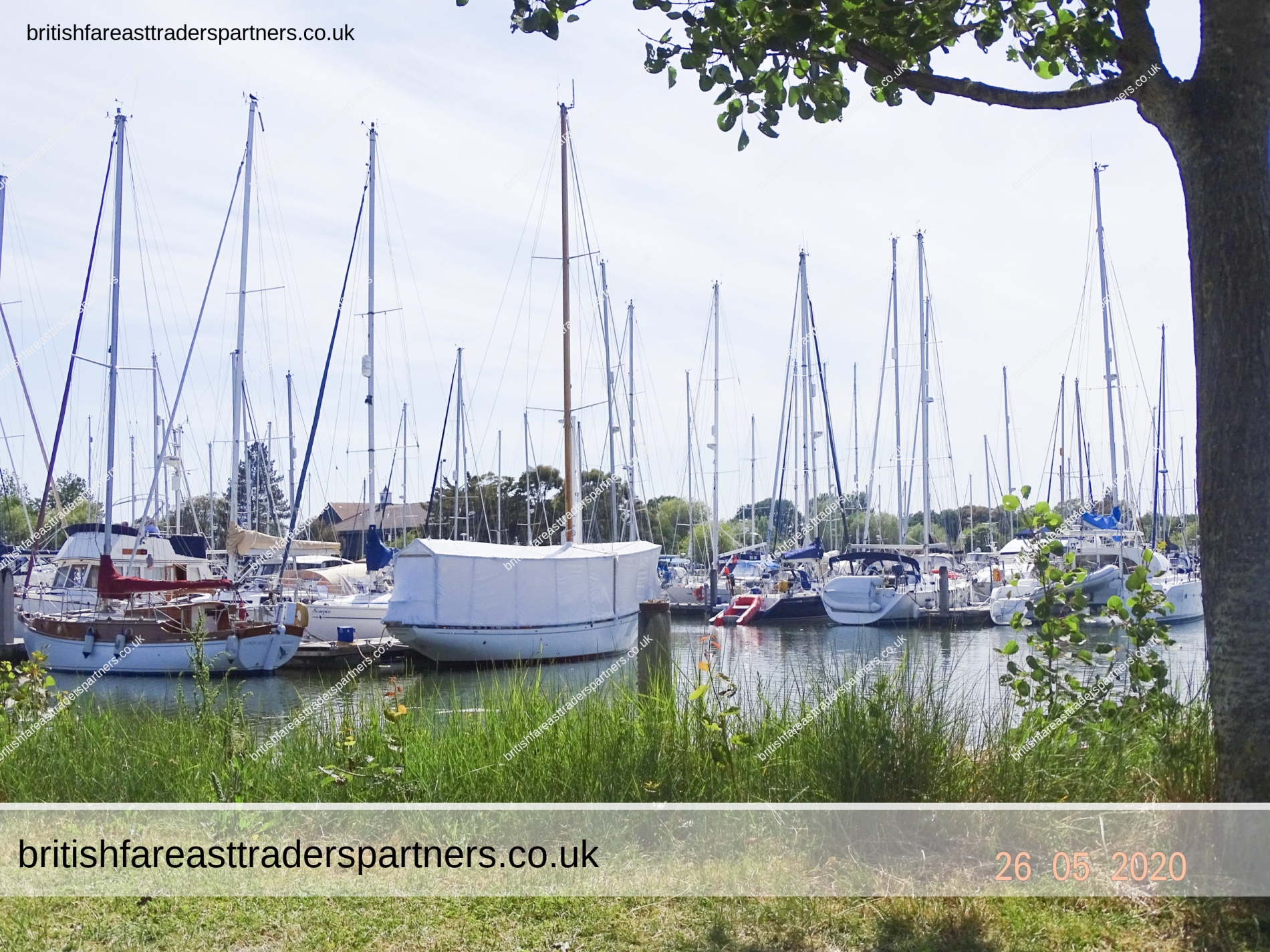
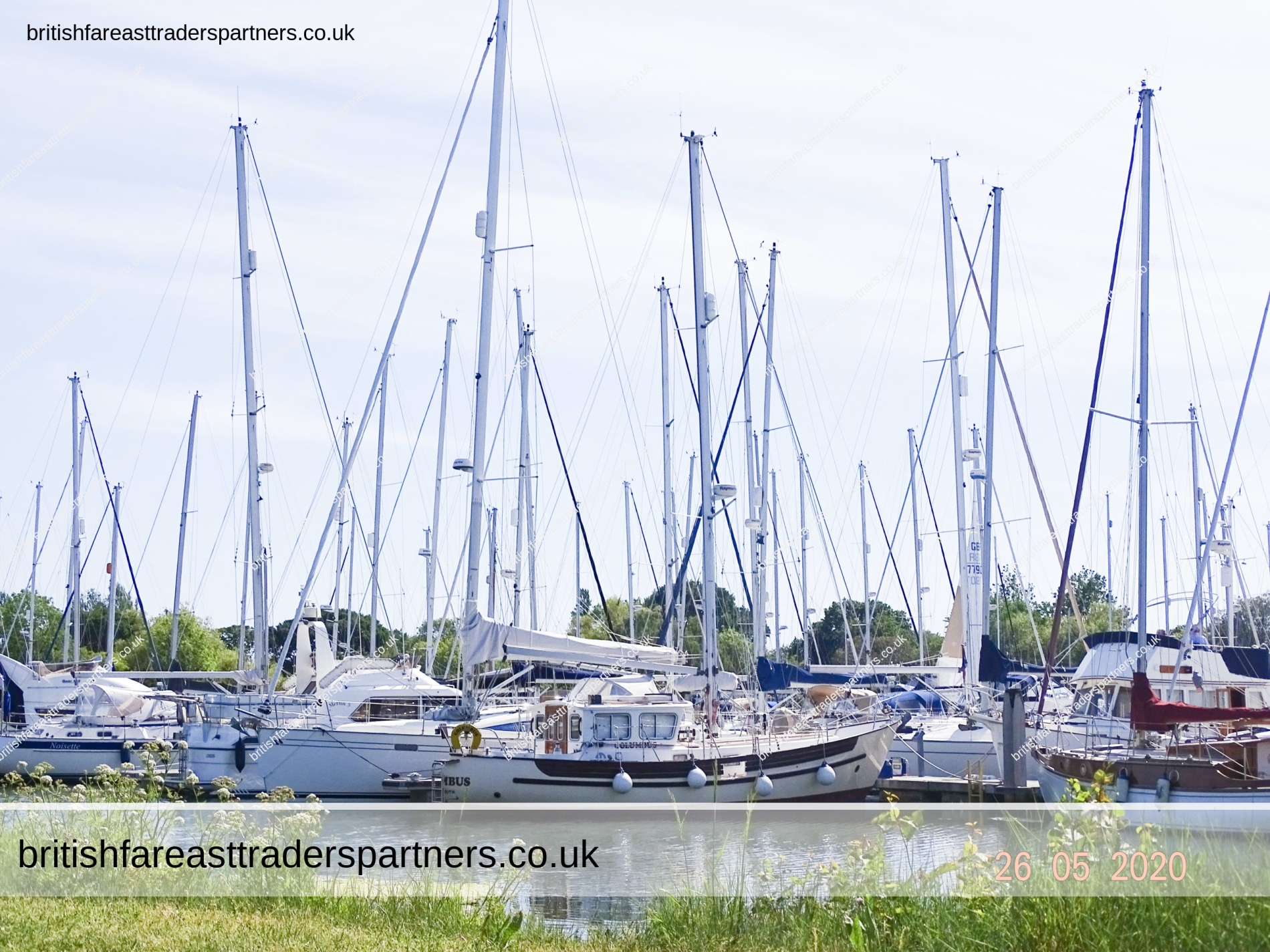
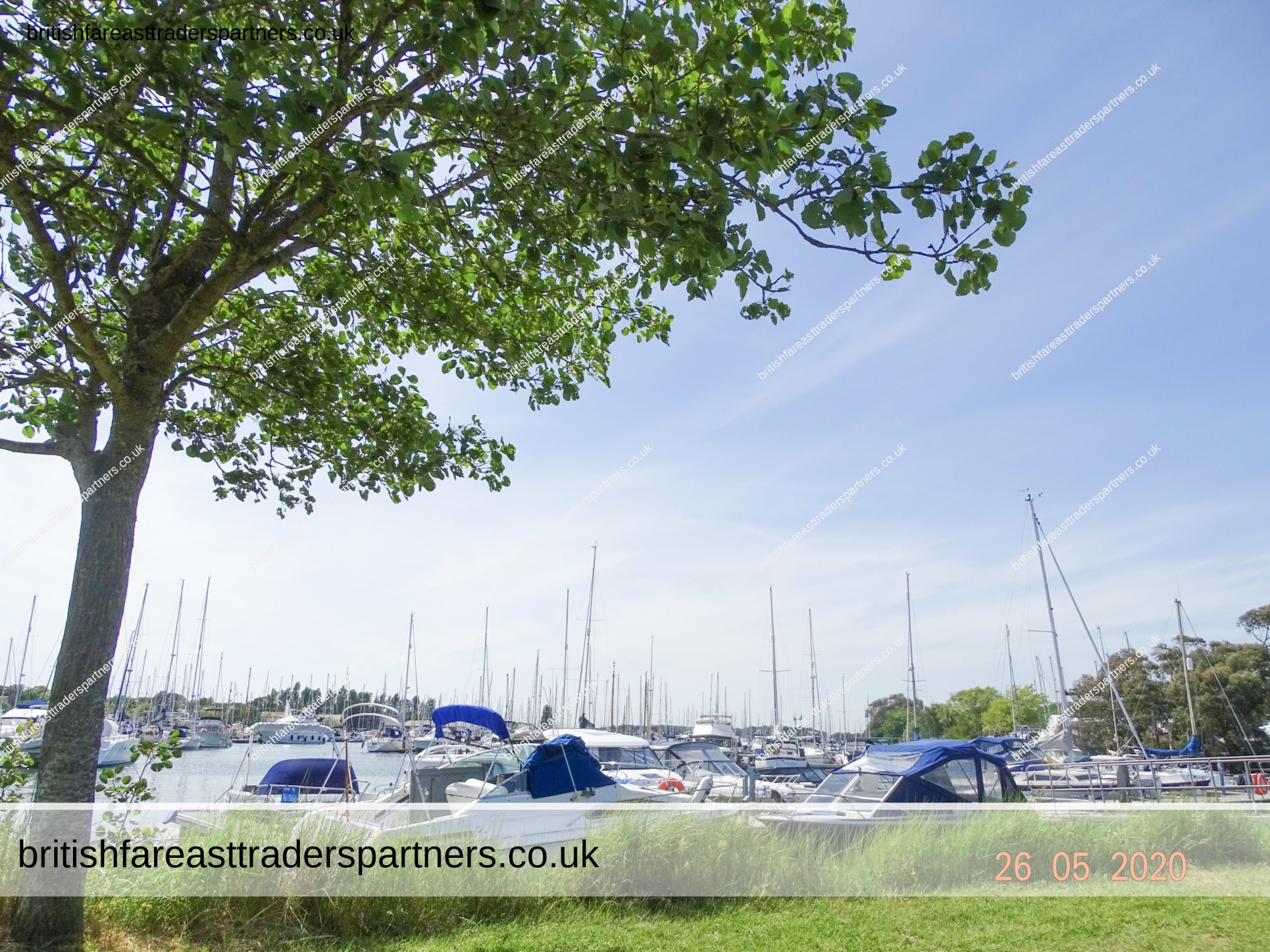
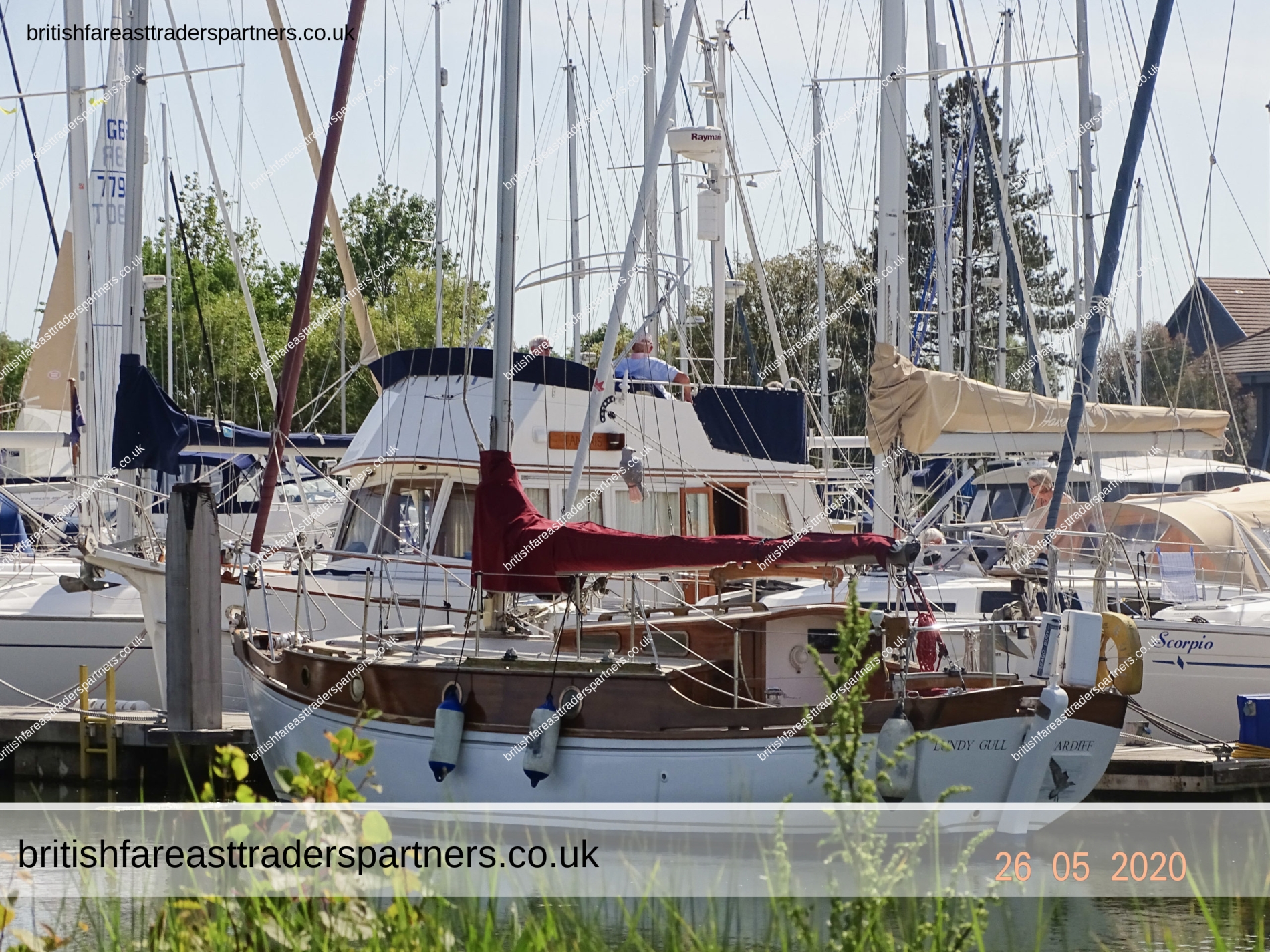
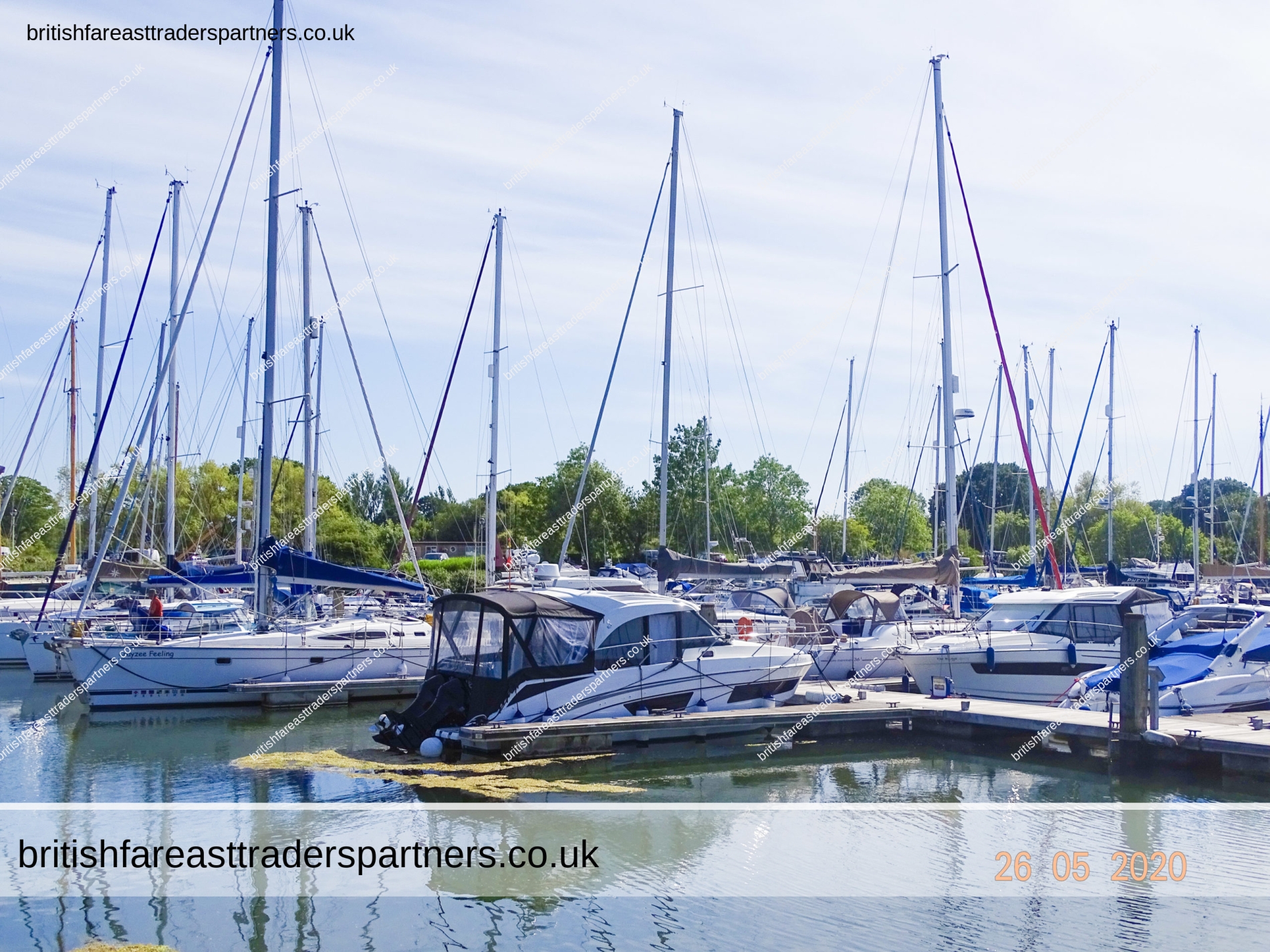
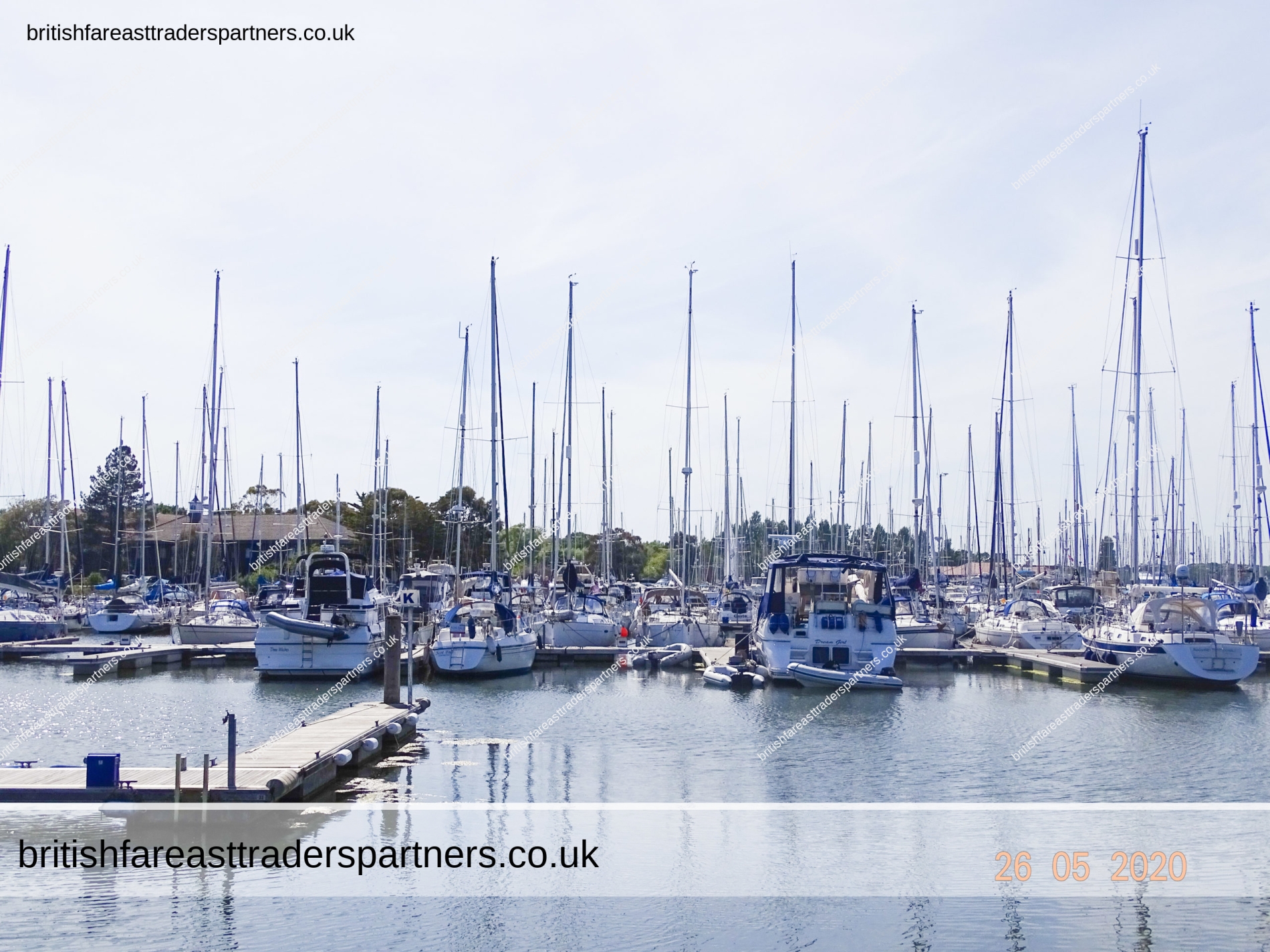

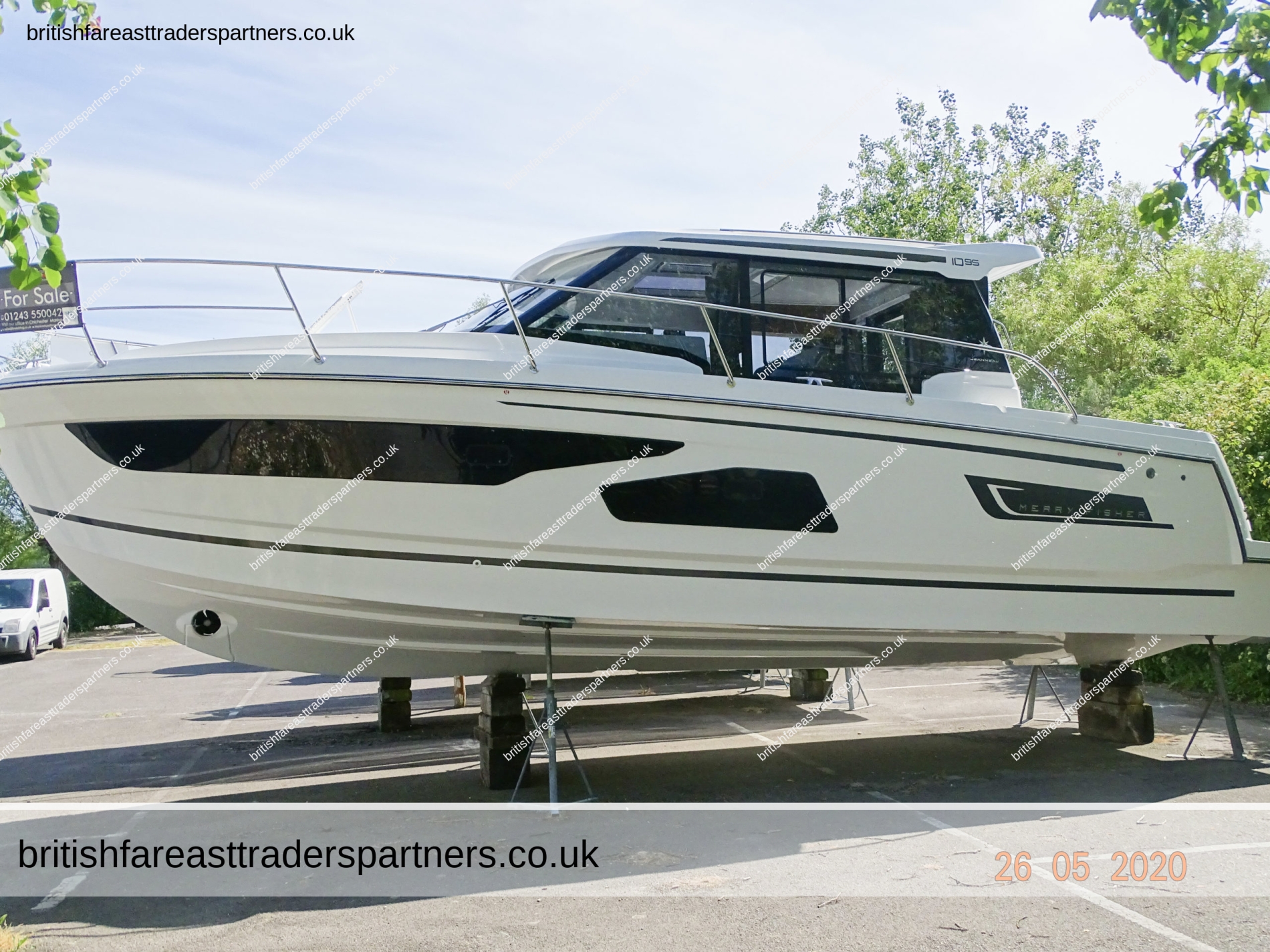
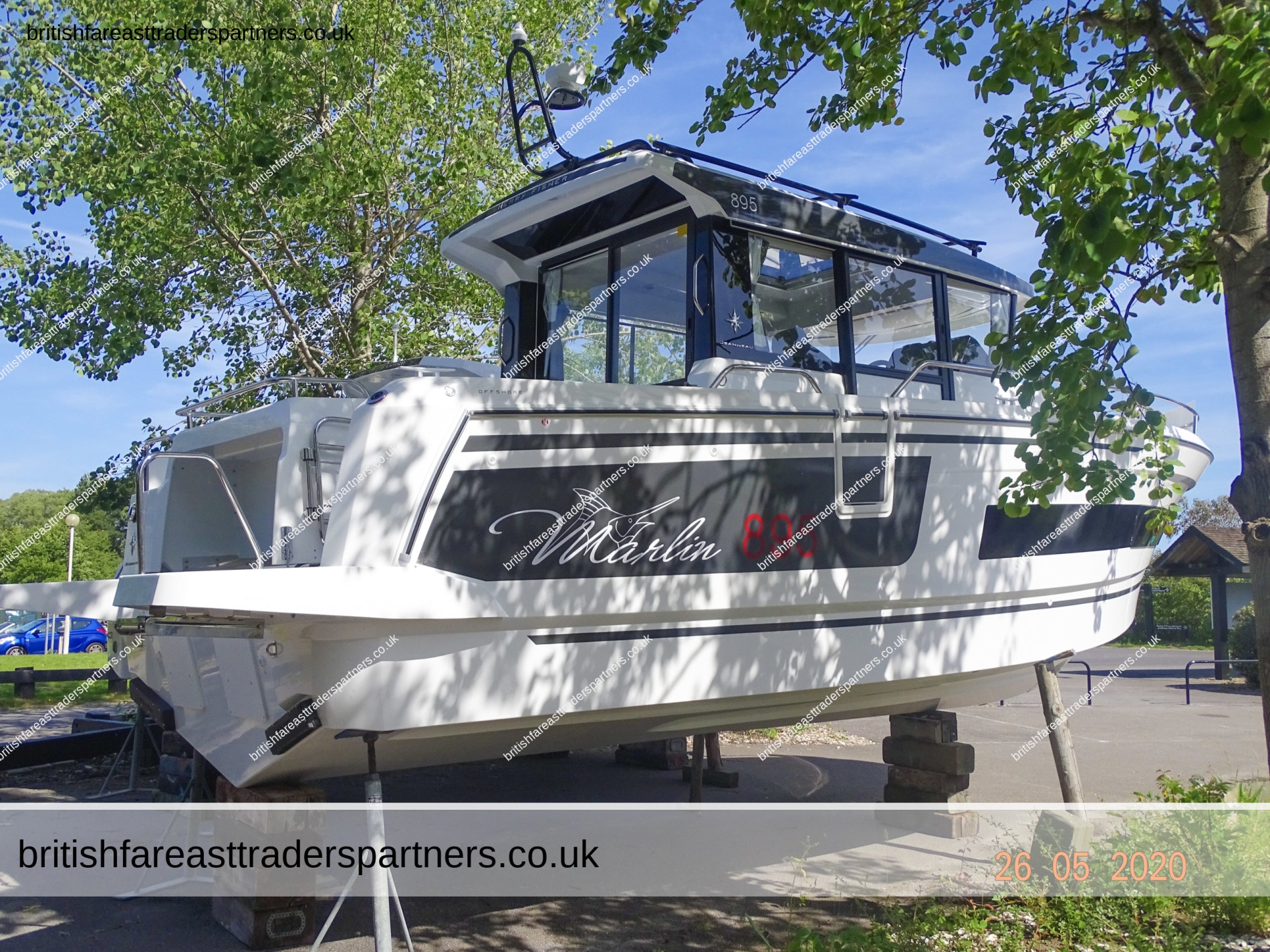
Thank You...
BRITISH & FAR EAST TRADERS LIFESTYLE & SHOPPING BLOG RELATED POSTS:
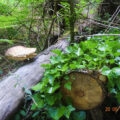 WALKING AND EXPLORING DITCHLING COUNTRY PARK, ENGLAND
WALKING AND EXPLORING DITCHLING COUNTRY PARK, ENGLAND
 FLOWERS
FLOWERS
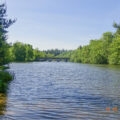 EXPLORING THE VASTNESS & BEAUTY OF WINDSOR ROYAL PARKS IN OLD WINDSOR, ENGLAND
EXPLORING THE VASTNESS & BEAUTY OF WINDSOR ROYAL PARKS IN OLD WINDSOR, ENGLAND
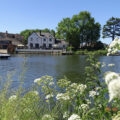 BEAUTIFUL RIVER WALK ALONG THE THAMES: HURST MEADOWS PARK, HAMPTON PARK, & RICHMOND PARK
BEAUTIFUL RIVER WALK ALONG THE THAMES: HURST MEADOWS PARK, HAMPTON PARK, & RICHMOND PARK
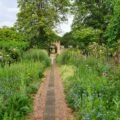 Take a Stroll Through the Picturesque Preston Park & Gardens in Brighton, ENGLAND
Take a Stroll Through the Picturesque Preston Park & Gardens in Brighton, ENGLAND
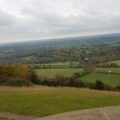 DAYS OUT IN ENGLAND: PICTURESQUE BOXHILL, SURREY, ENGLAND
DAYS OUT IN ENGLAND: PICTURESQUE BOXHILL, SURREY, ENGLAND
 Tranquil Moments by the River: Exploring the Wey and Thames Riverside Walks in Surrey, England 🌿
Tranquil Moments by the River: Exploring the Wey and Thames Riverside Walks in Surrey, England 🌿
 Explore Africa: Your Guide to Tourism & Smart Investment Opportunities
Explore Africa: Your Guide to Tourism & Smart Investment Opportunities
 ENGLAND IN BLOOM: A CELEBRATION OF THE FLORAL BEAUTIES FOUND IN THE UNITED KINGDOM
ENGLAND IN BLOOM: A CELEBRATION OF THE FLORAL BEAUTIES FOUND IN THE UNITED KINGDOM
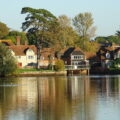 Capturing the Essence of Autumn in Beaulieu: A Photographic Tour Through the New Forest’s Enchanting Village 🍁📷
Capturing the Essence of Autumn in Beaulieu: A Photographic Tour Through the New Forest’s Enchanting Village 🍁📷
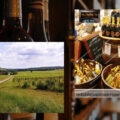 Discover Denbies Wine Estate: Surrey Hills’ Hidden Gem 🍇
Discover Denbies Wine Estate: Surrey Hills’ Hidden Gem 🍇
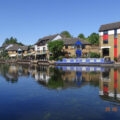 BEAUTIFUL CANAL WALKS IN ENGLAND: GRAND UNION CANAL IN COLNE VALLEY, HARROW, ESSEX
BEAUTIFUL CANAL WALKS IN ENGLAND: GRAND UNION CANAL IN COLNE VALLEY, HARROW, ESSEX
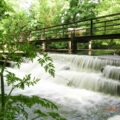 “Discovering Surrey’s Scenic Gems: A Relaxing Afternoon Walk Along the River Wey and Thames”
“Discovering Surrey’s Scenic Gems: A Relaxing Afternoon Walk Along the River Wey and Thames”
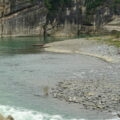 GOVERNOR’S RAPIDS MADDELA, QUIRINO PROVINCE
GOVERNOR’S RAPIDS MADDELA, QUIRINO PROVINCE
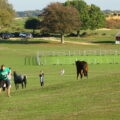 GET READY TO FALL IN LOVE WITH NEW FOREST NATIONAL PARK, ENGLAND
GET READY TO FALL IN LOVE WITH NEW FOREST NATIONAL PARK, ENGLAND
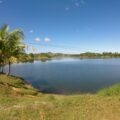 Discovering Talugtug’s Three Dams: Nature & Charm in Nueva Ecija
Discovering Talugtug’s Three Dams: Nature & Charm in Nueva Ecija
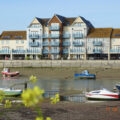 ENJOYING A ROMANTIC EVENING WALK IN SHOREHAM-BY-SEA
ENJOYING A ROMANTIC EVENING WALK IN SHOREHAM-BY-SEA
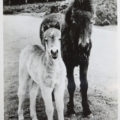 VINTAGE MARE & COLT DARTMOOR ENGLAND PUBLISHED BY KENNETH E. RUTH, ASHBURTON Postcard COLLECTABLE SOUVENIR TRAVEL / HOLIDAY ANIMALS TOPOGRAPHICAL
VINTAGE MARE & COLT DARTMOOR ENGLAND PUBLISHED BY KENNETH E. RUTH, ASHBURTON Postcard COLLECTABLE SOUVENIR TRAVEL / HOLIDAY ANIMALS TOPOGRAPHICAL
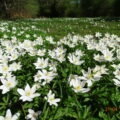 A WALK IN THE WOODS WITH A BURST OF SPRING FLOWERS
A WALK IN THE WOODS WITH A BURST OF SPRING FLOWERS
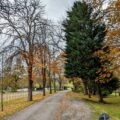 St. George’s Park: Timeless Retreat for the Elderly
St. George’s Park: Timeless Retreat for the Elderly
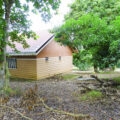 “Unlock the Potential of Quirino Province in the Philippines: 7 Hectare Farm For Sale with Poultry Breeding Facility and More”
“Unlock the Potential of Quirino Province in the Philippines: 7 Hectare Farm For Sale with Poultry Breeding Facility and More”
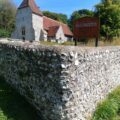 “Discovering the Beauty and Heritage of Sussex: A Zen Walk from Friston Forest to Cuckmere Haven”
“Discovering the Beauty and Heritage of Sussex: A Zen Walk from Friston Forest to Cuckmere Haven”
 ENJOYING THE SIGHT OF SOME FEW FEATHERY FRIENDS DURING THE LOCKDOWN
ENJOYING THE SIGHT OF SOME FEW FEATHERY FRIENDS DURING THE LOCKDOWN
 OUT FOR A MORNING WALK: APPRECIATING THE NATURAL WORLD AROUND US
OUT FOR A MORNING WALK: APPRECIATING THE NATURAL WORLD AROUND US
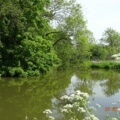 WALKING AROUND OUSE VALLEY AND PLUMPTON, SUSSEX, ENGLAND
WALKING AROUND OUSE VALLEY AND PLUMPTON, SUSSEX, ENGLAND
 EXPLORING BLUNTS WOOD and PAIGES MEADOW in HAYWARDS HEATH, WEST SUSSEX, ENGLAND
EXPLORING BLUNTS WOOD and PAIGES MEADOW in HAYWARDS HEATH, WEST SUSSEX, ENGLAND
 Melt Your Stress Away and Find Peace at the Dariok Hills in Balintocatoc, SANTIAGO CITY
Melt Your Stress Away and Find Peace at the Dariok Hills in Balintocatoc, SANTIAGO CITY
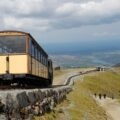 Mount Snowdon, Snowdonia, North Wales: One of Britain’s 100 Favourite Walks!
Mount Snowdon, Snowdonia, North Wales: One of Britain’s 100 Favourite Walks!
 AT ONE WITH NATURE: AN AFTERNOON WALK IN SPRINGTIME
AT ONE WITH NATURE: AN AFTERNOON WALK IN SPRINGTIME
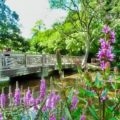 BEAUTIFUL CANAL & PARK WALKS IN ENGLAND: GRAND UNION CANAL & CASSIOBURY PARK IN WATFORD |190 acres of Open Grass and Woodland with Sports Facilities, Kids’ Attractions and a Nature Reserve
BEAUTIFUL CANAL & PARK WALKS IN ENGLAND: GRAND UNION CANAL & CASSIOBURY PARK IN WATFORD |190 acres of Open Grass and Woodland with Sports Facilities, Kids’ Attractions and a Nature Reserve
